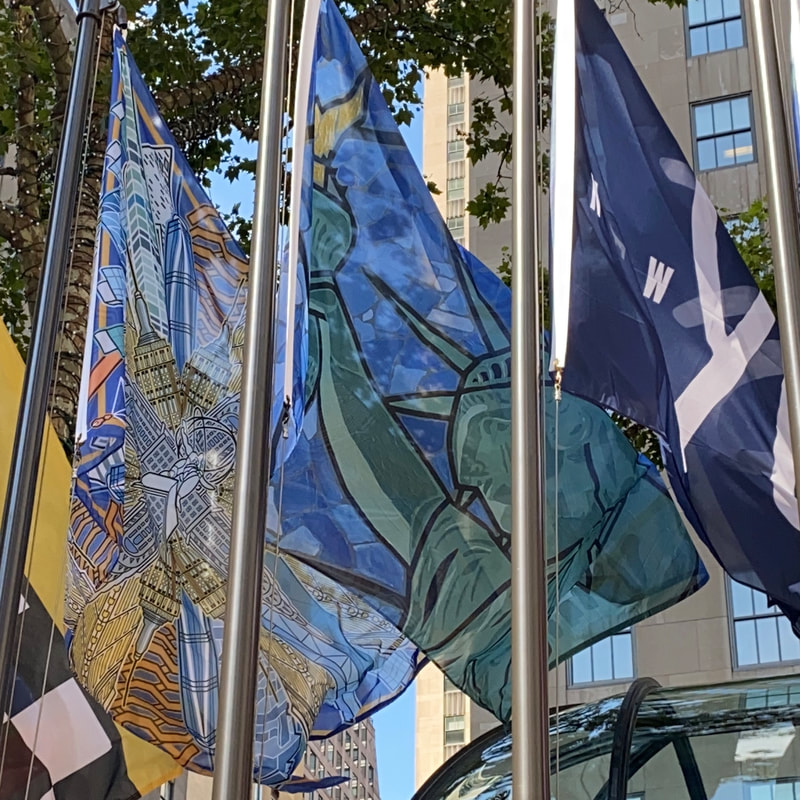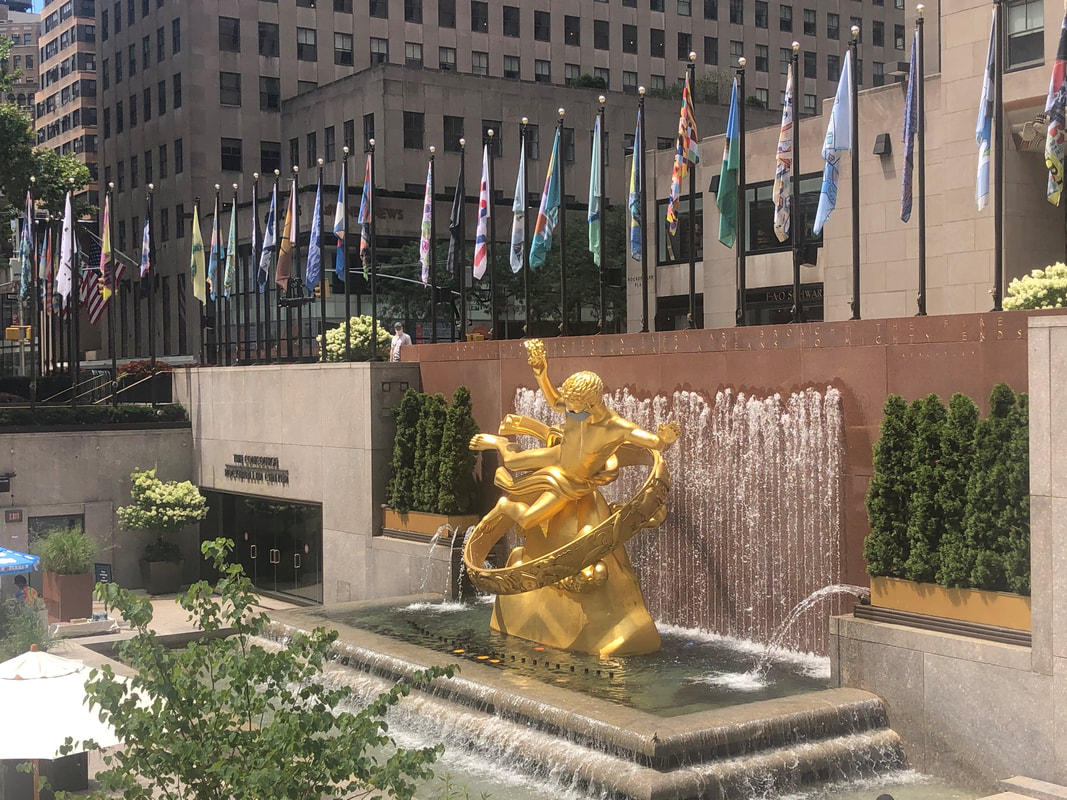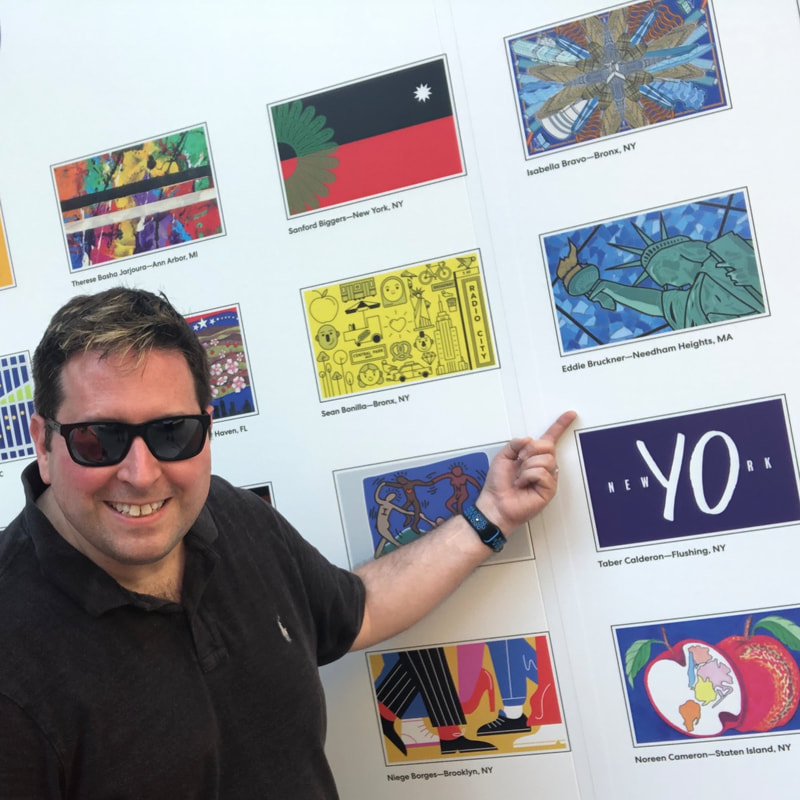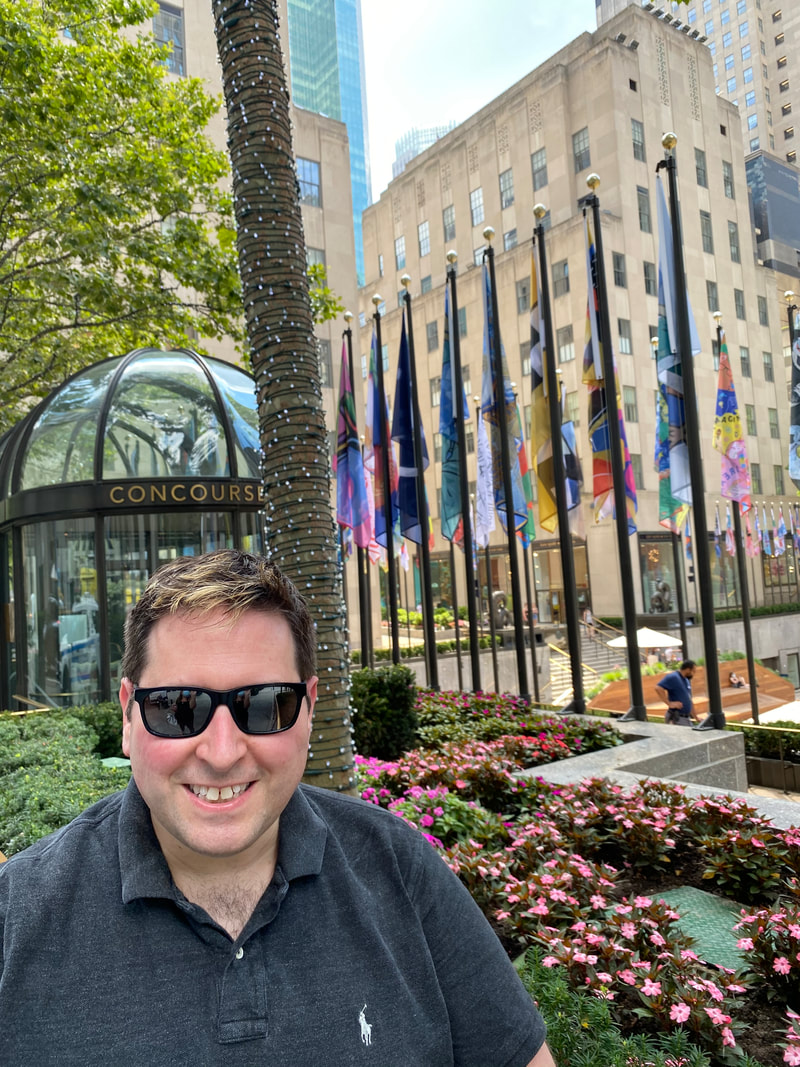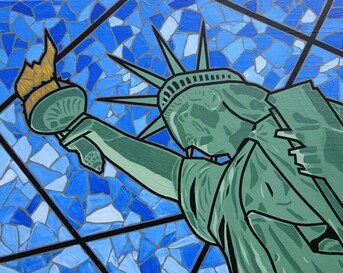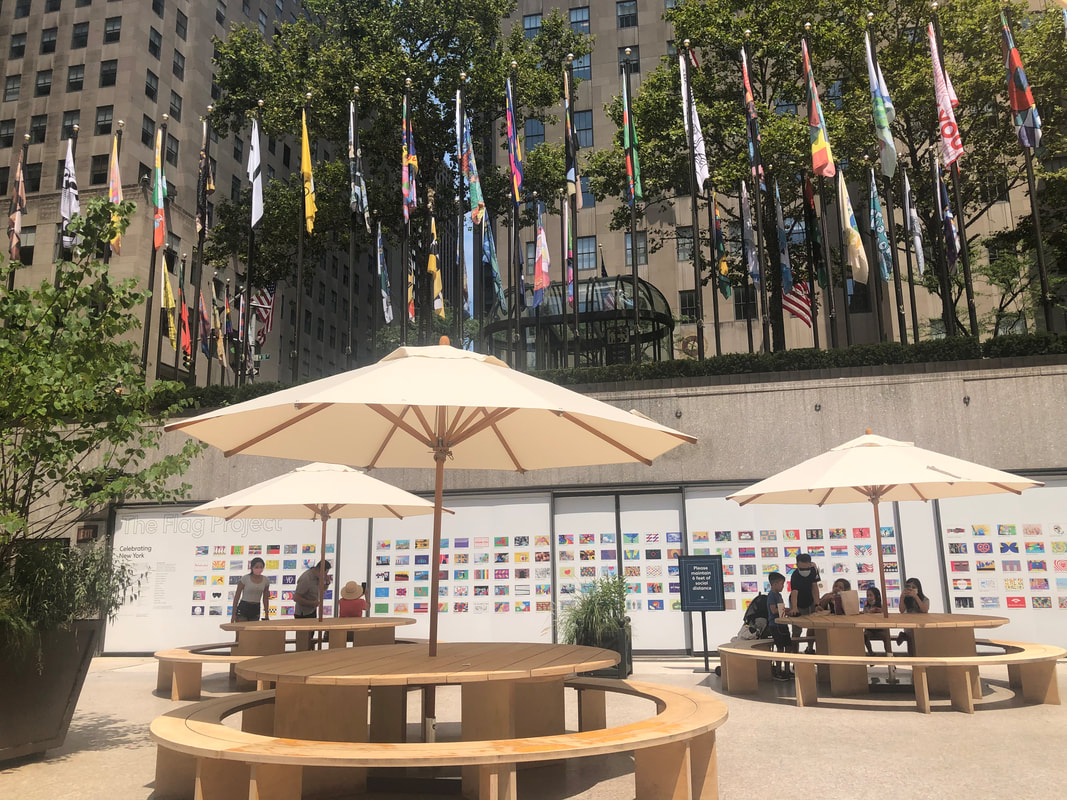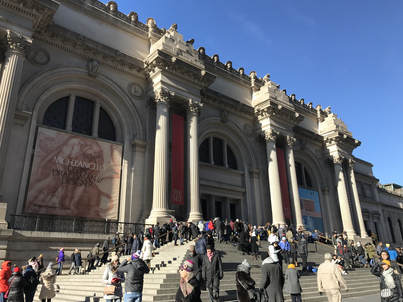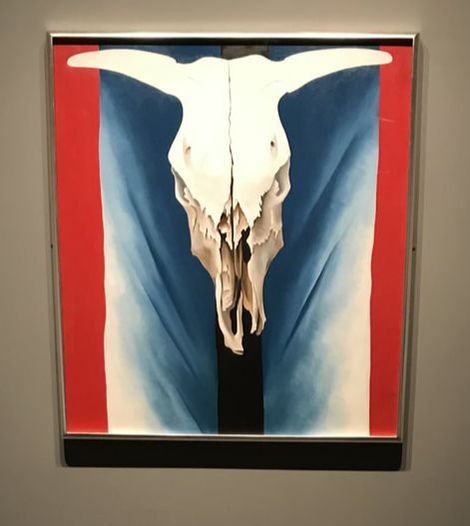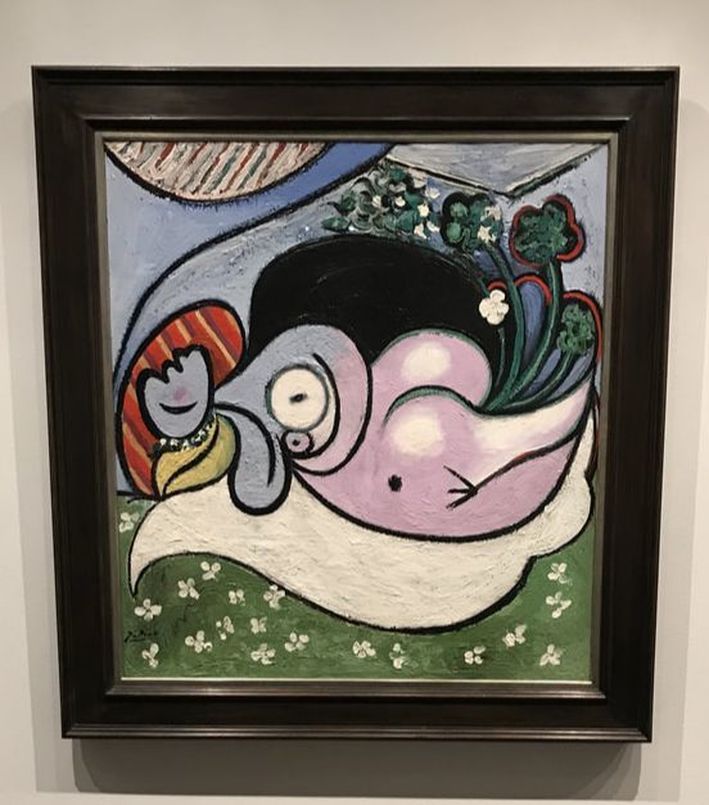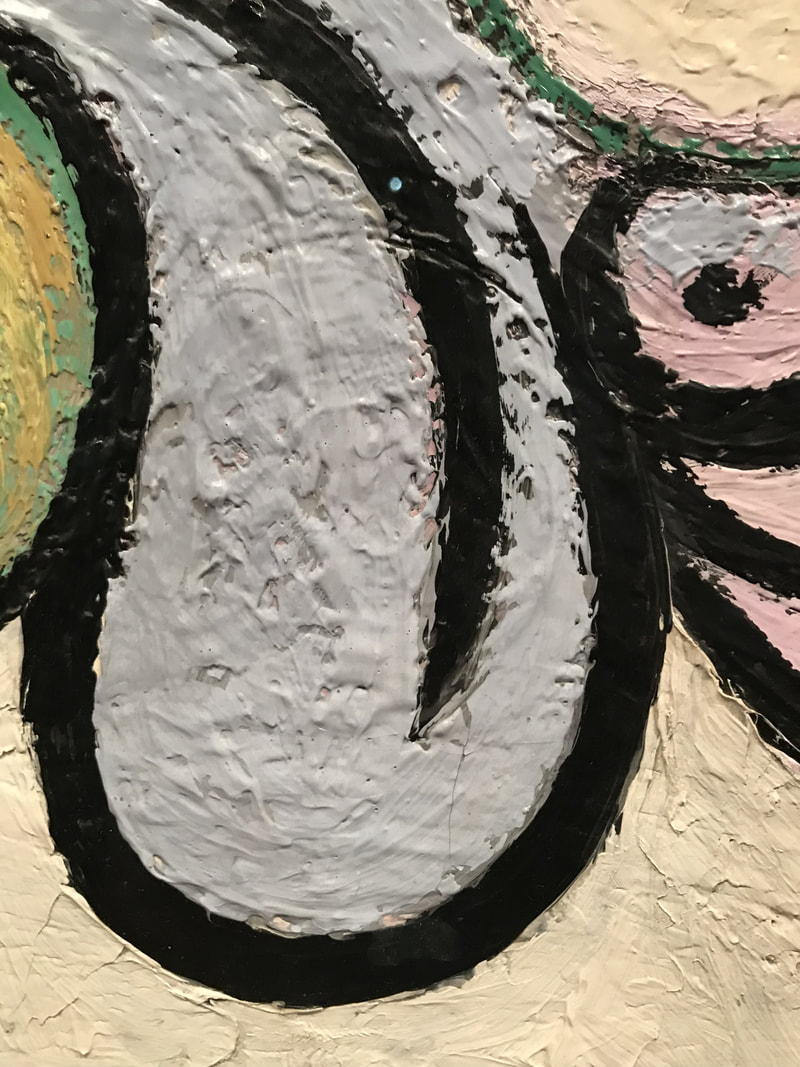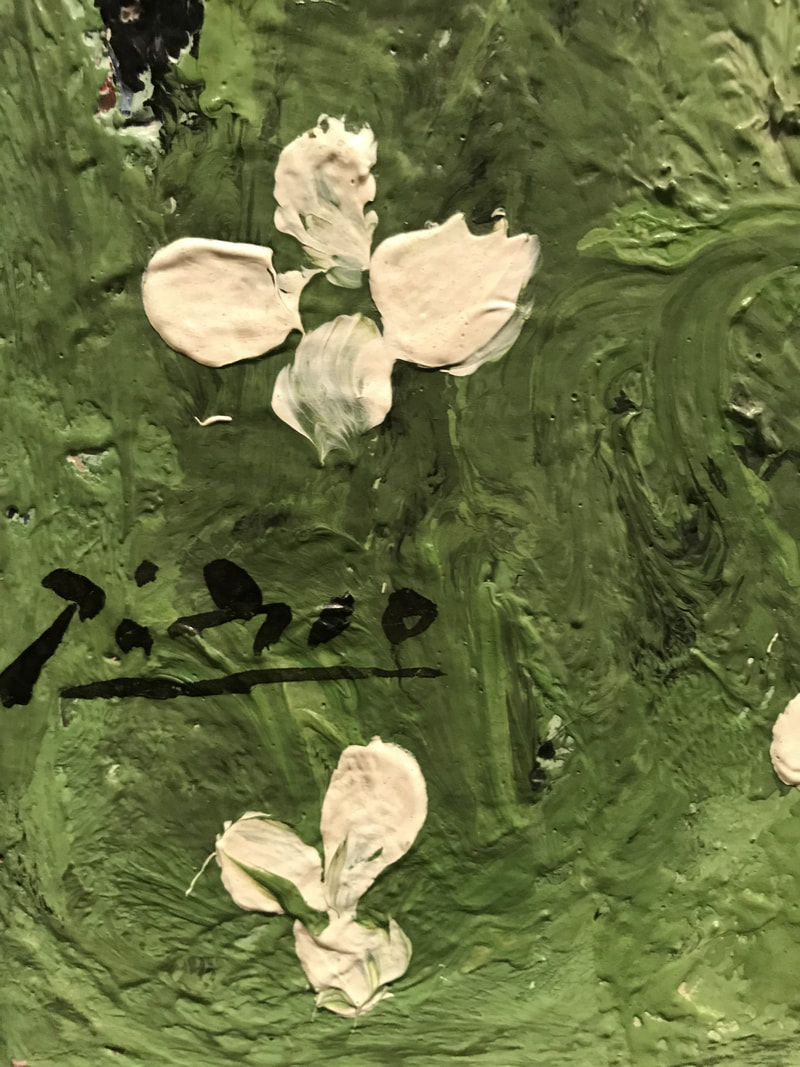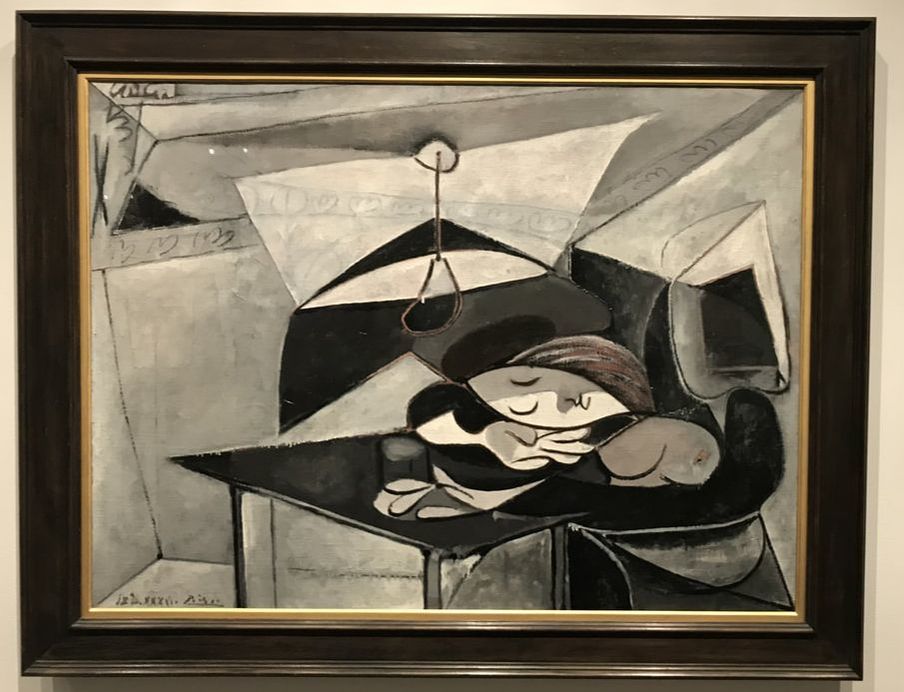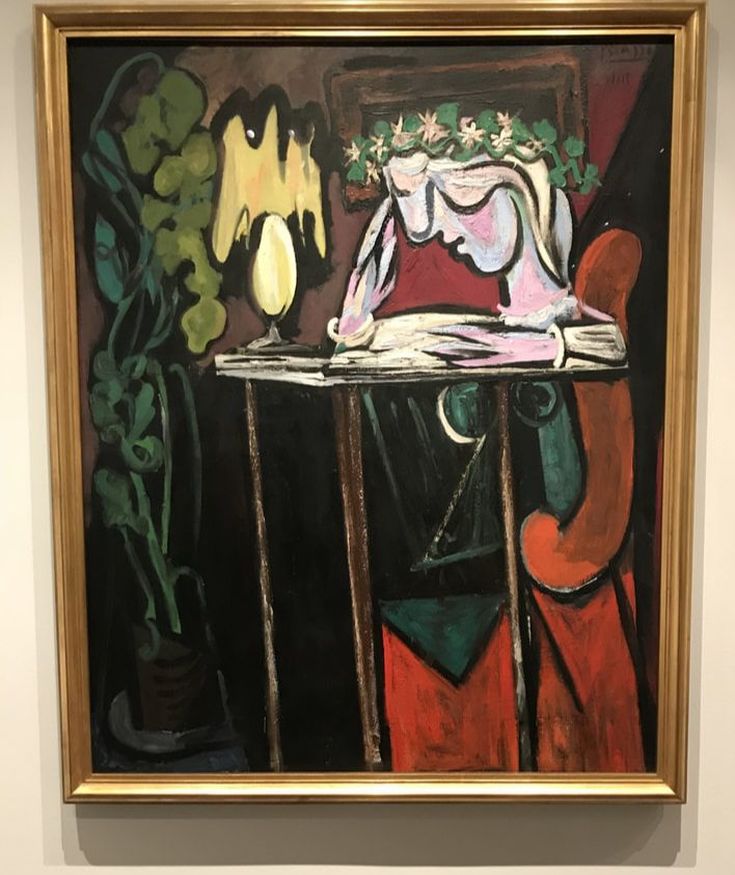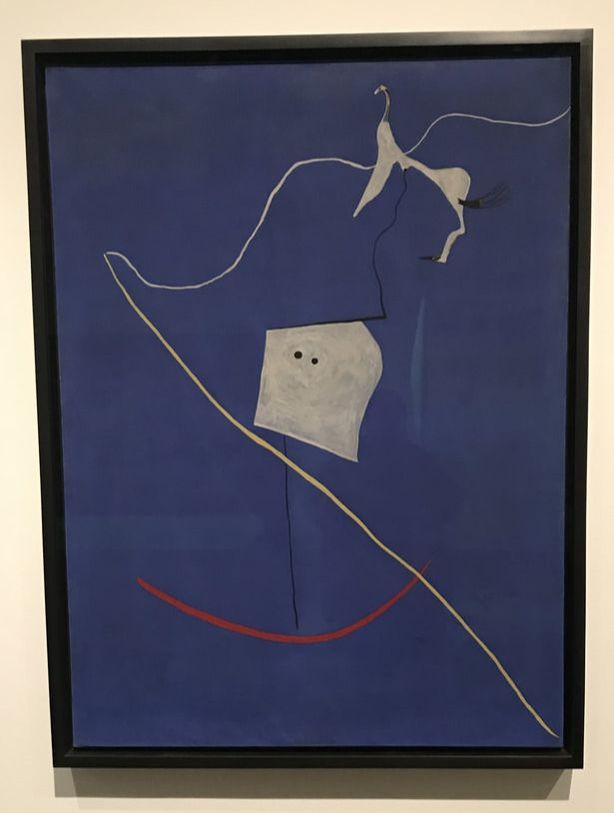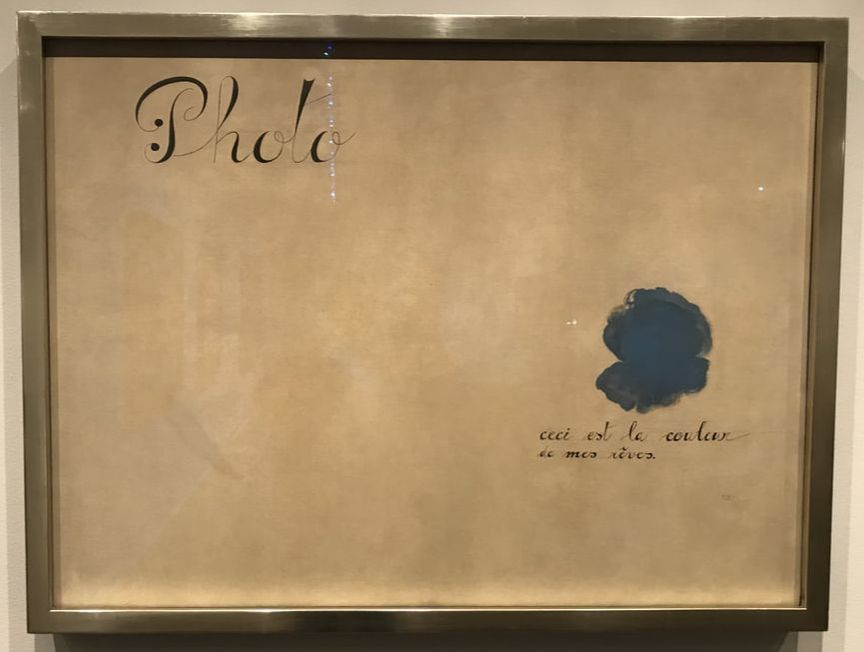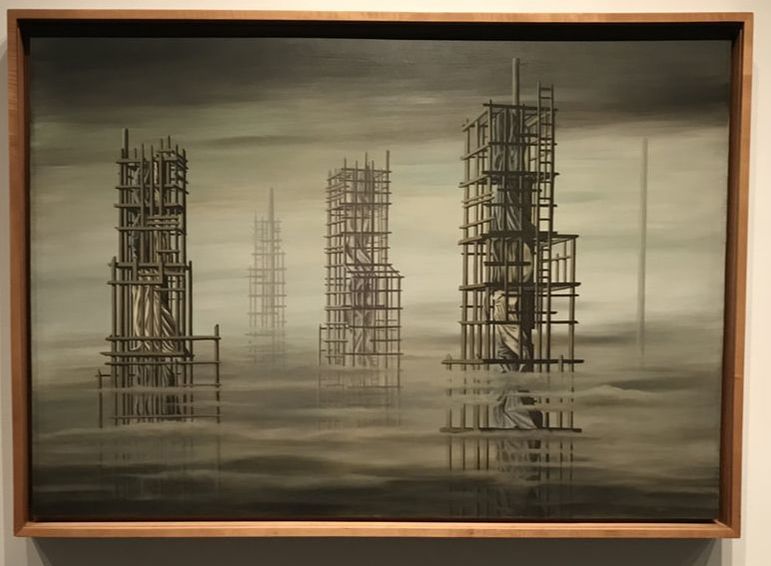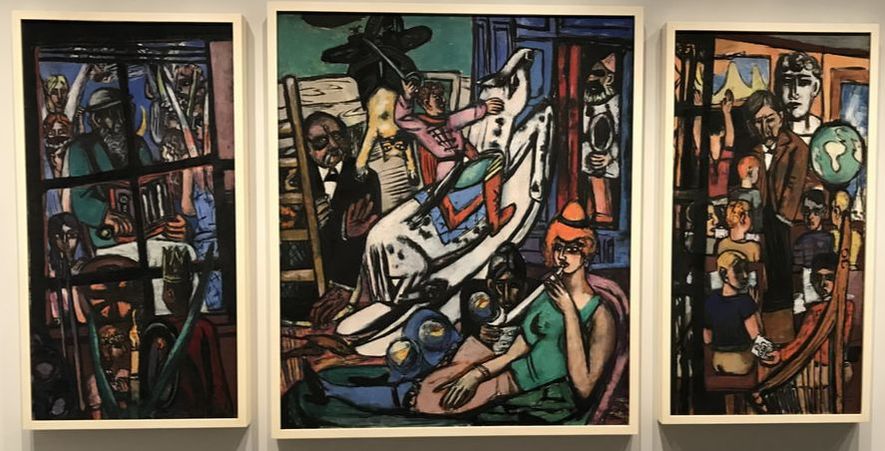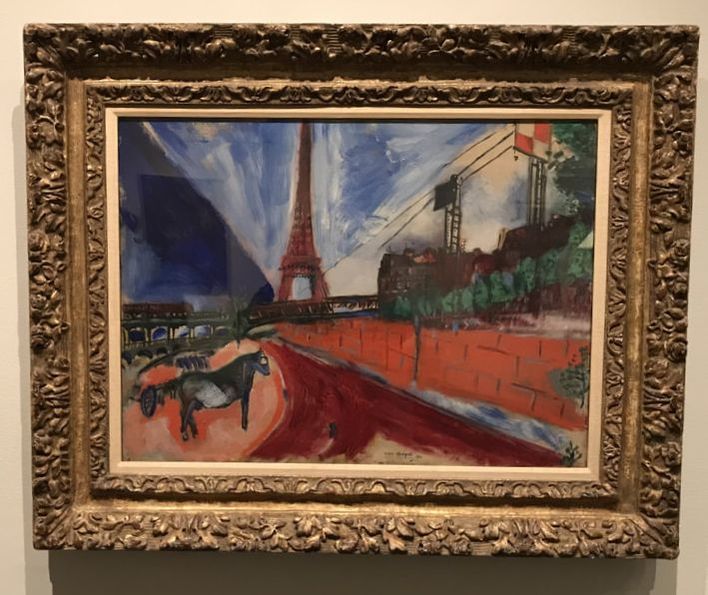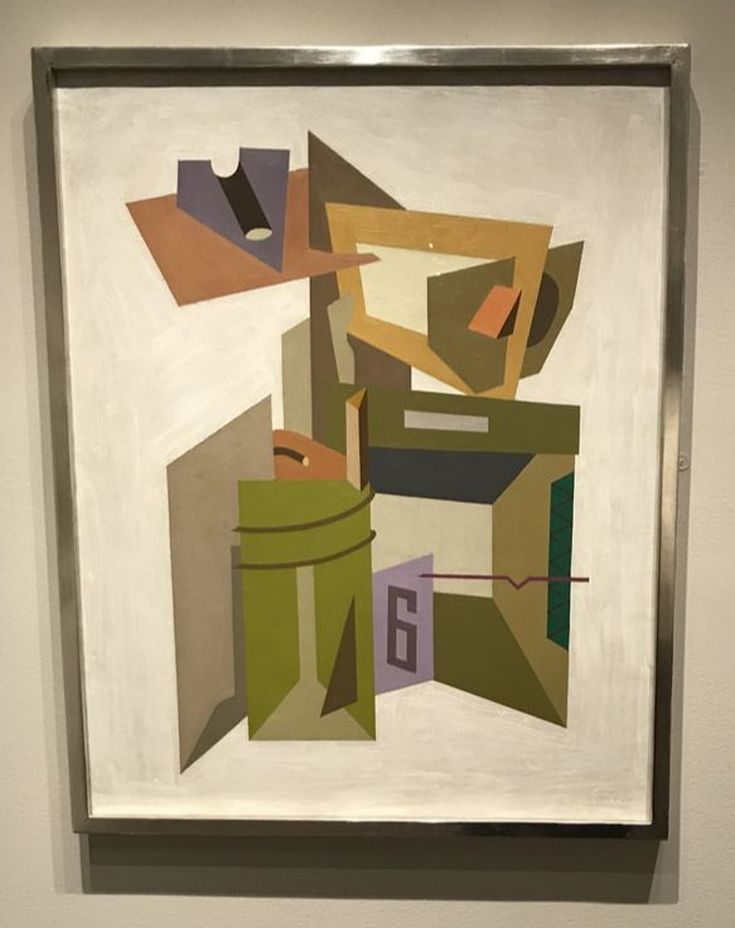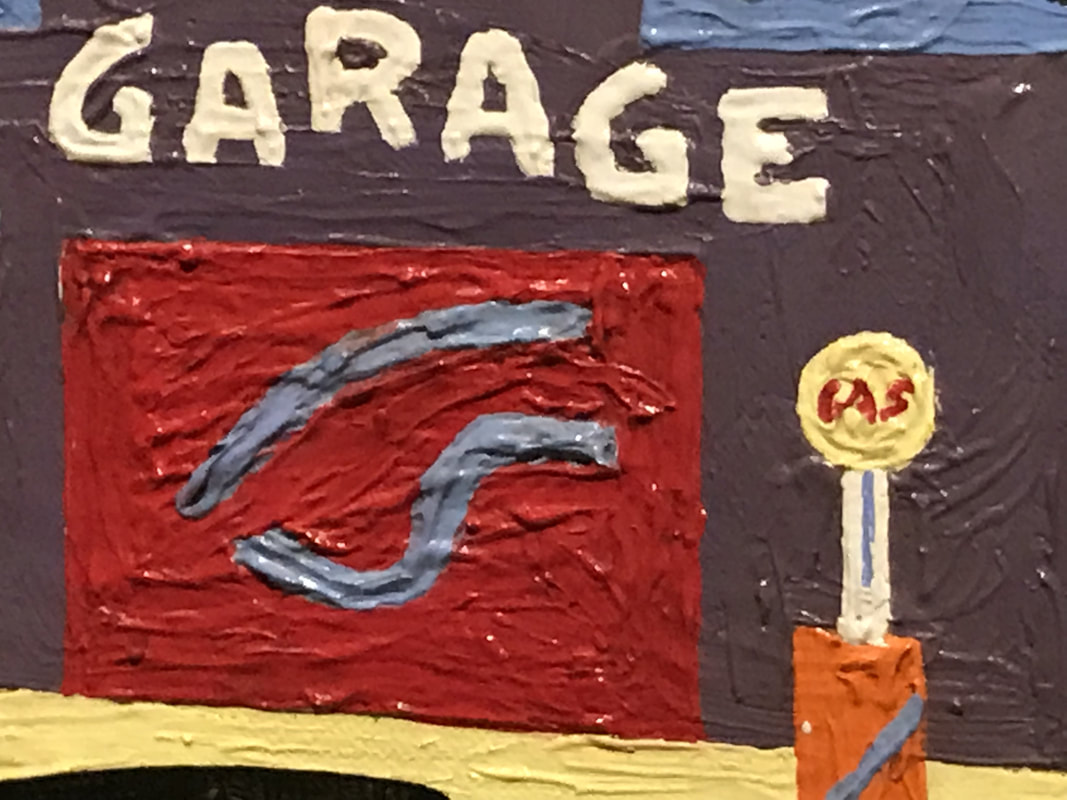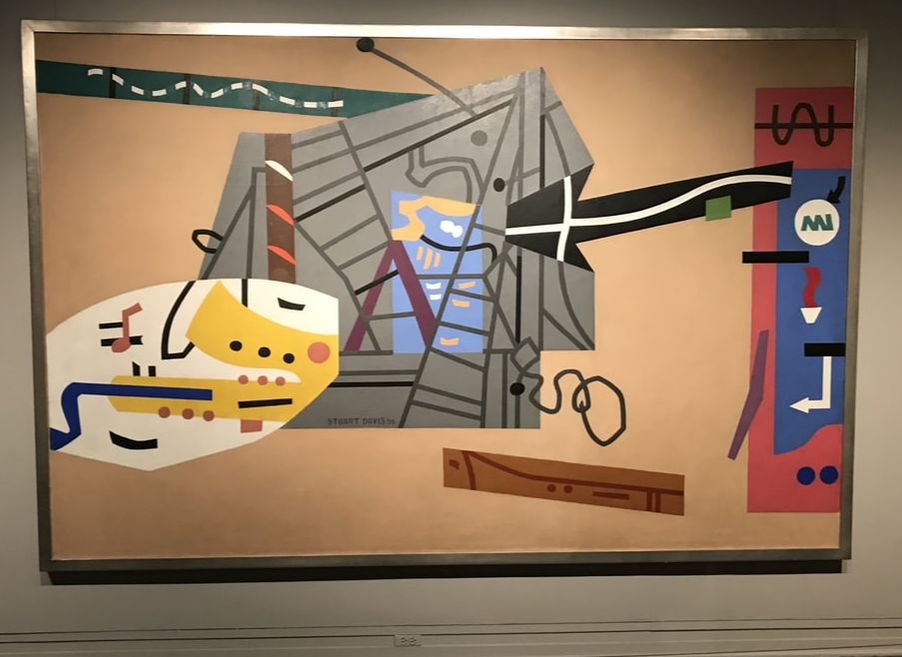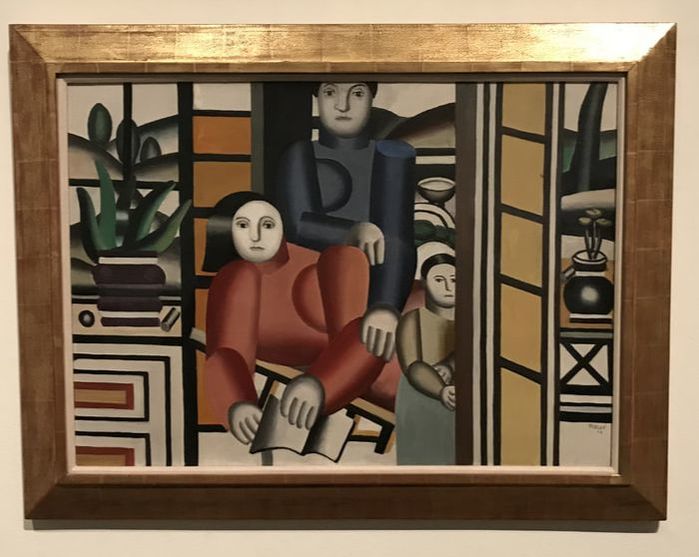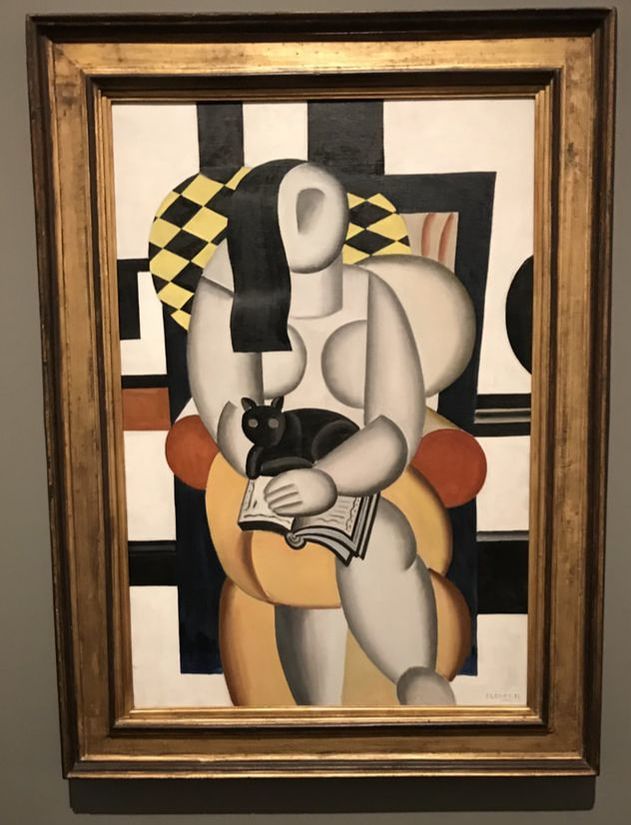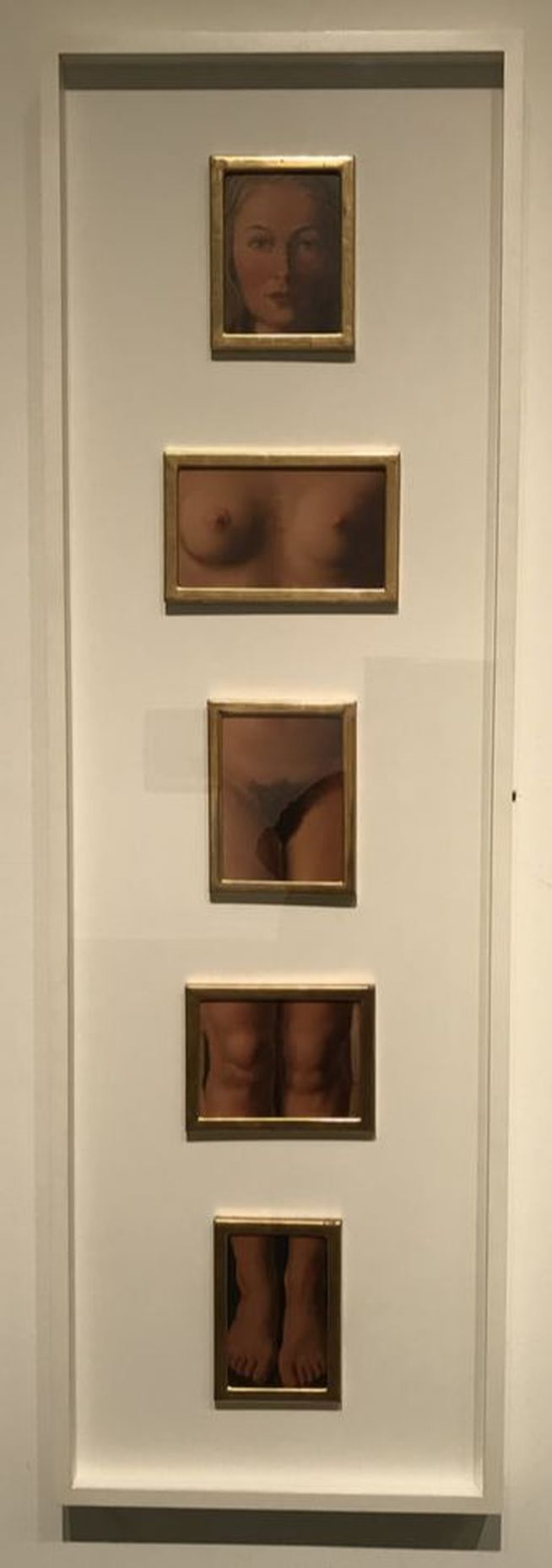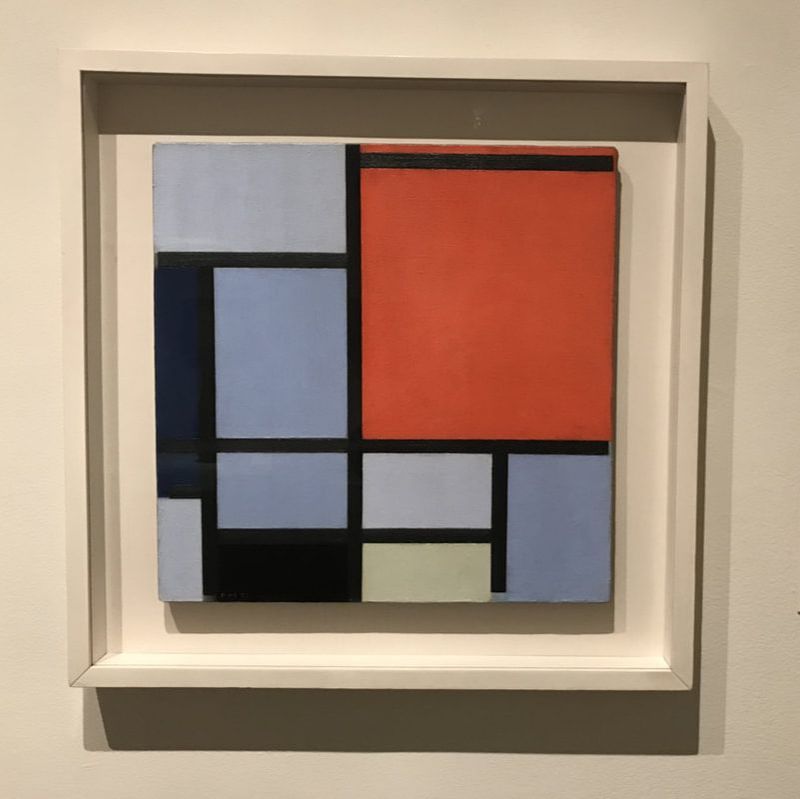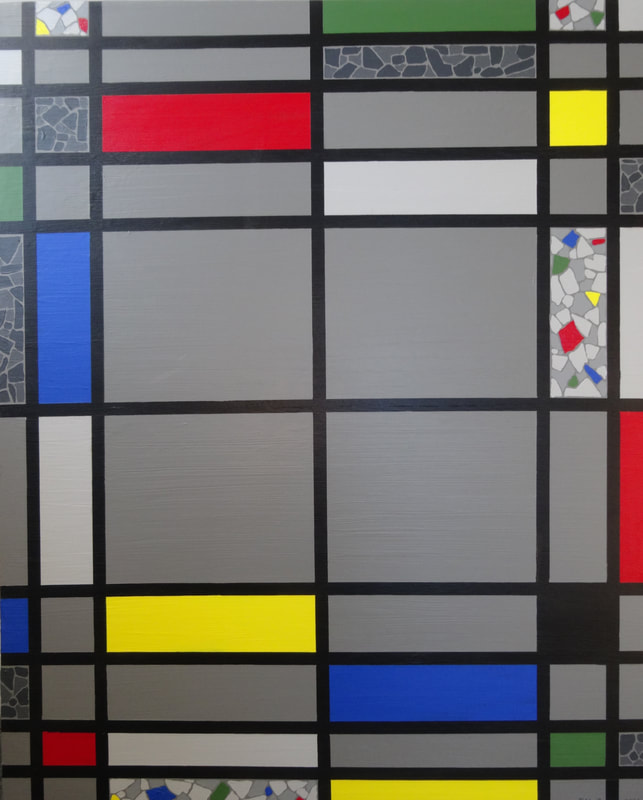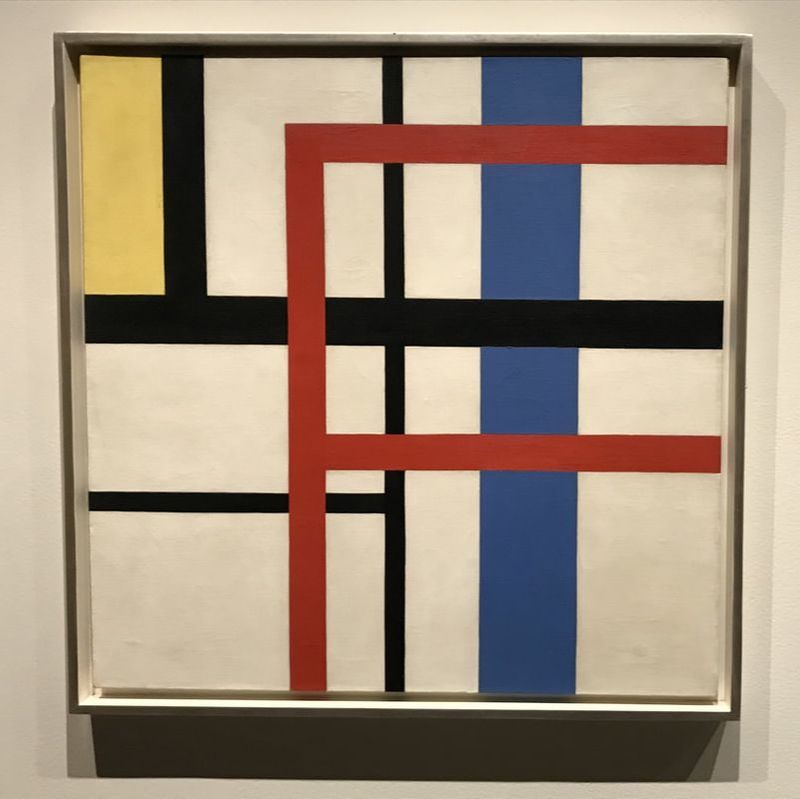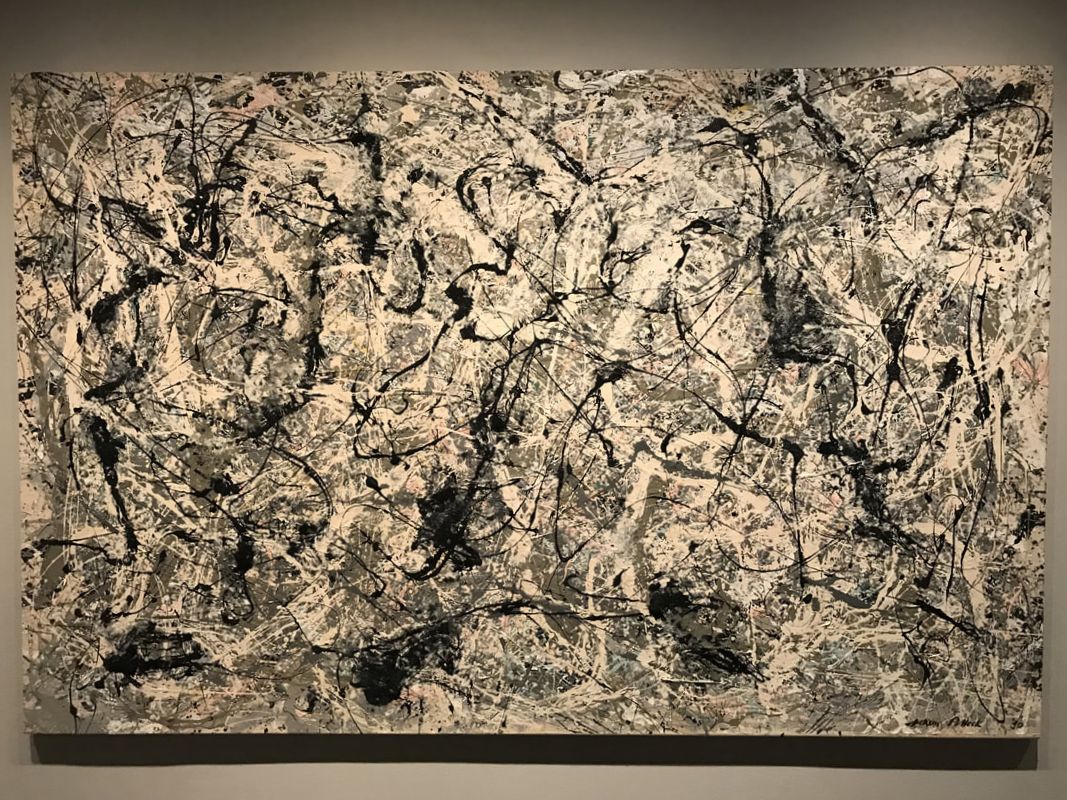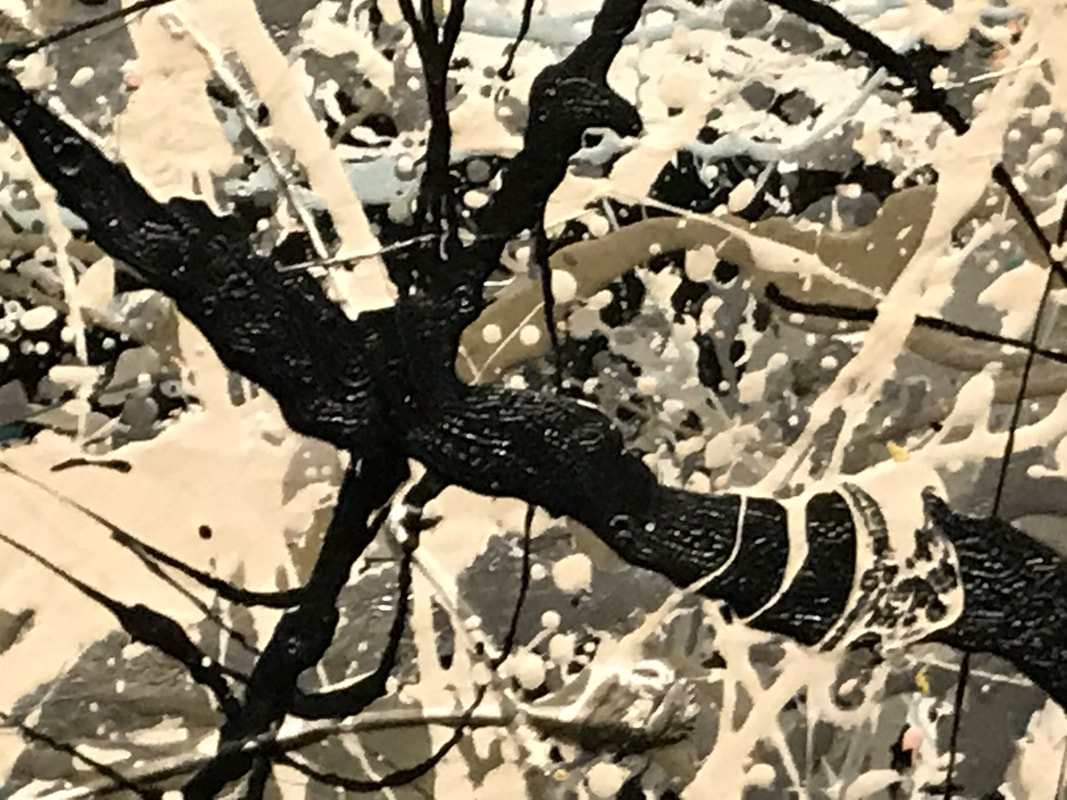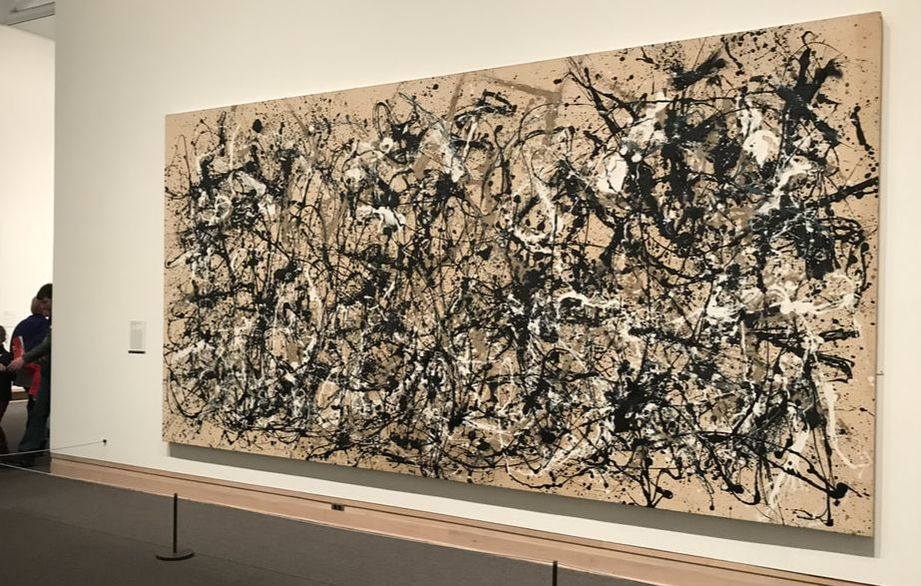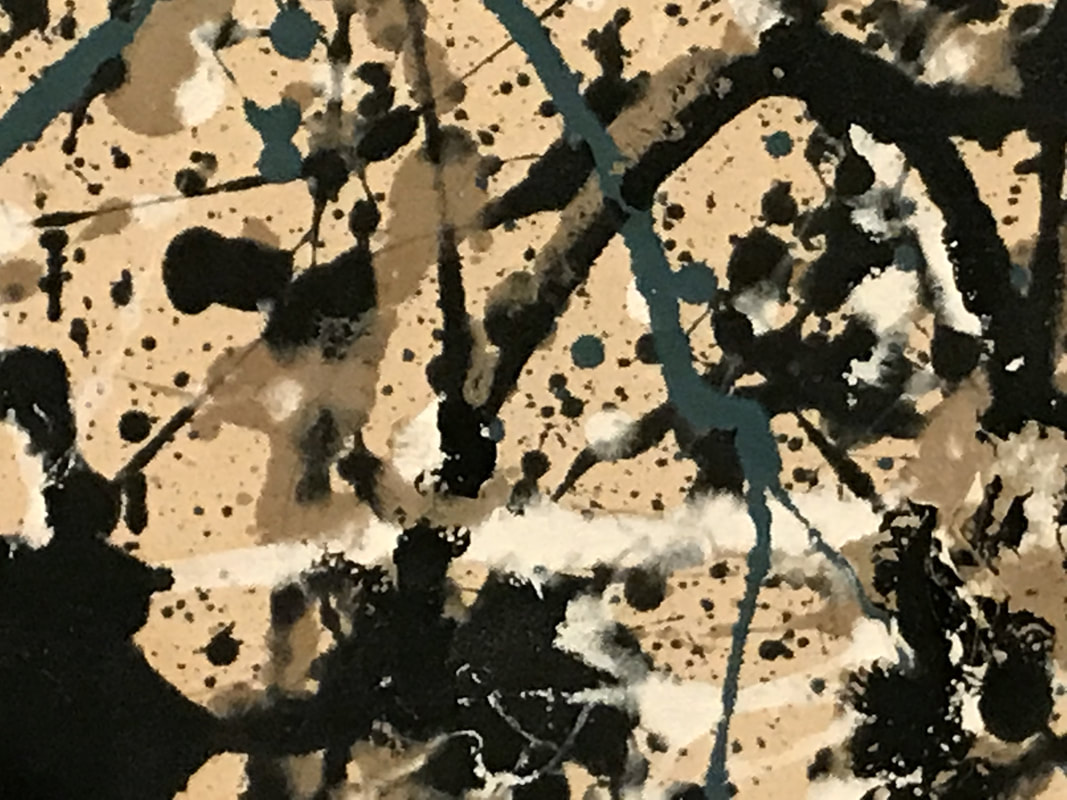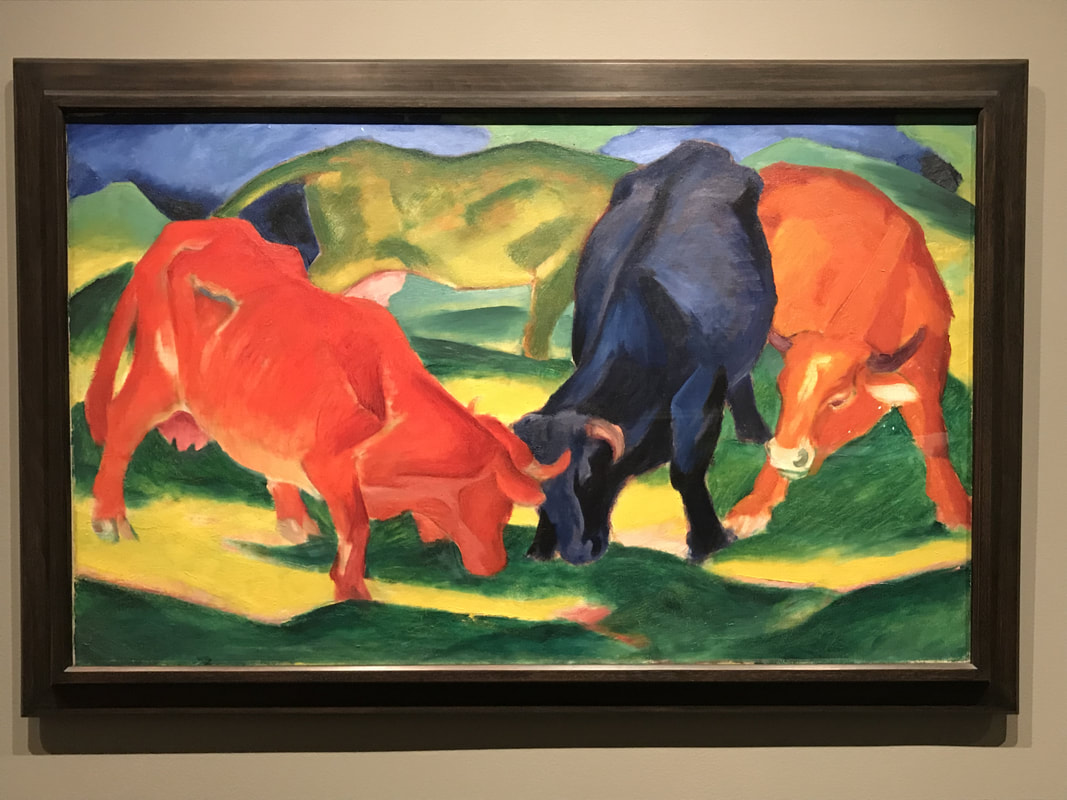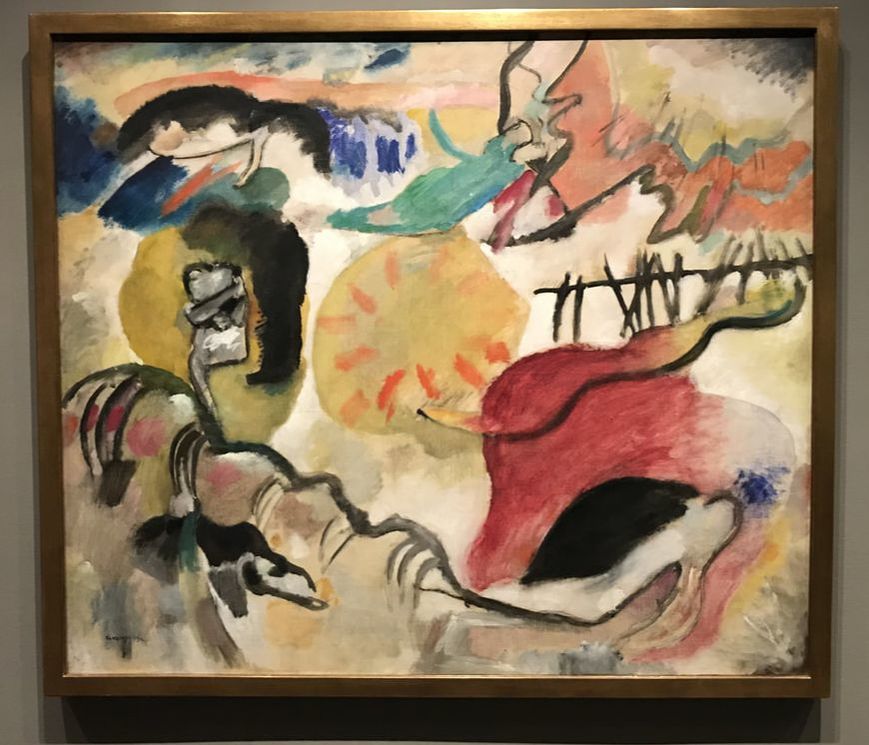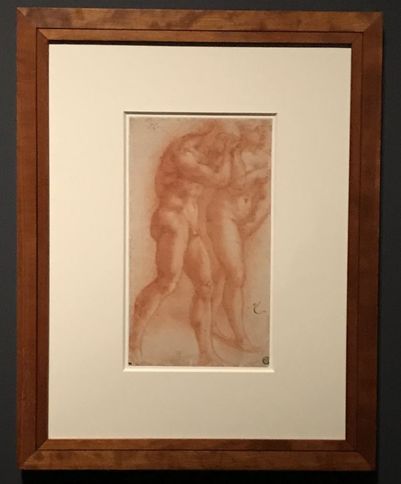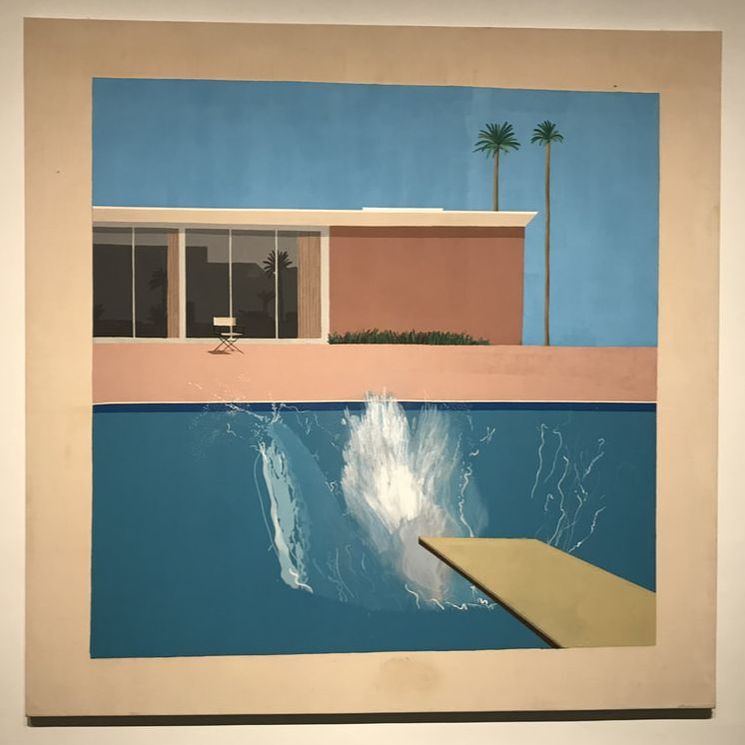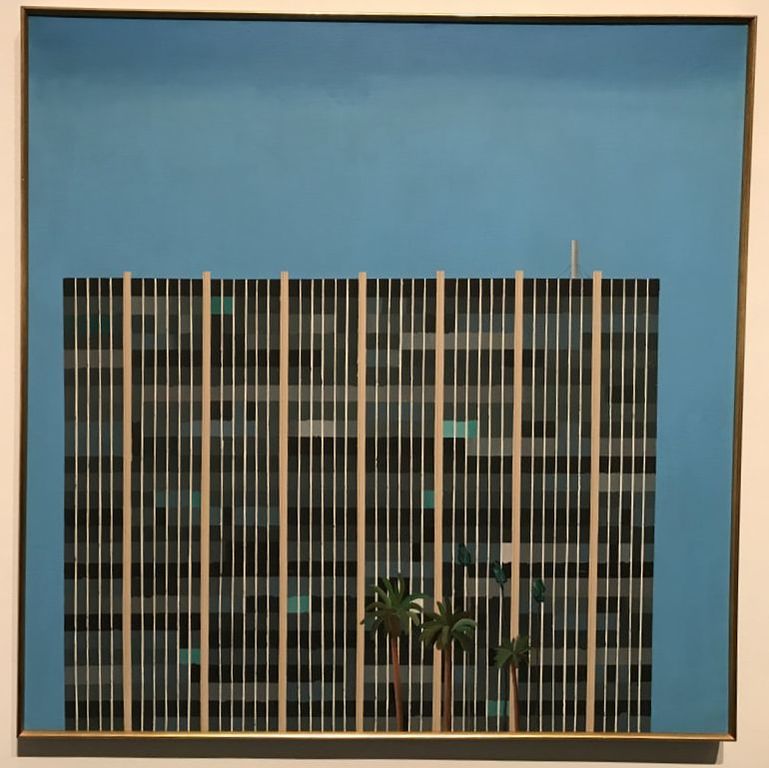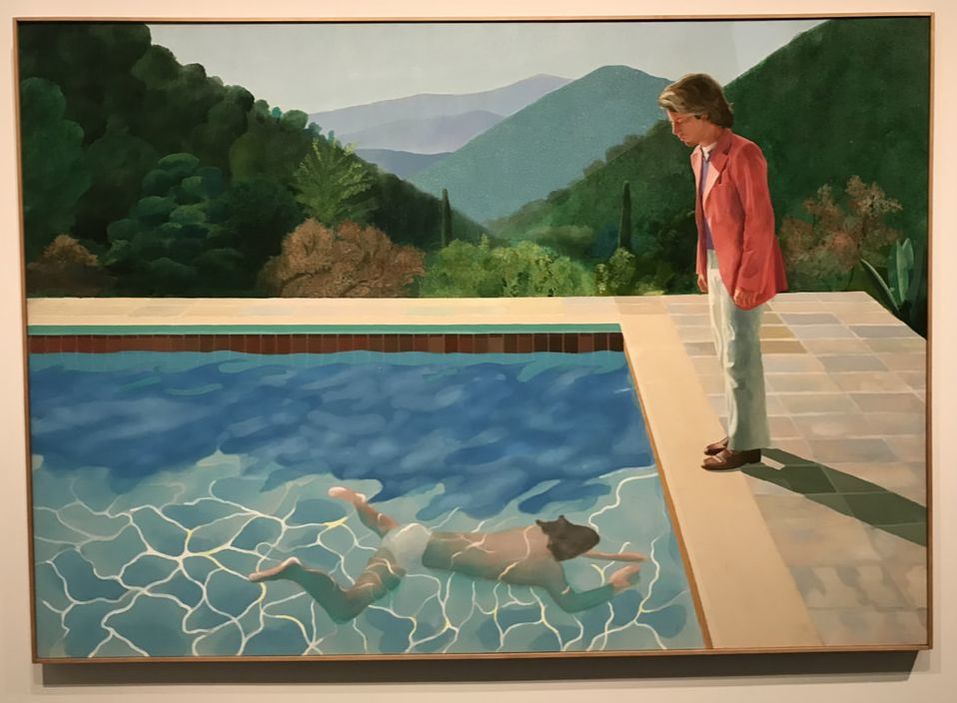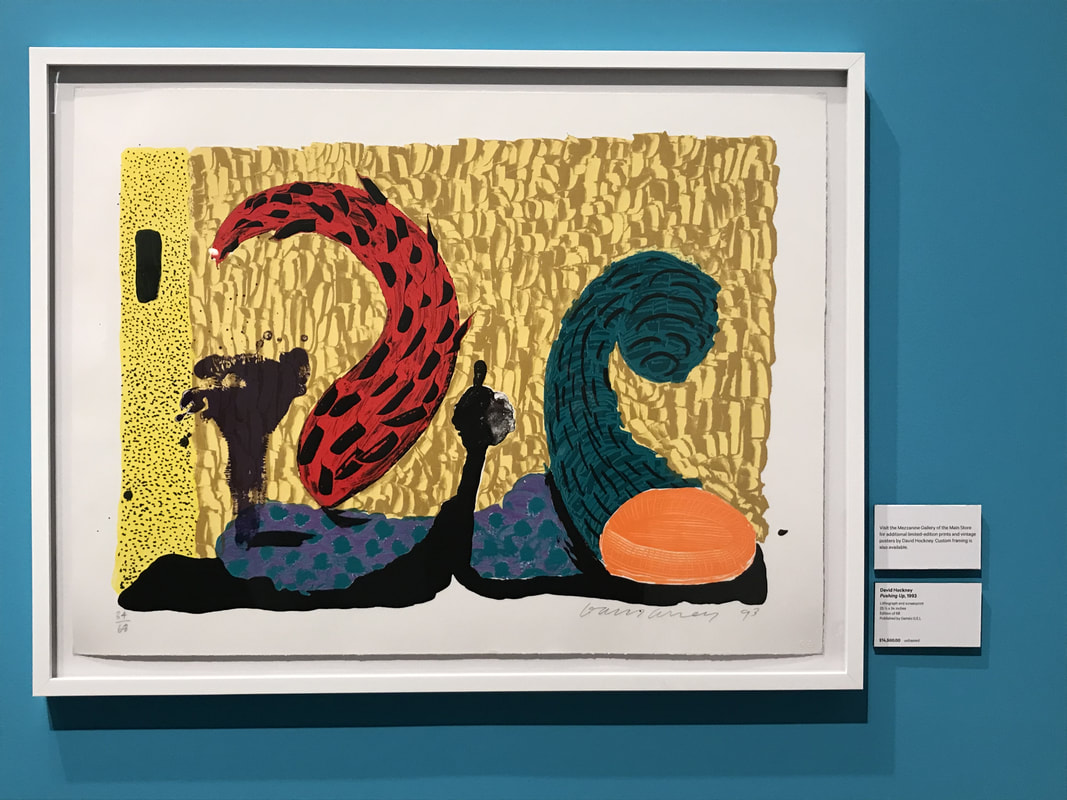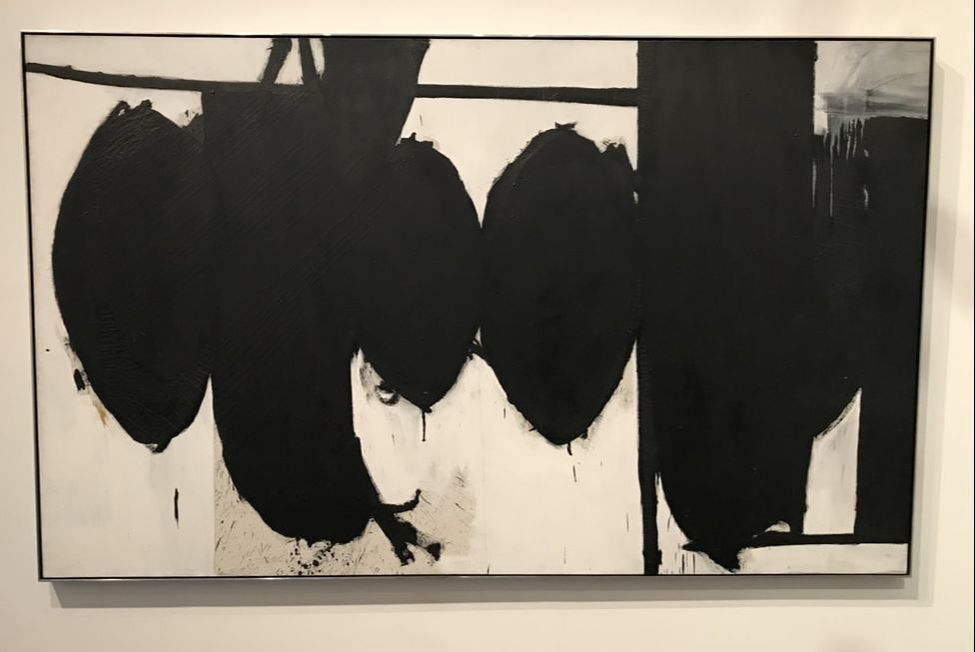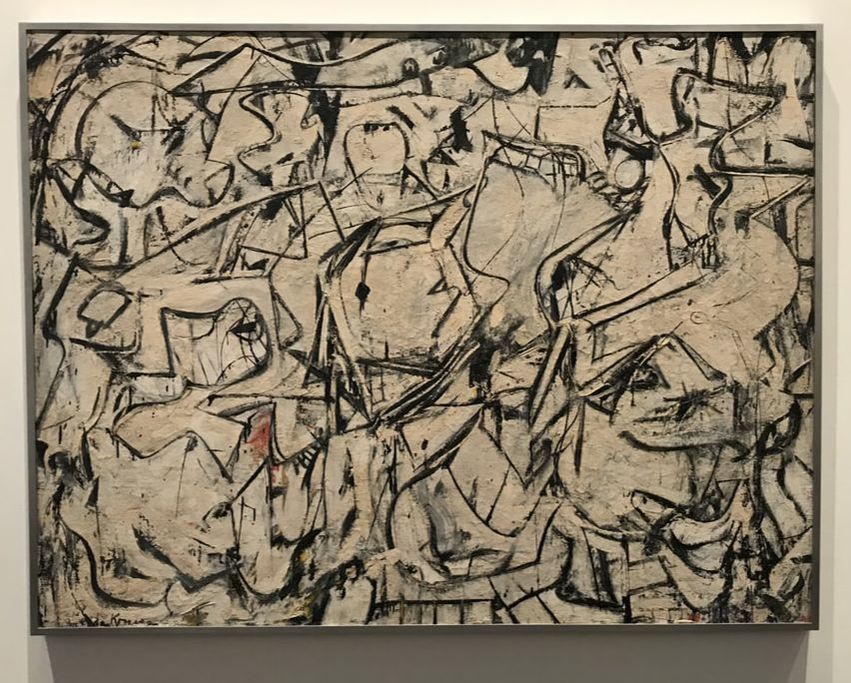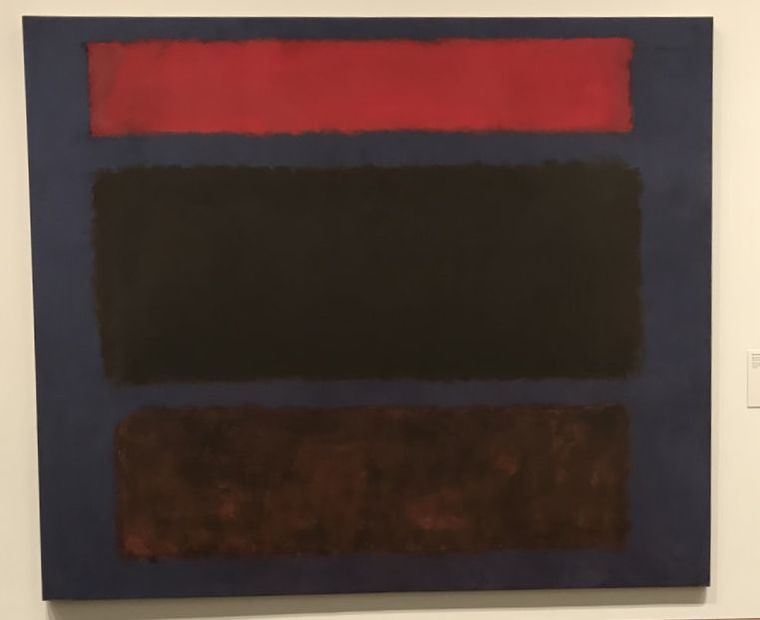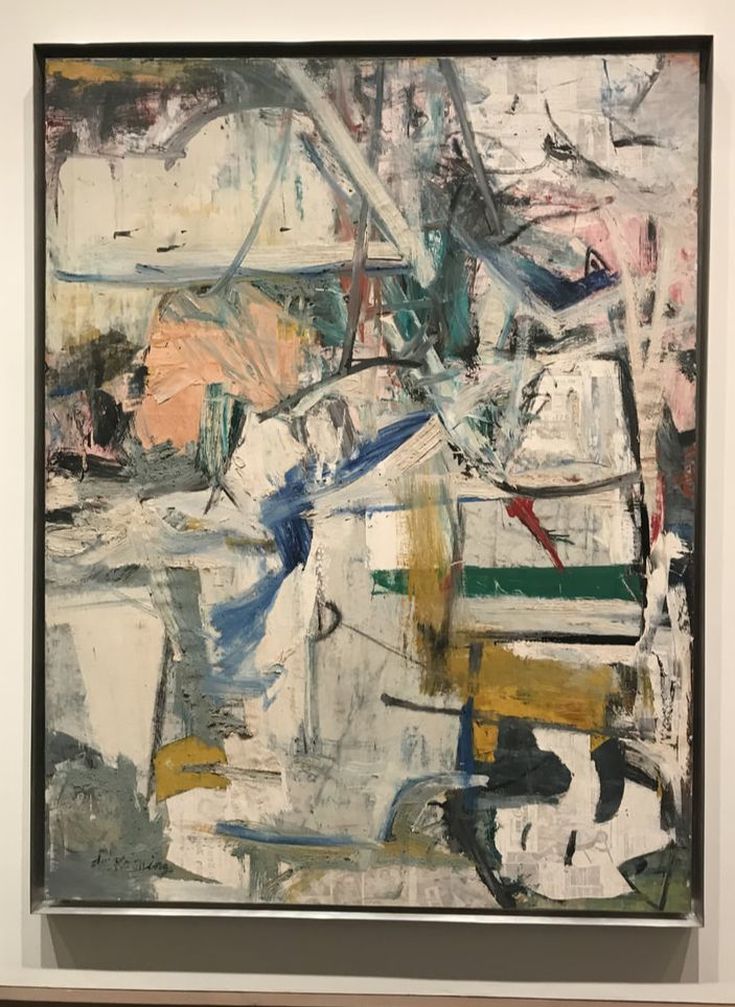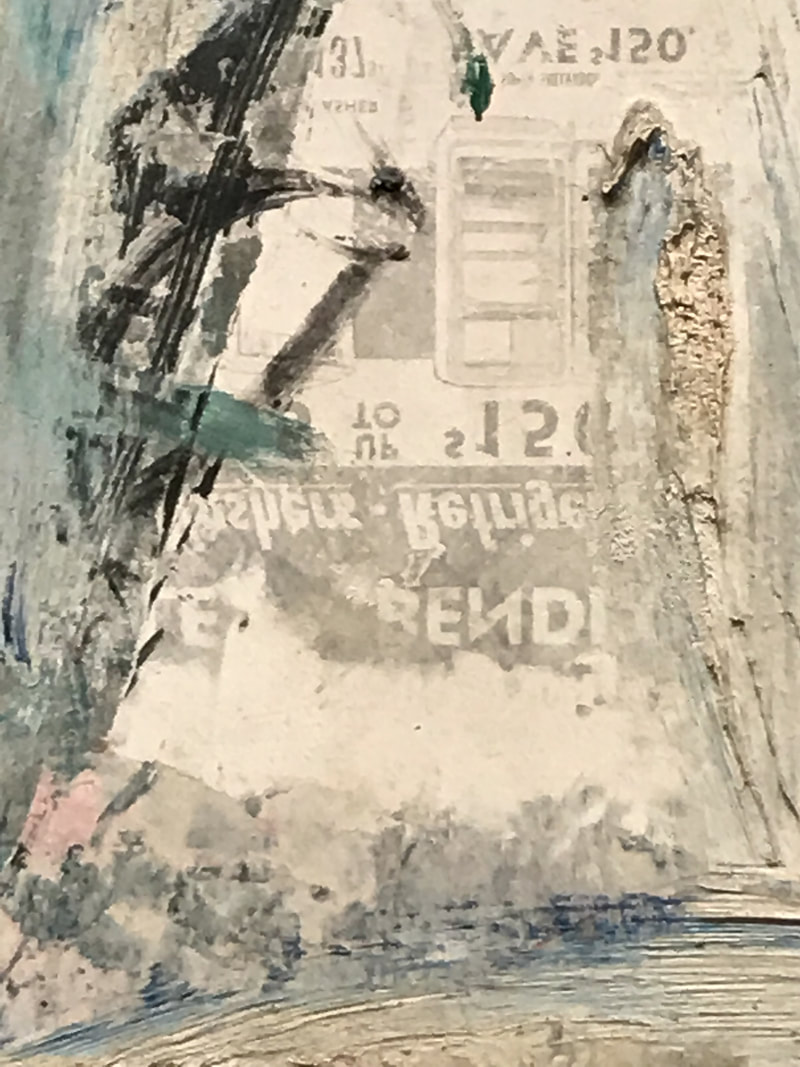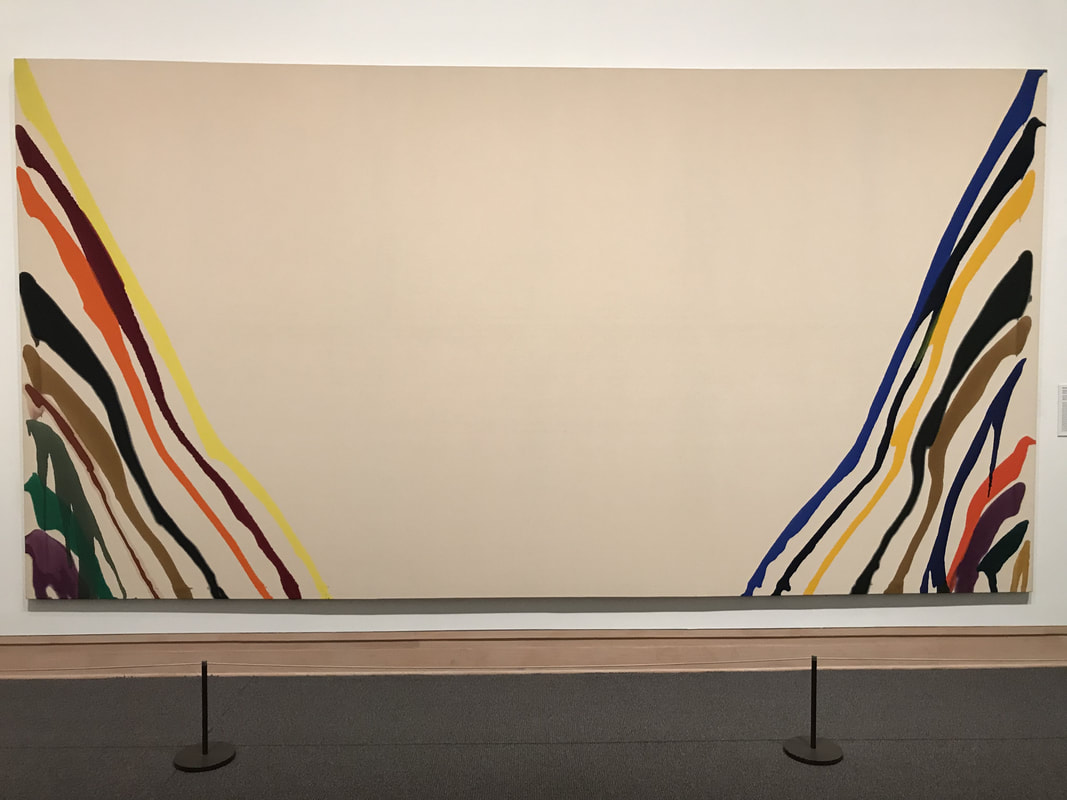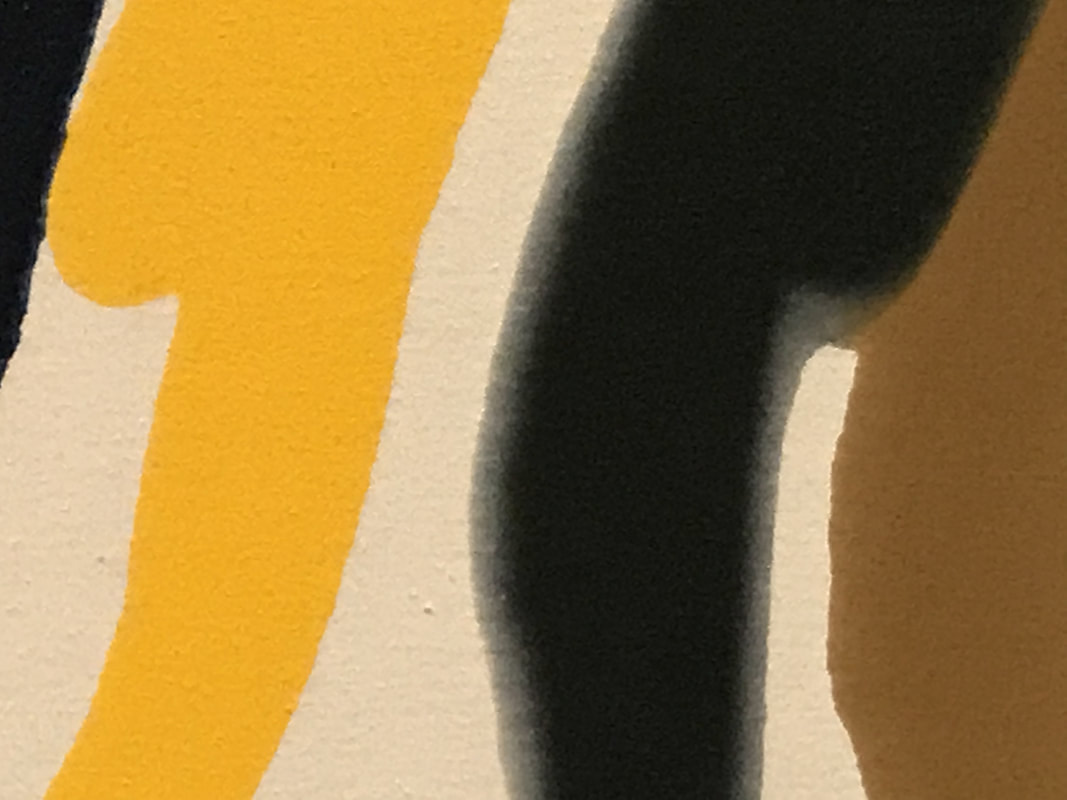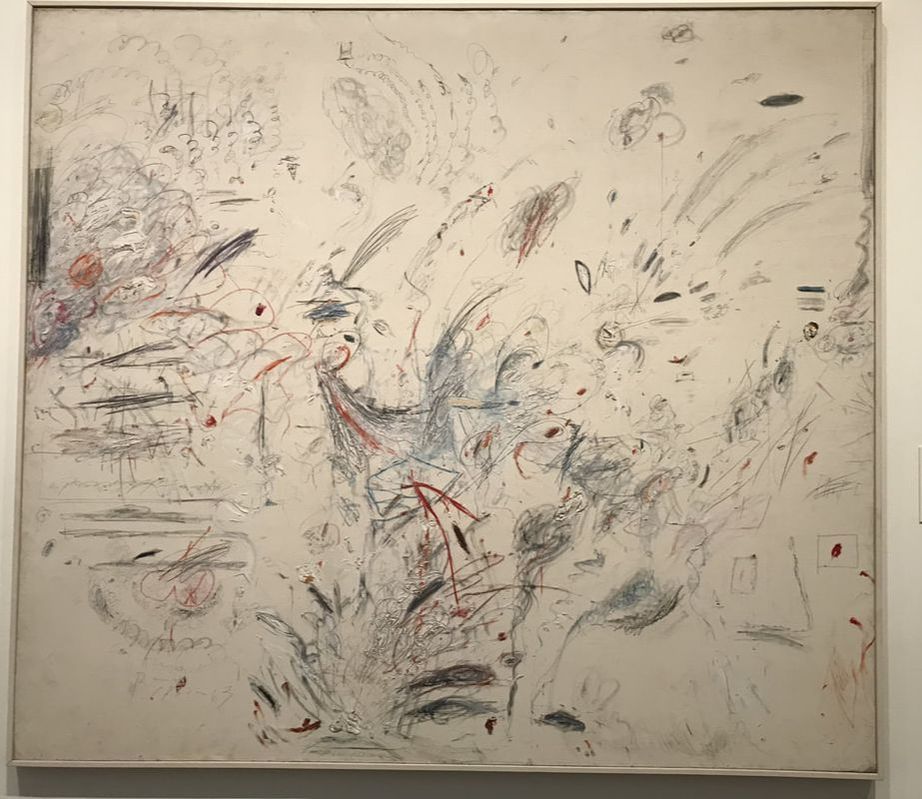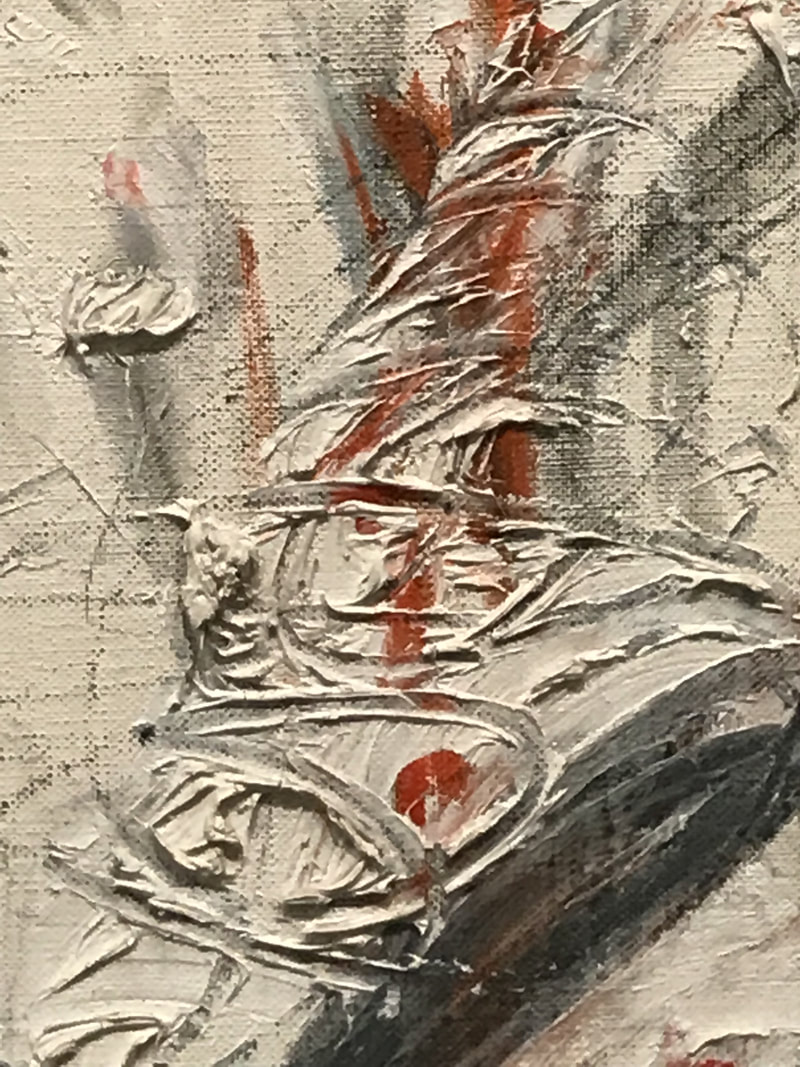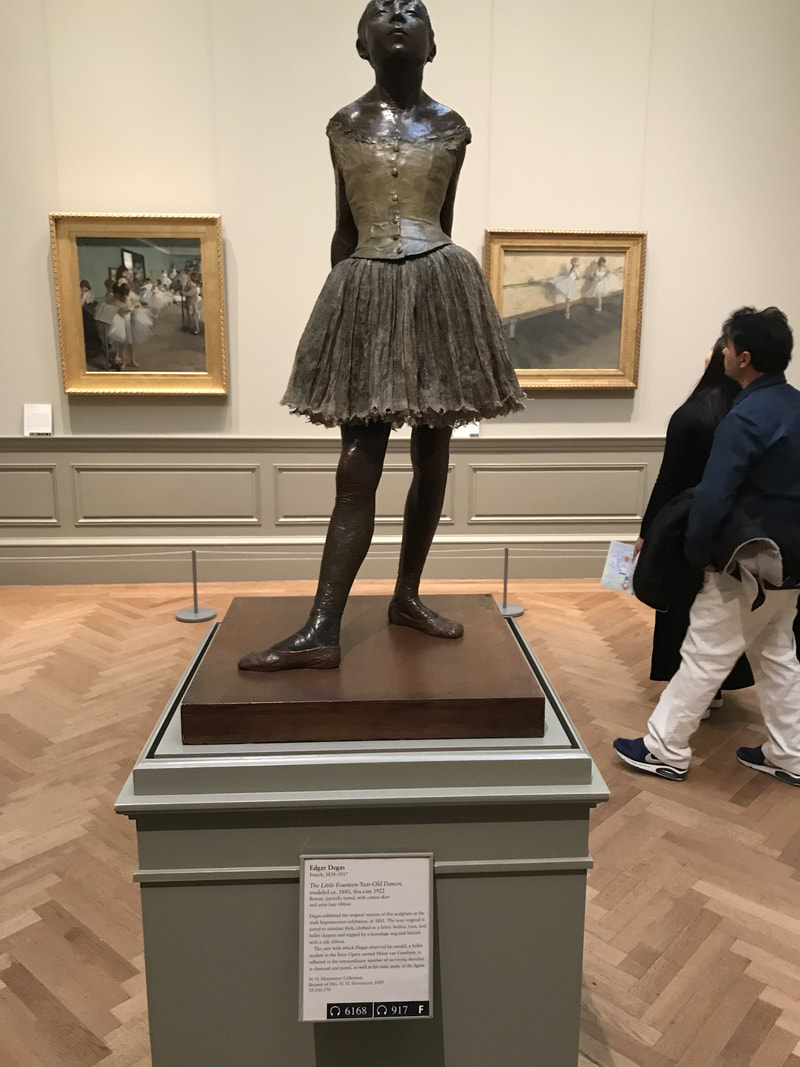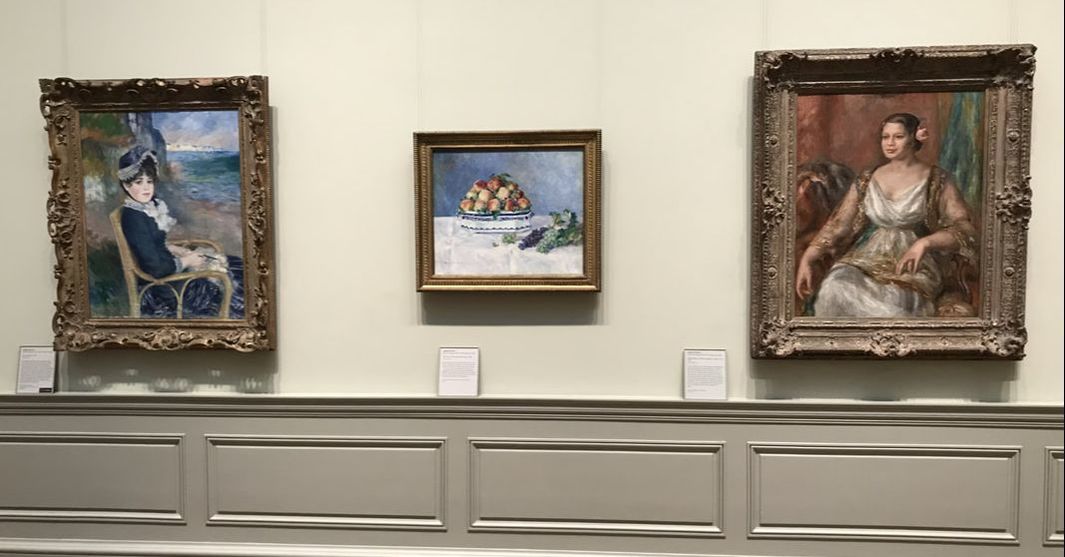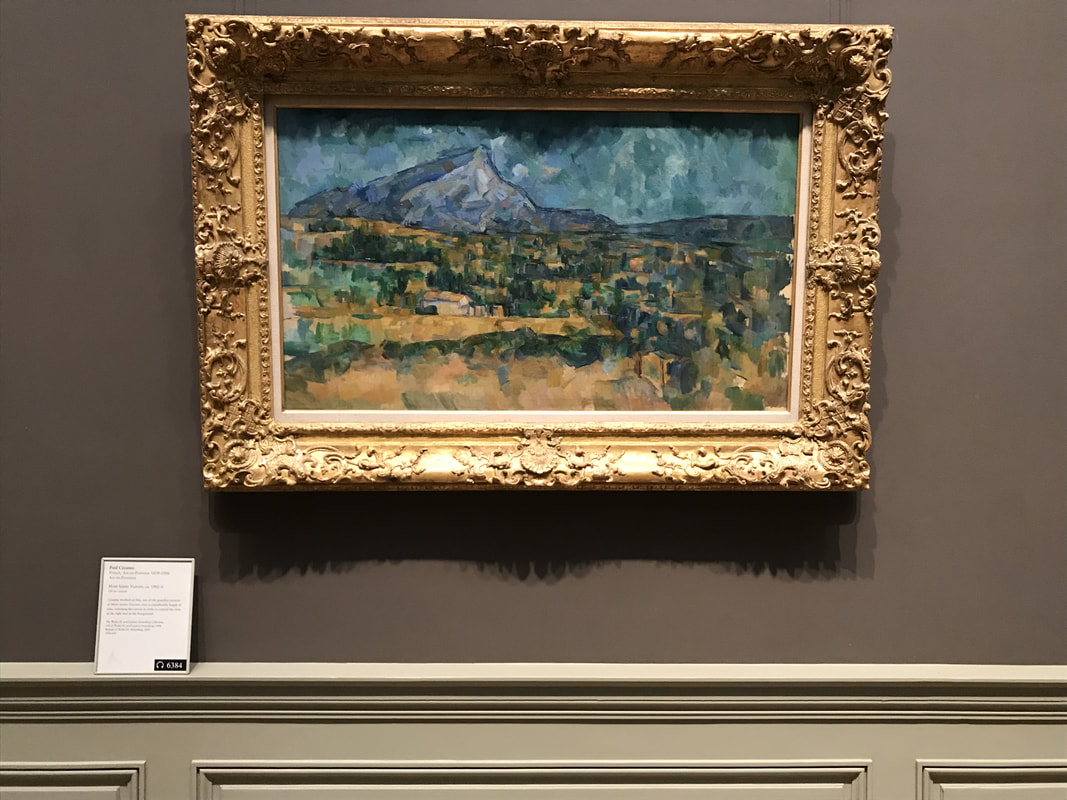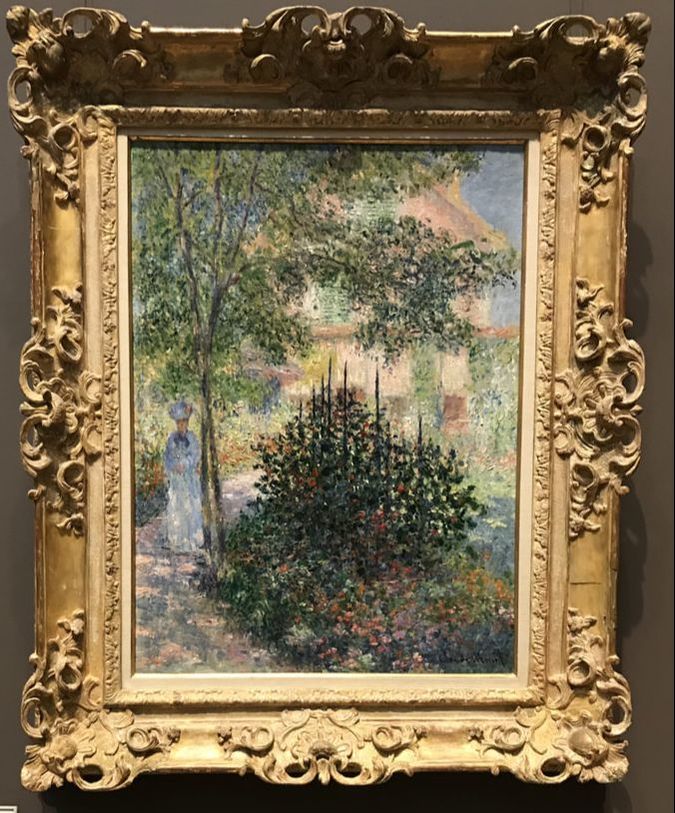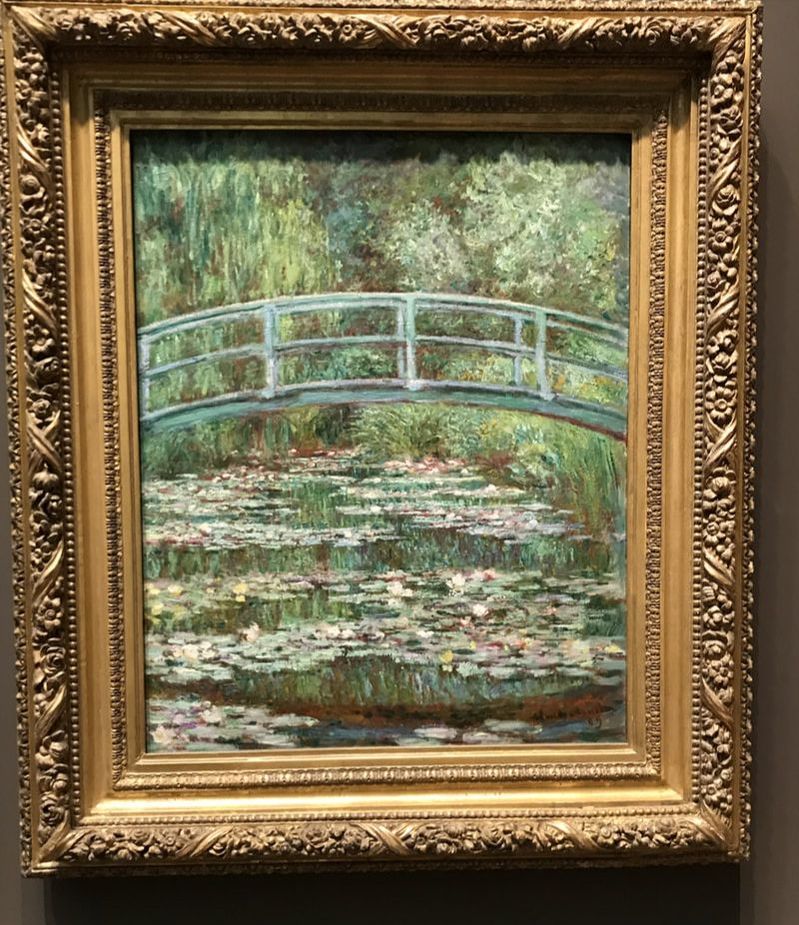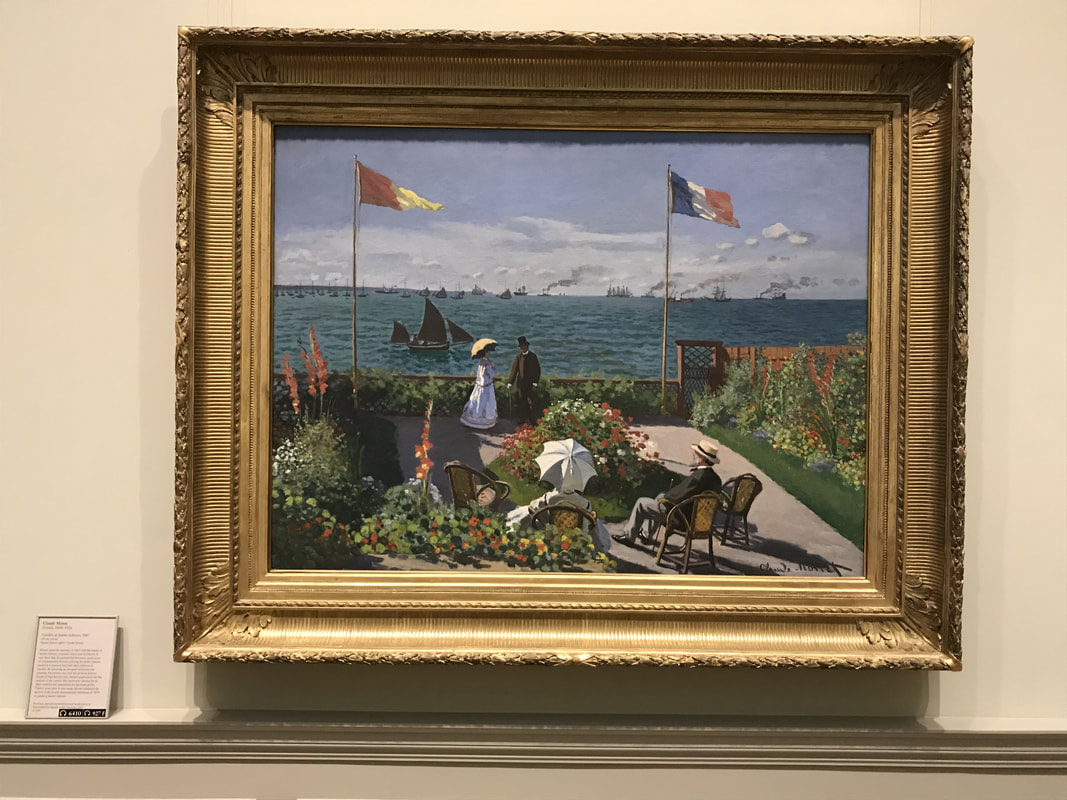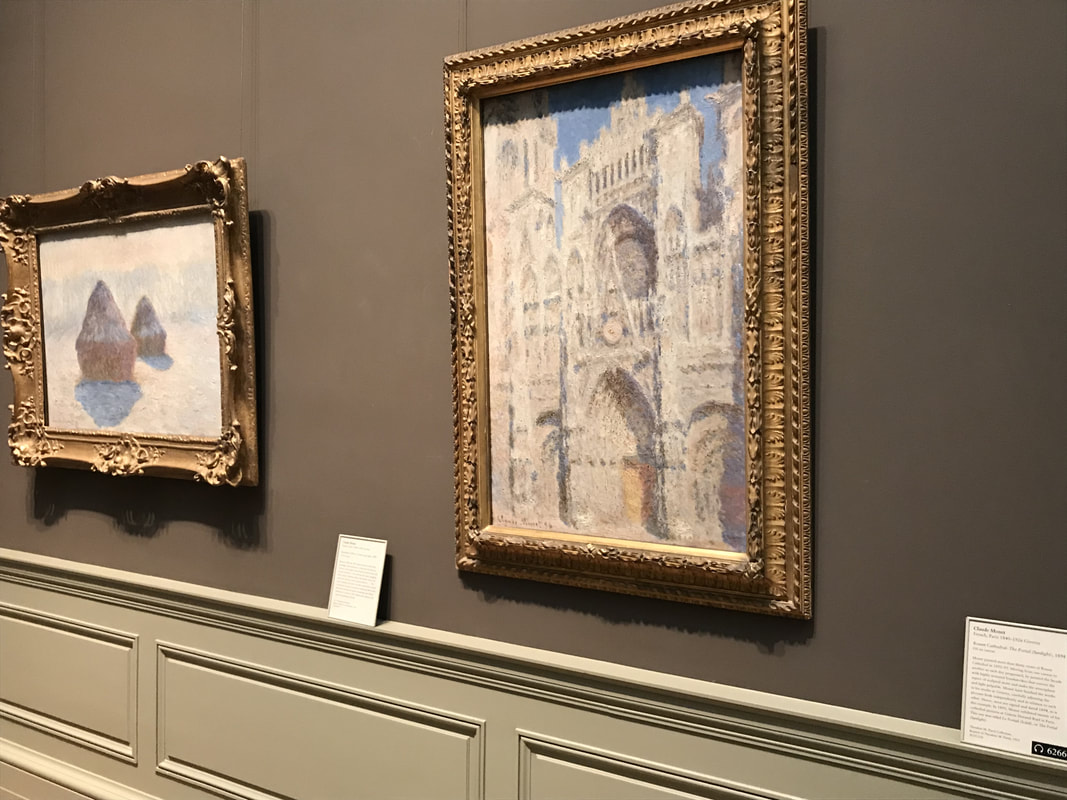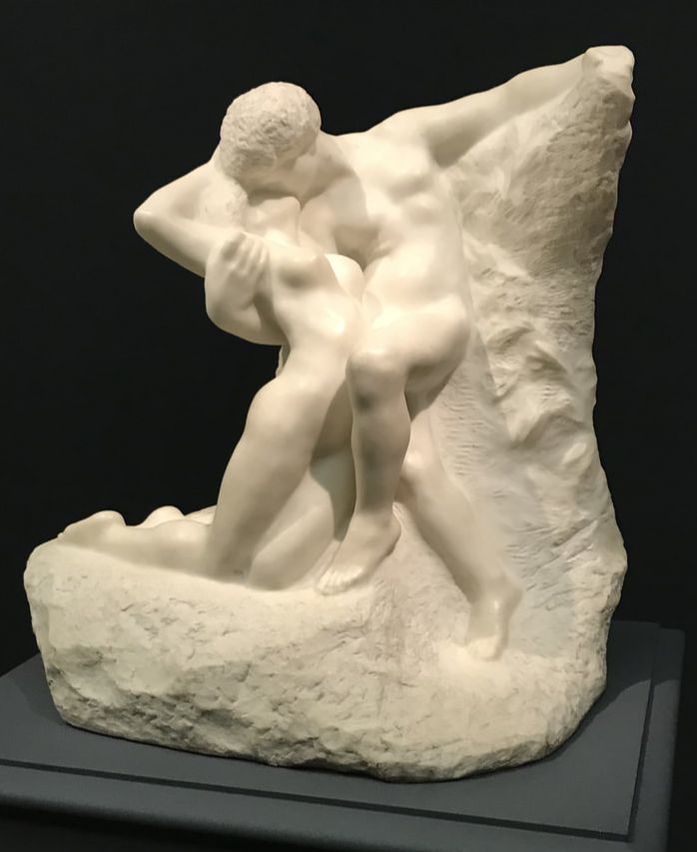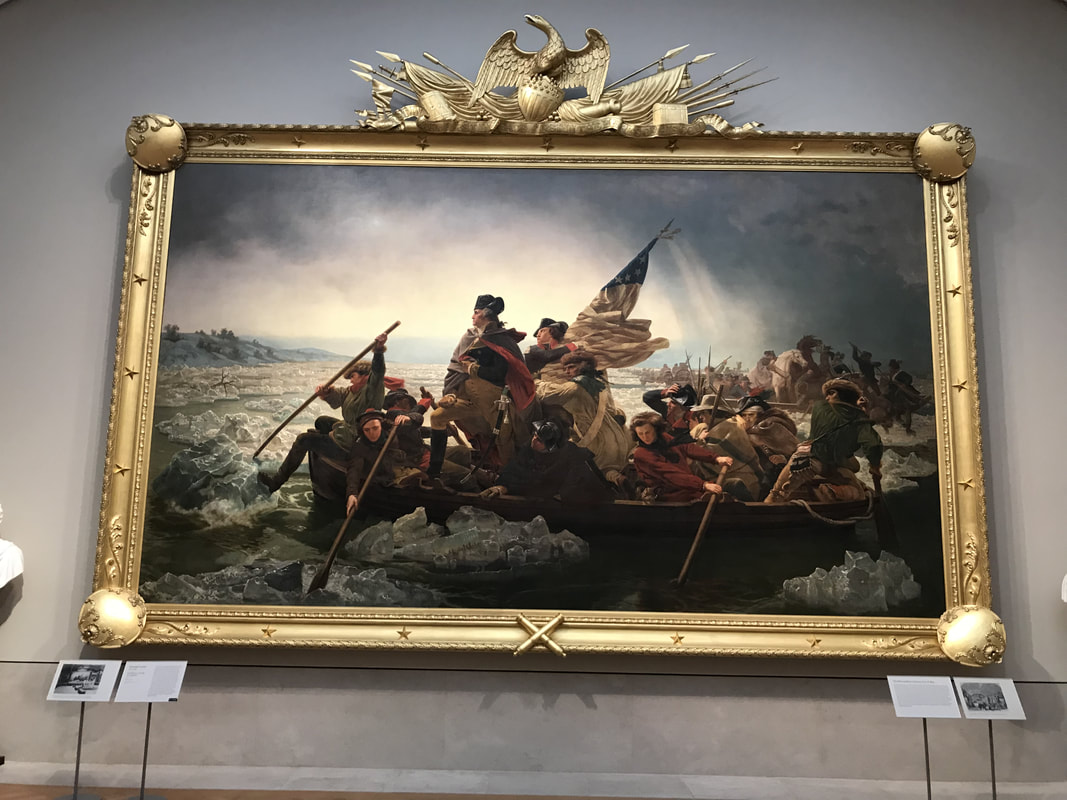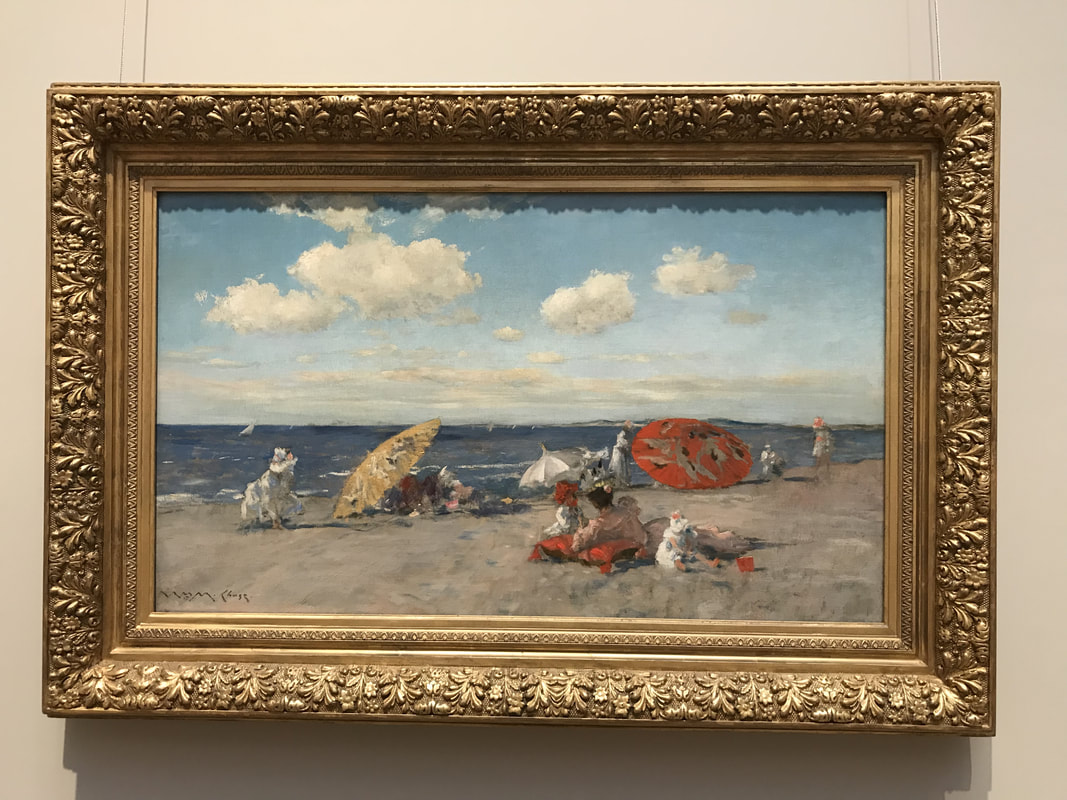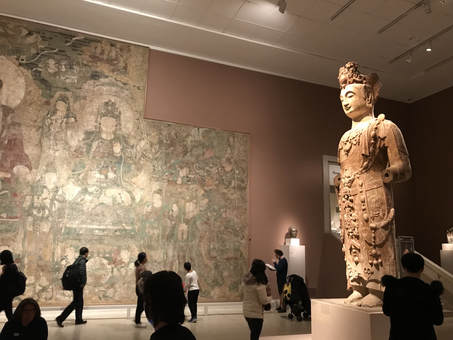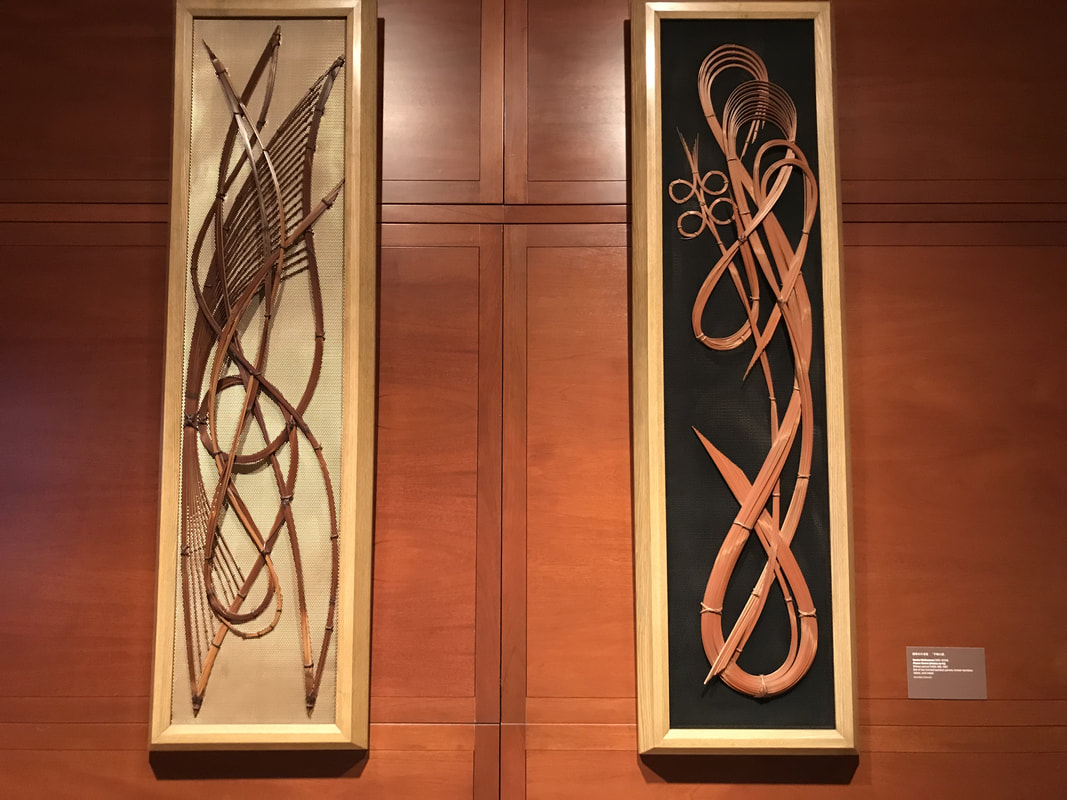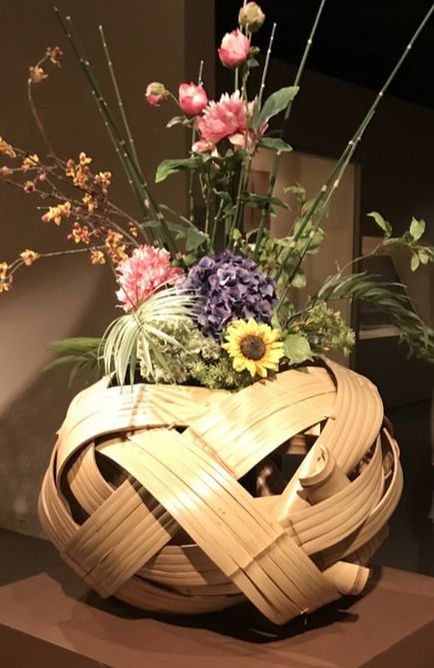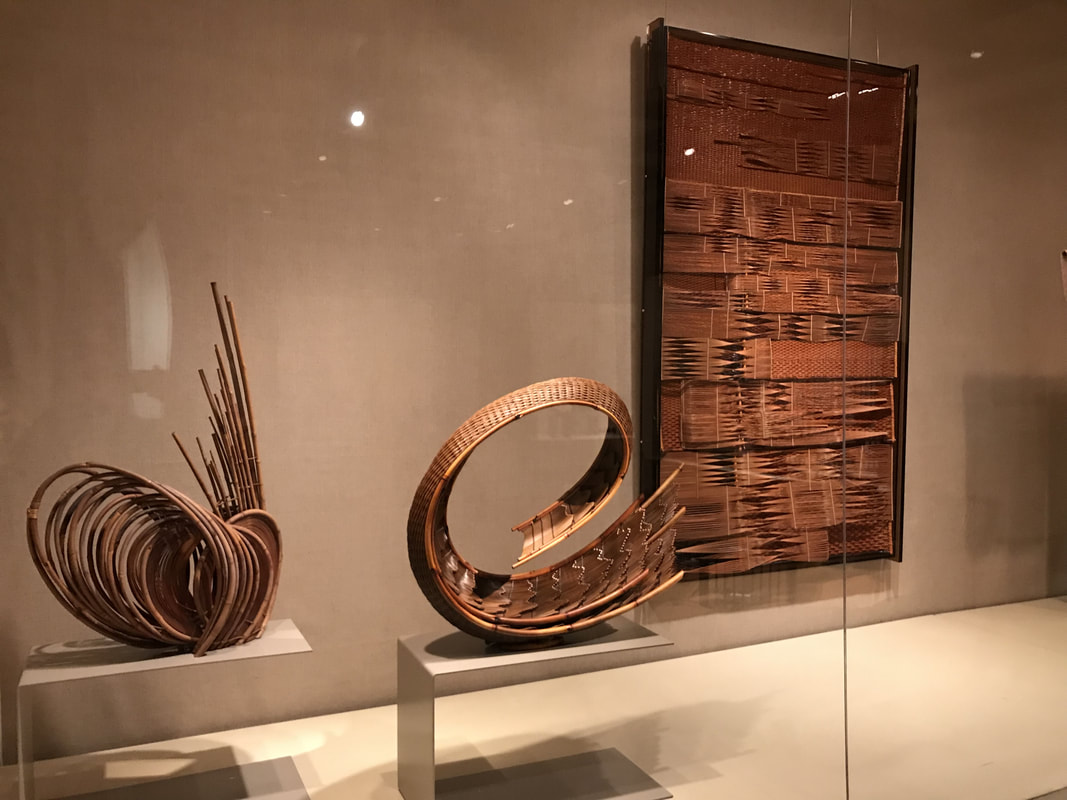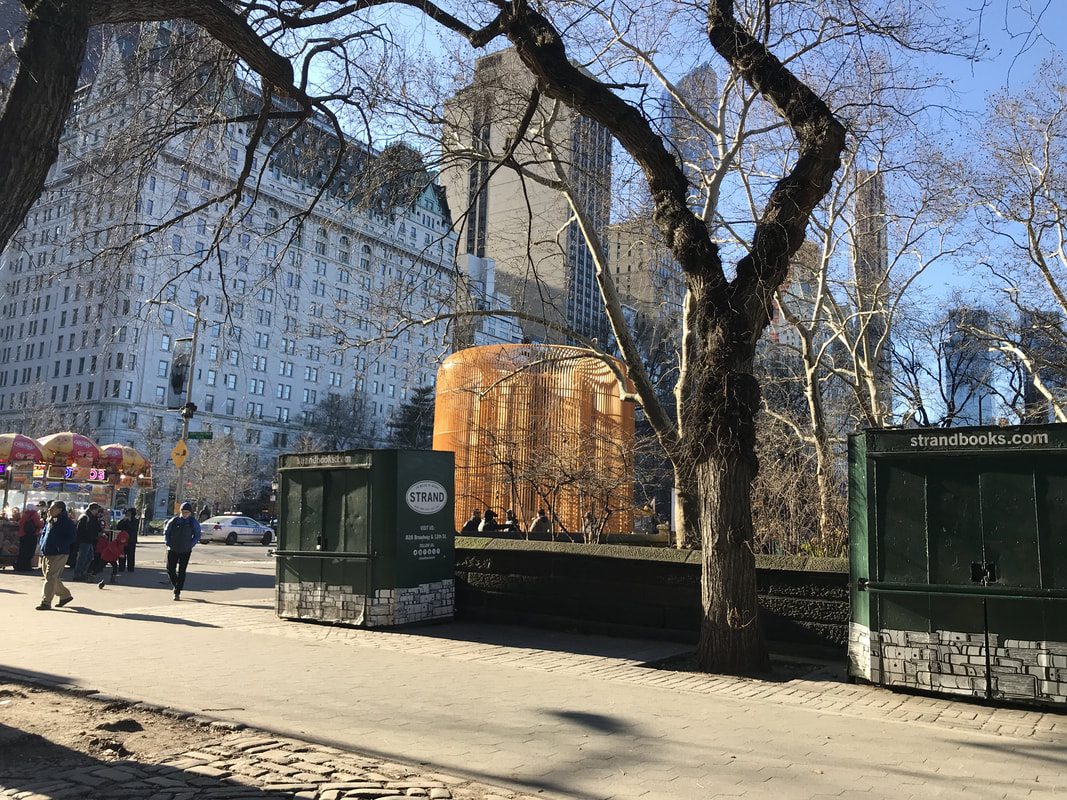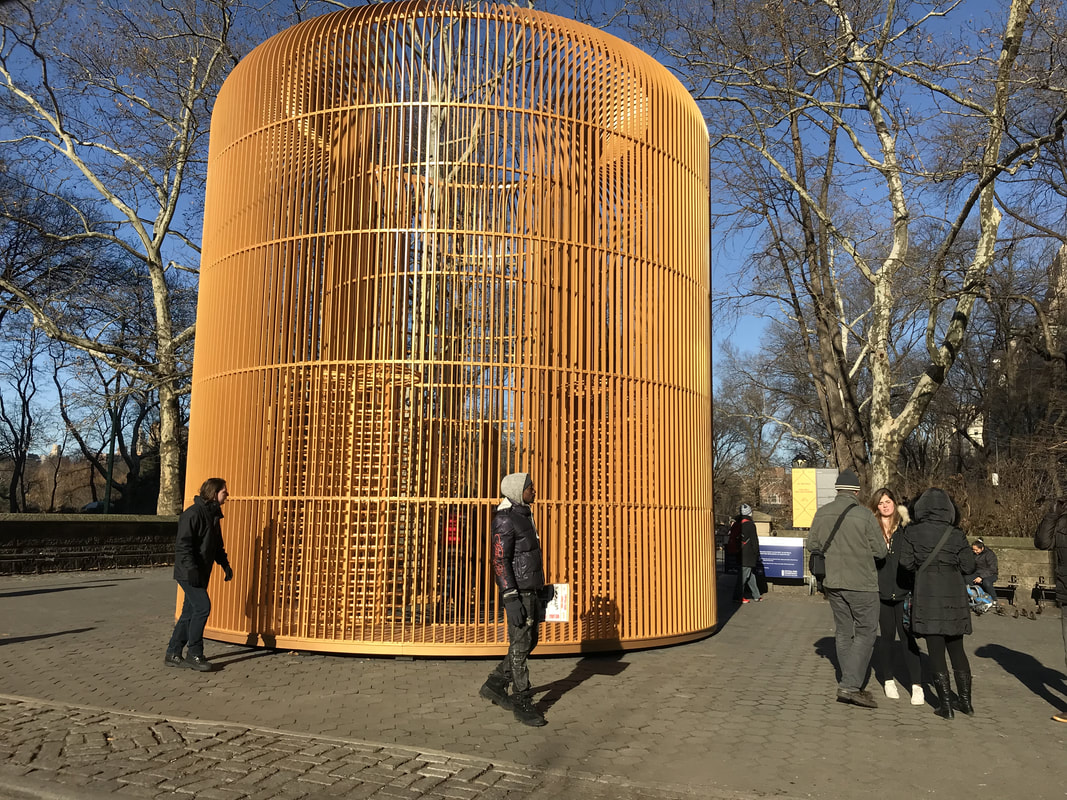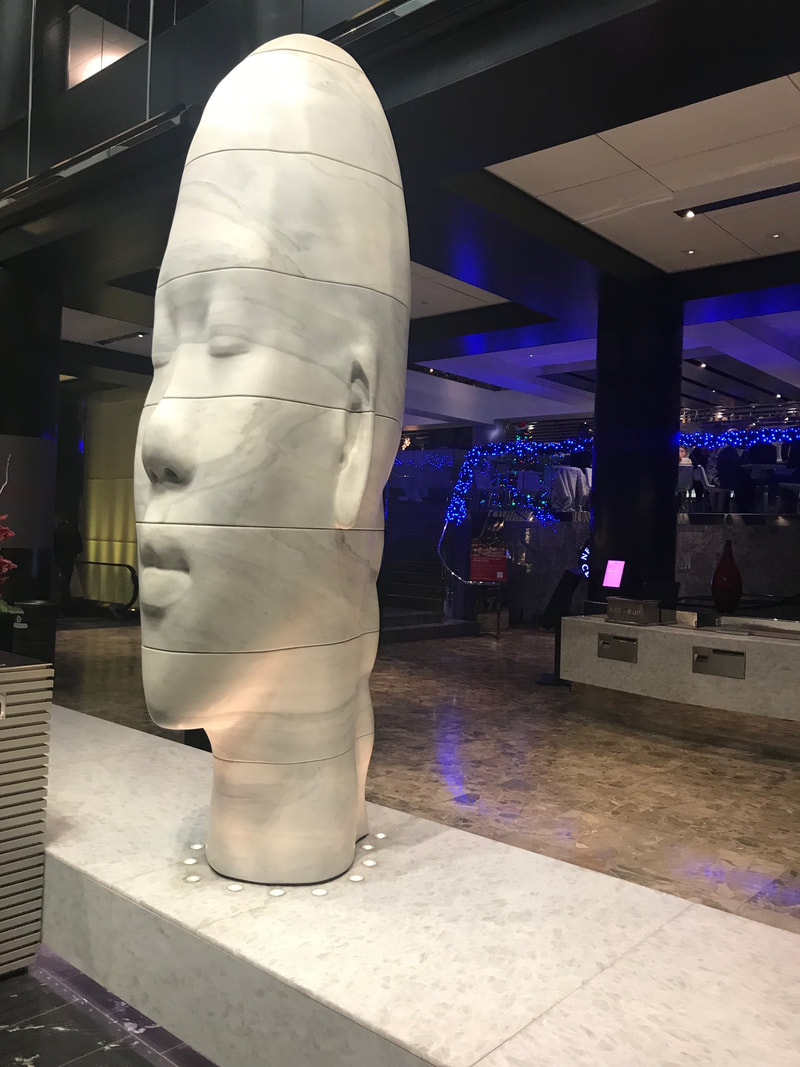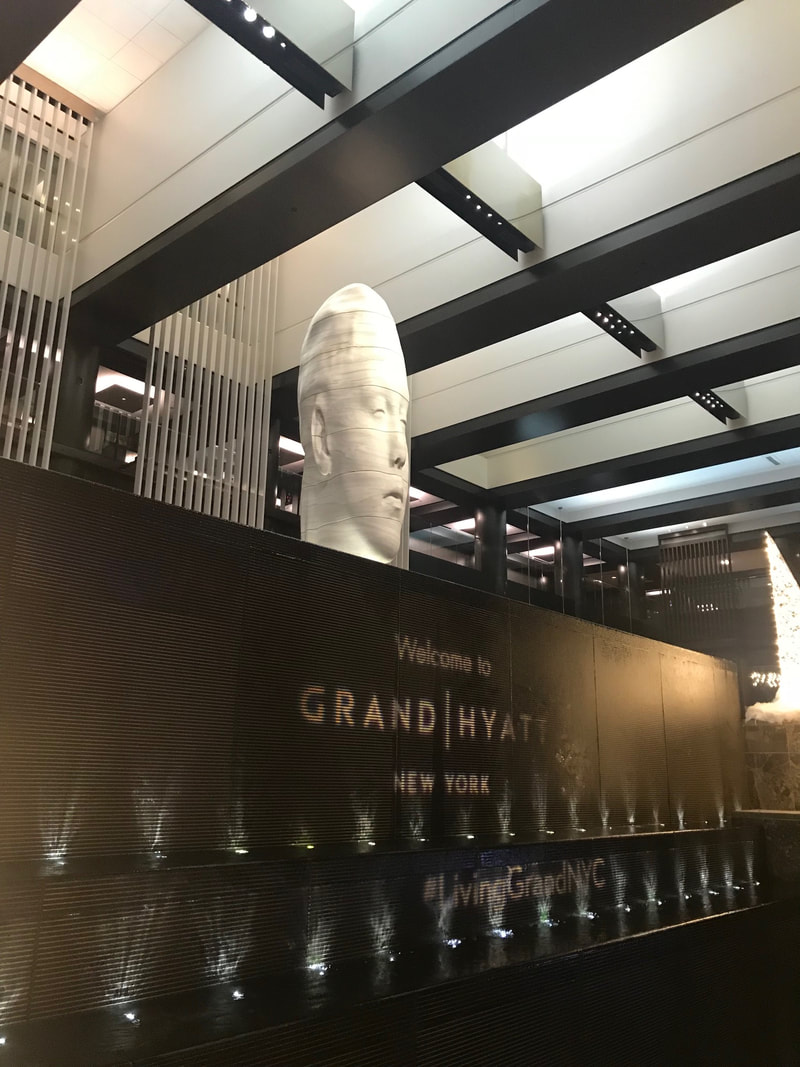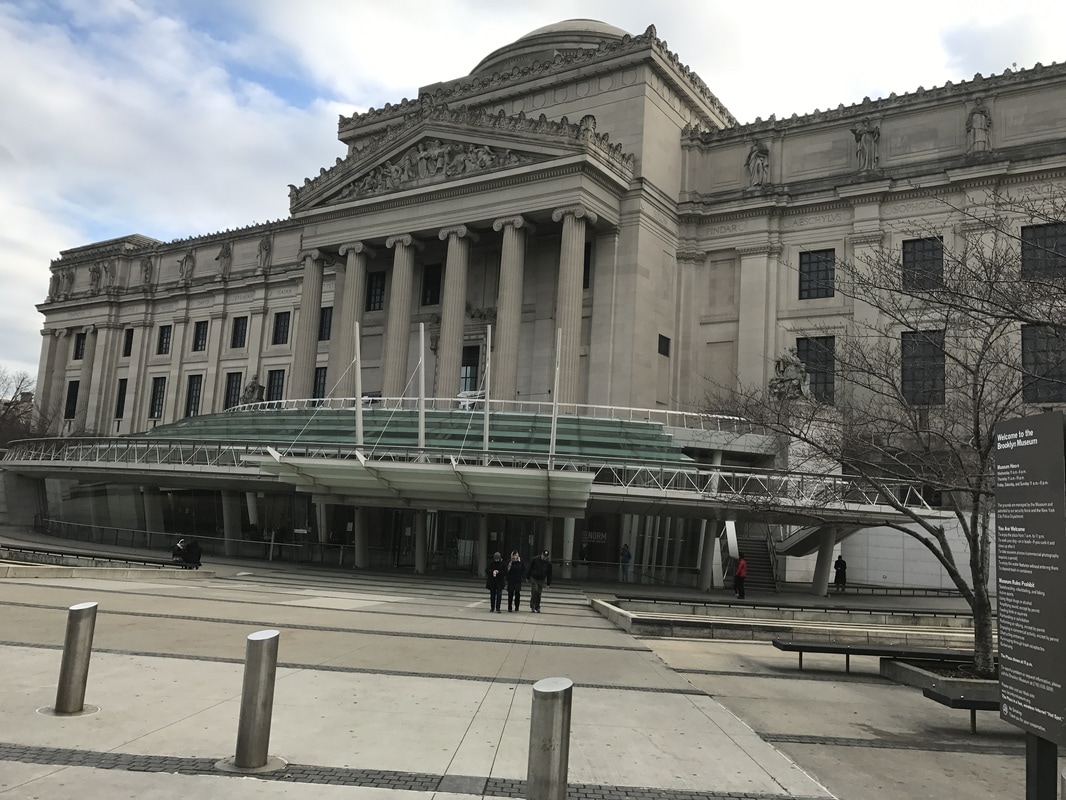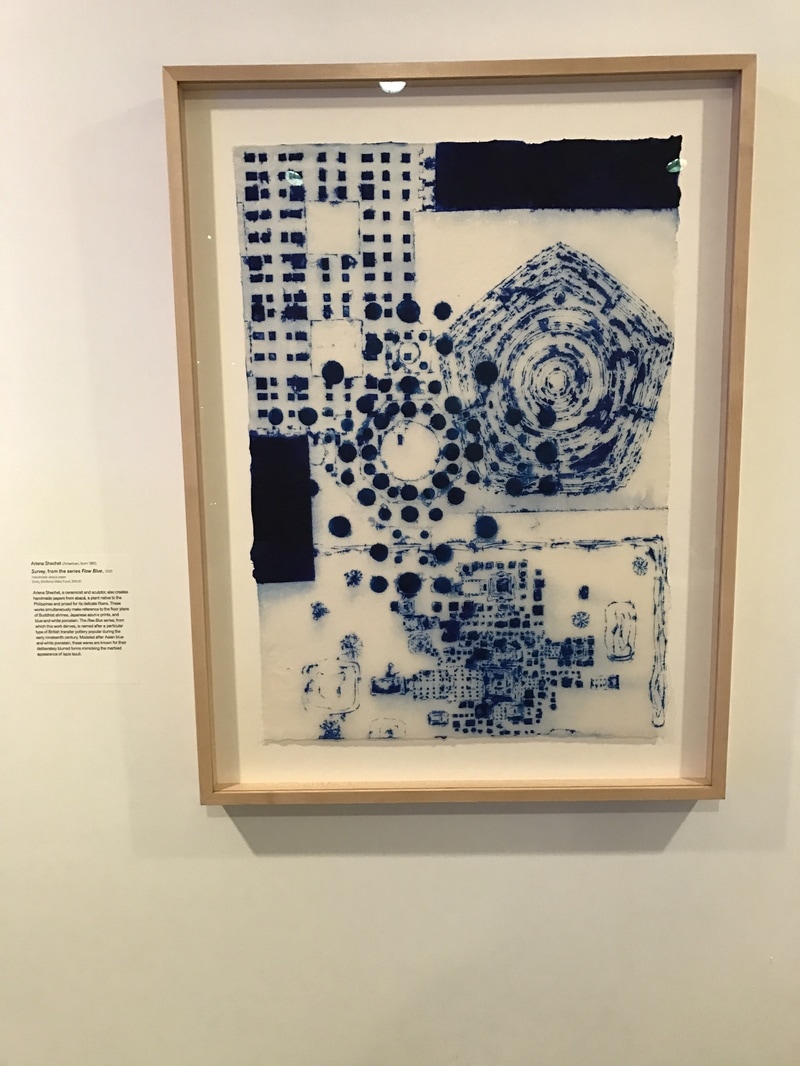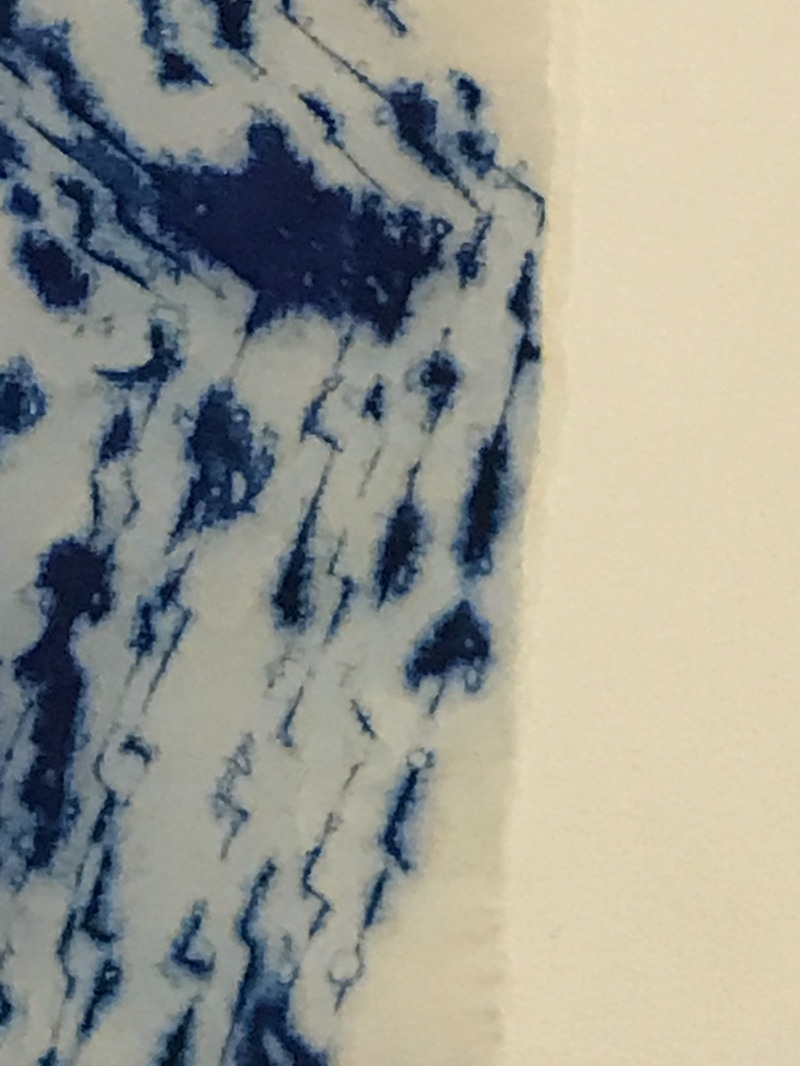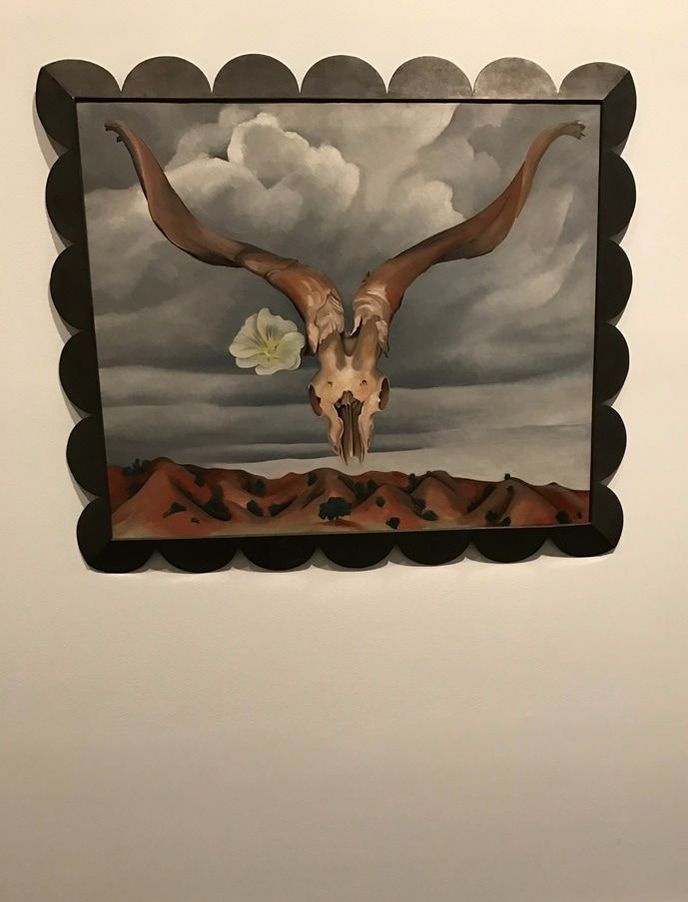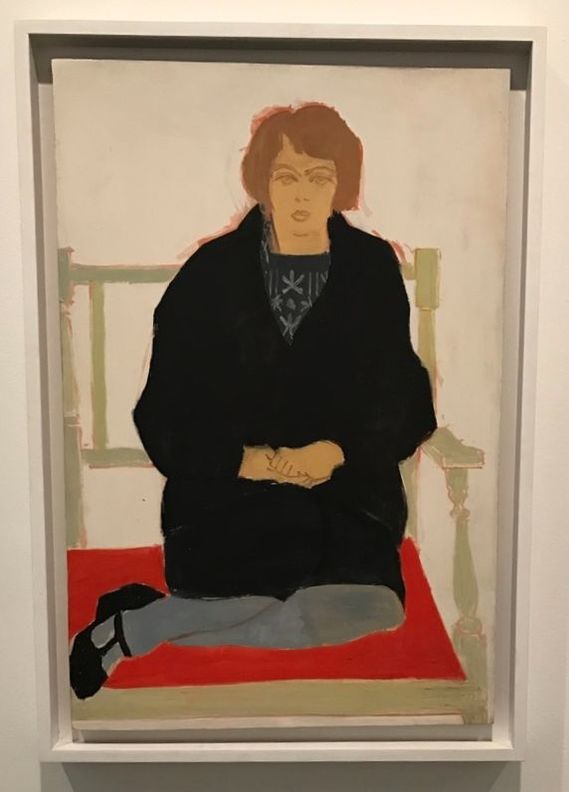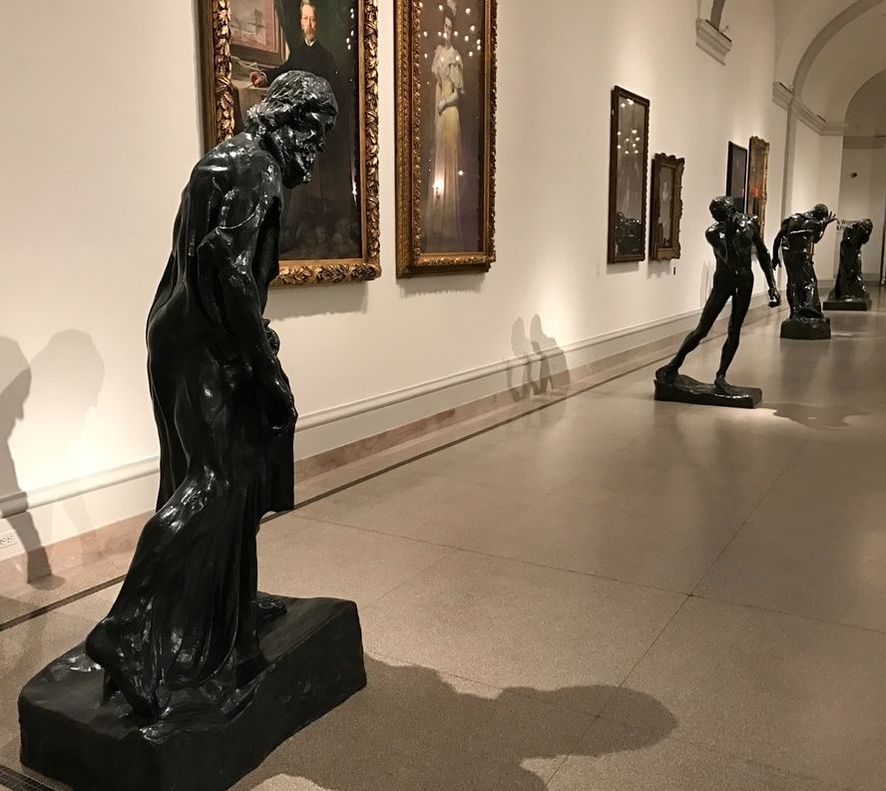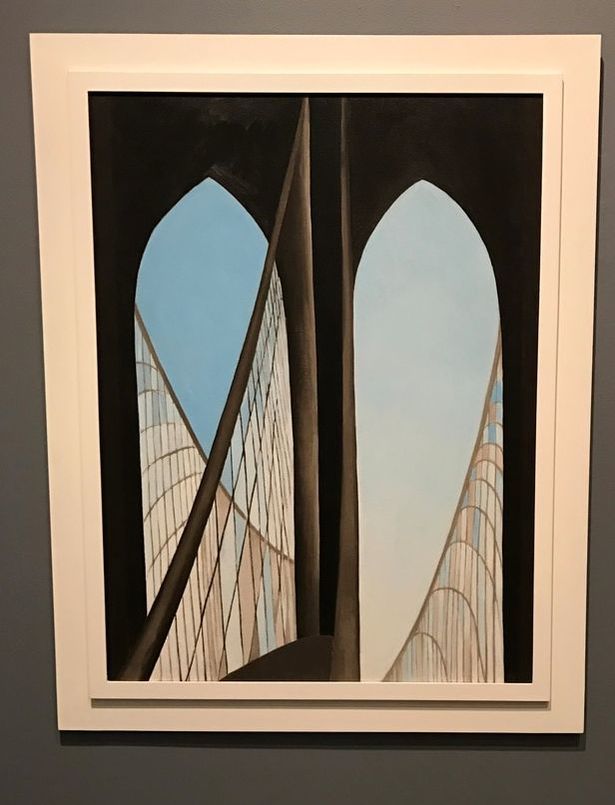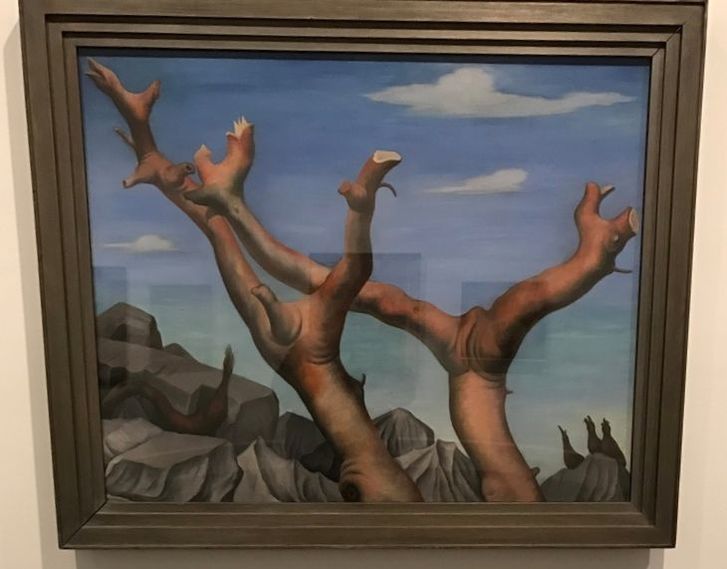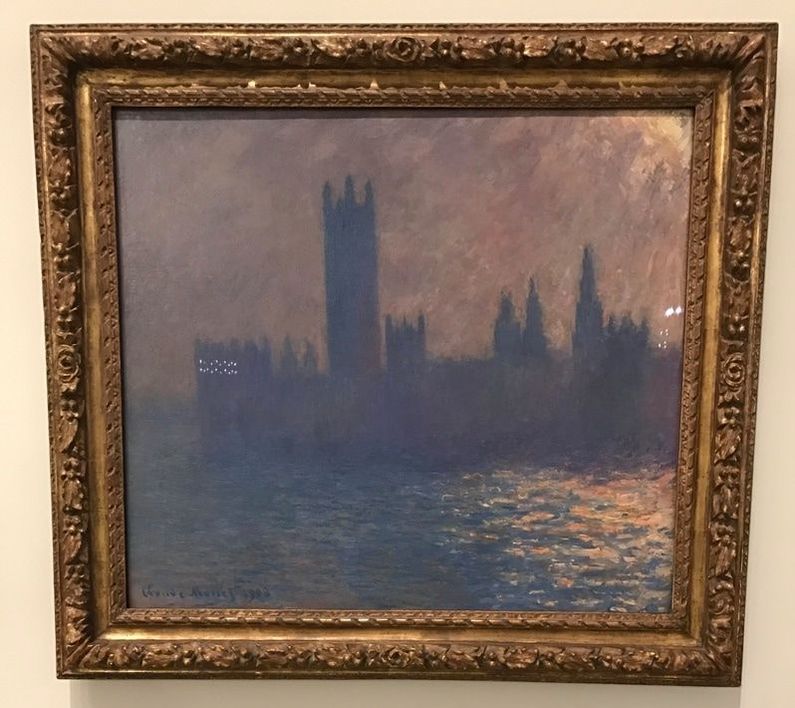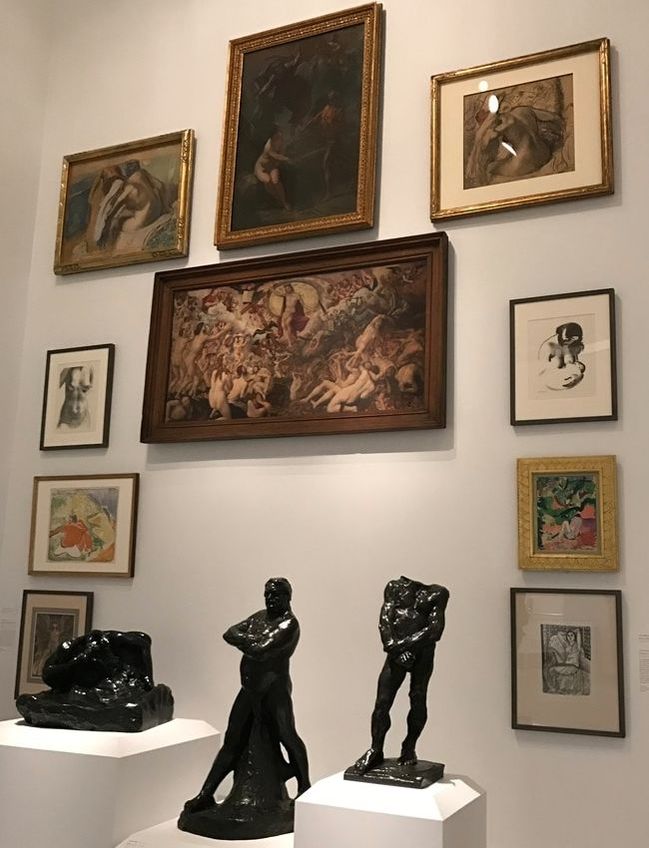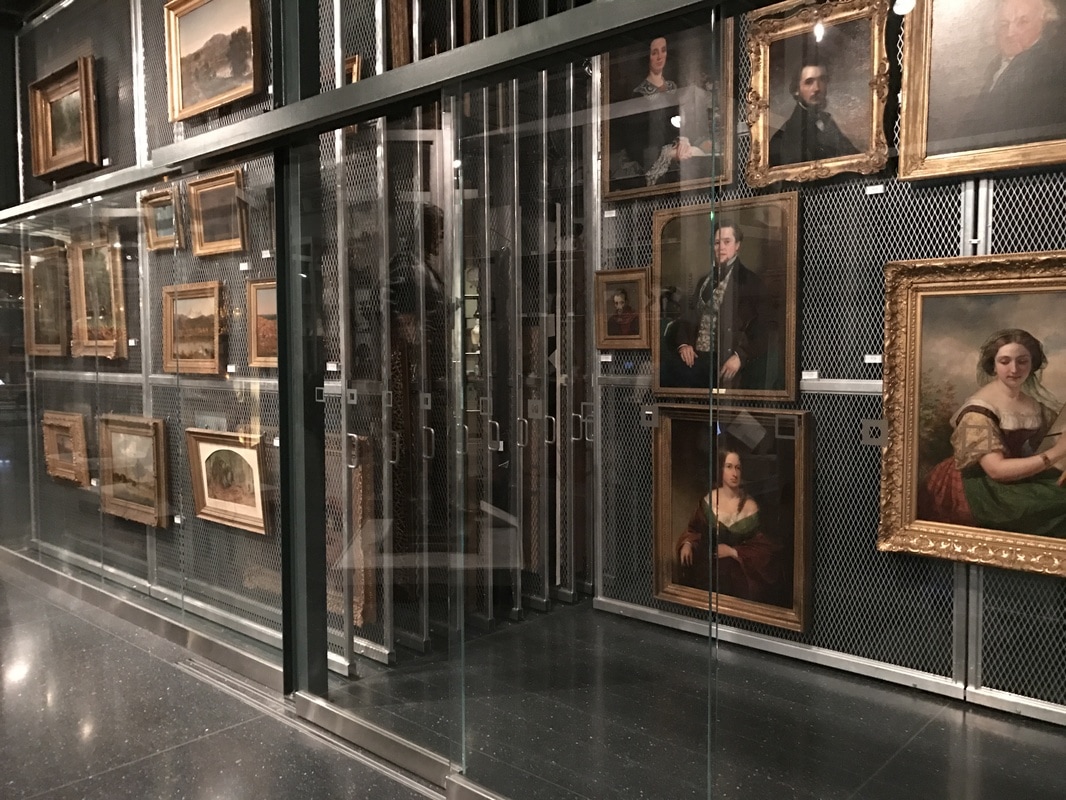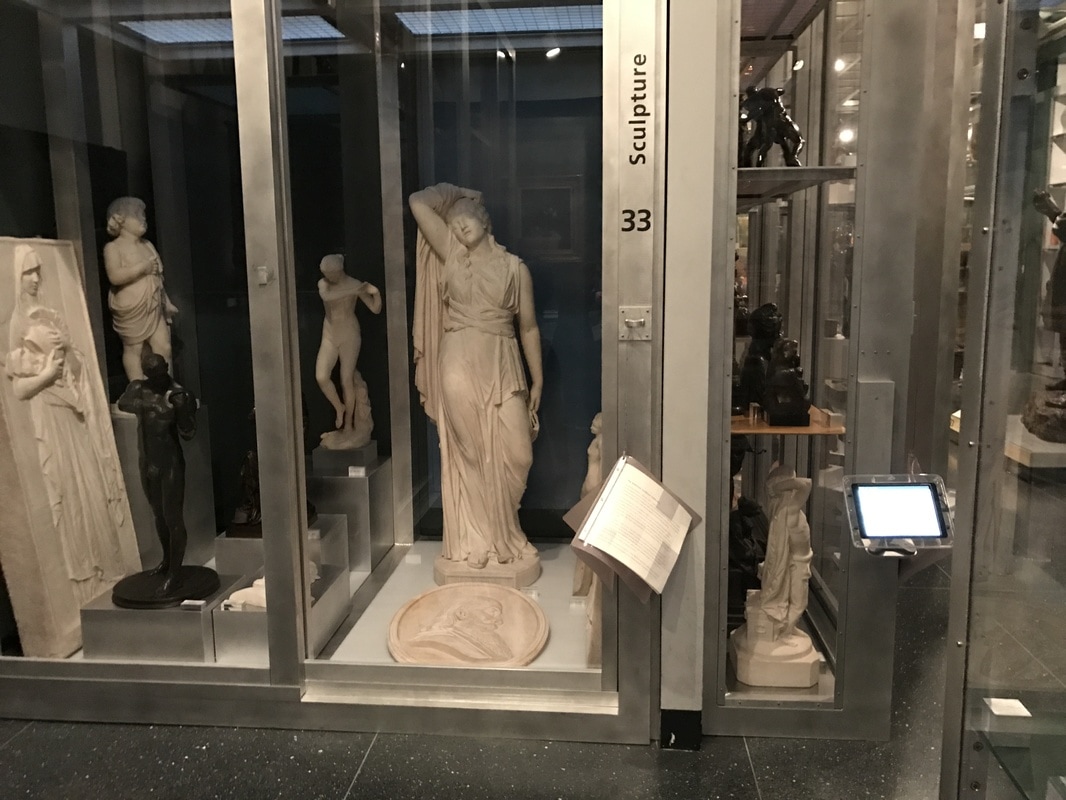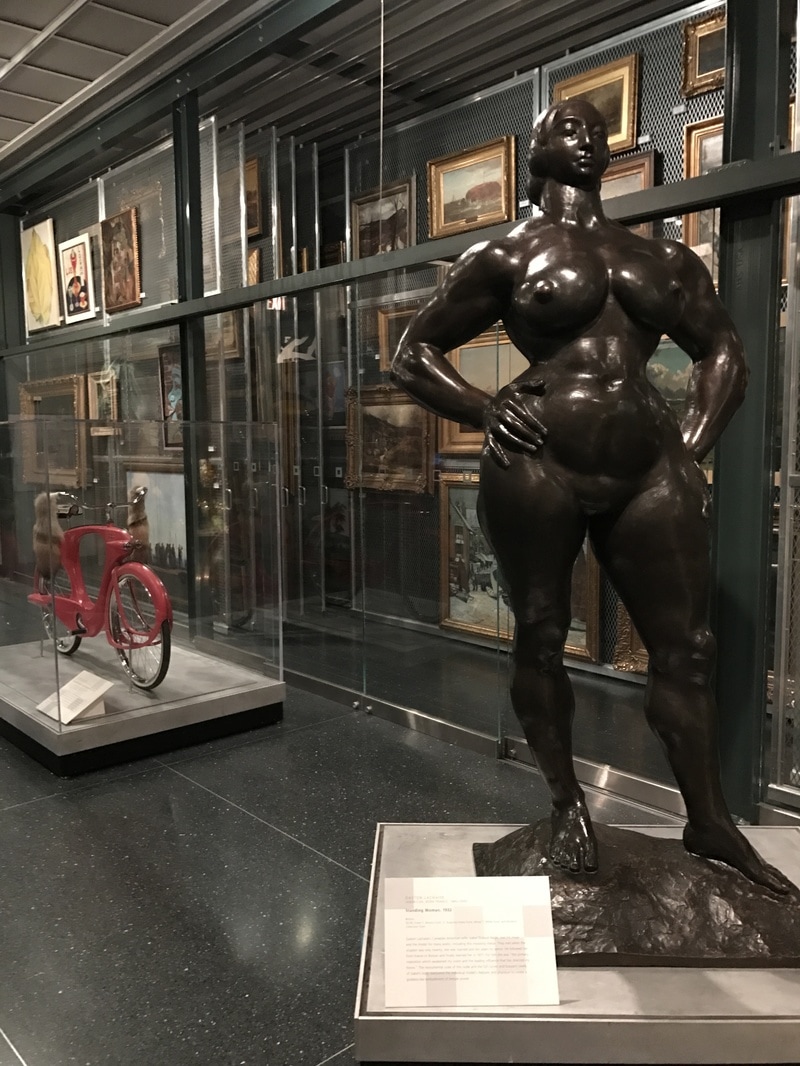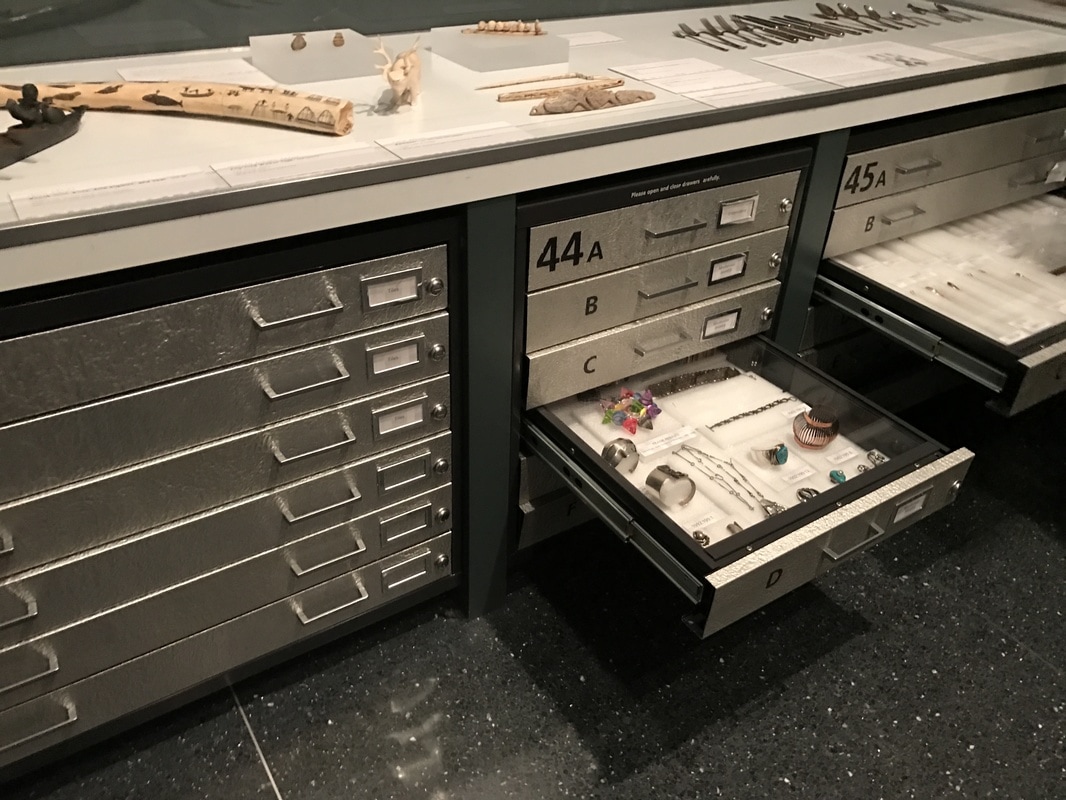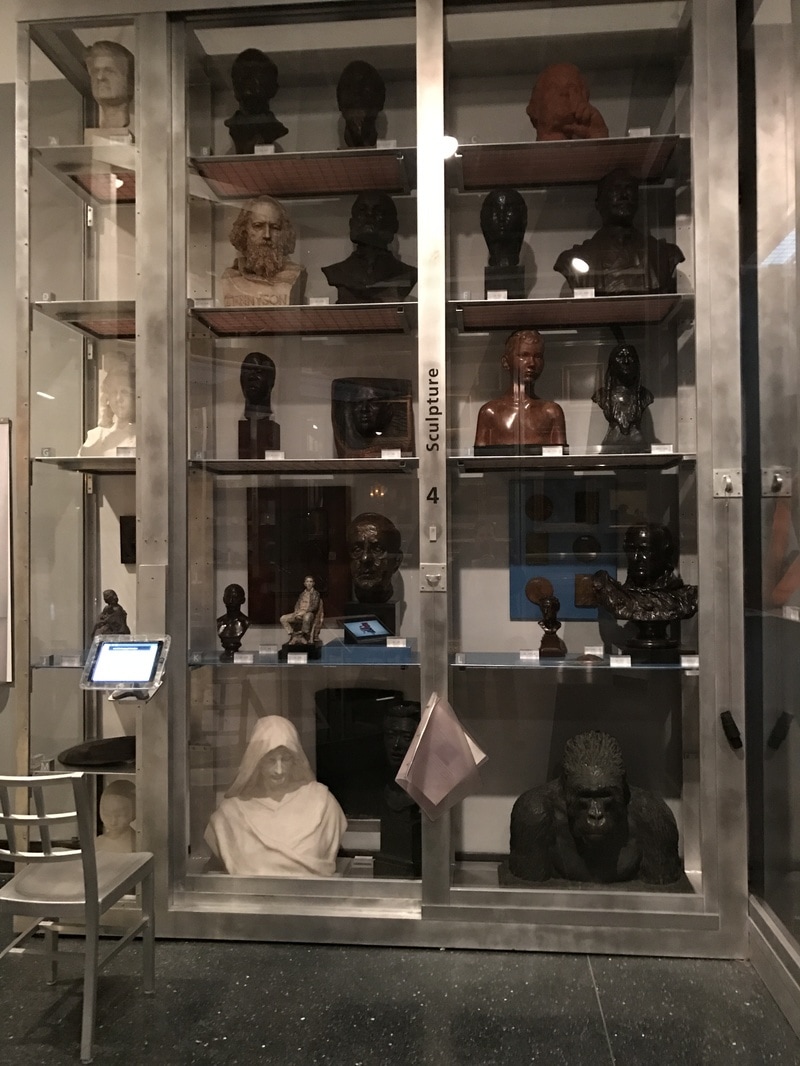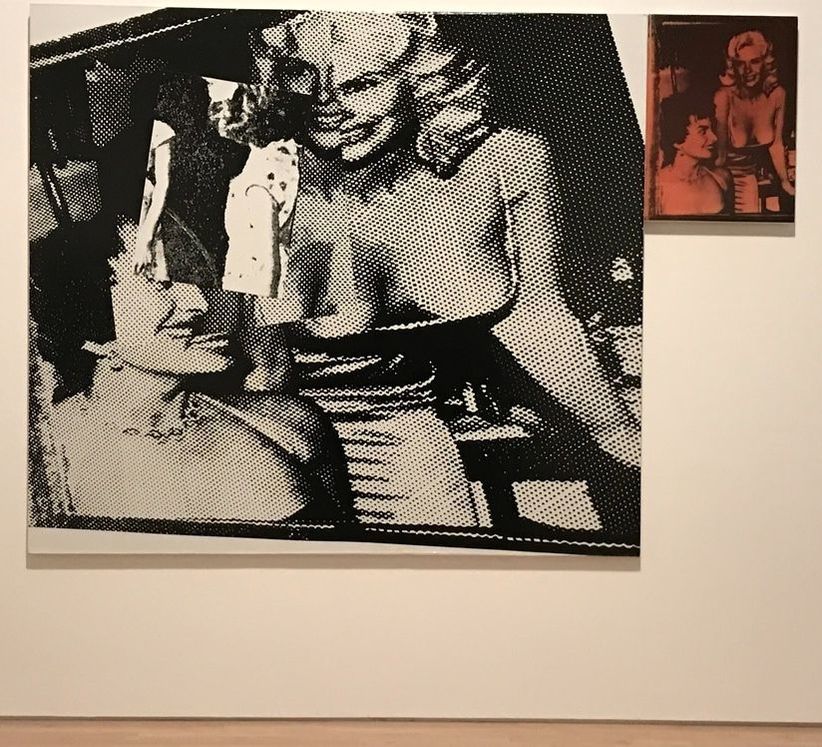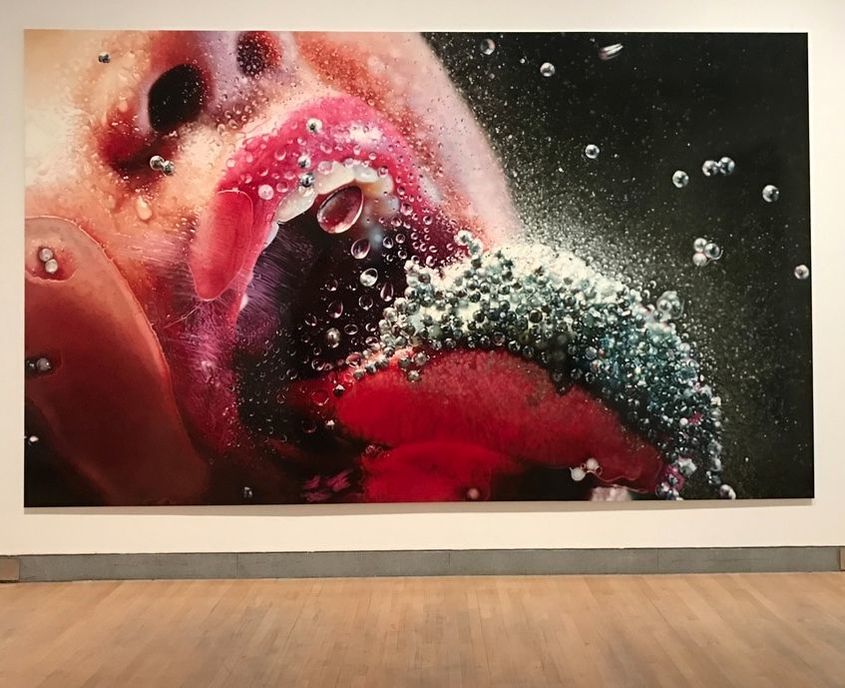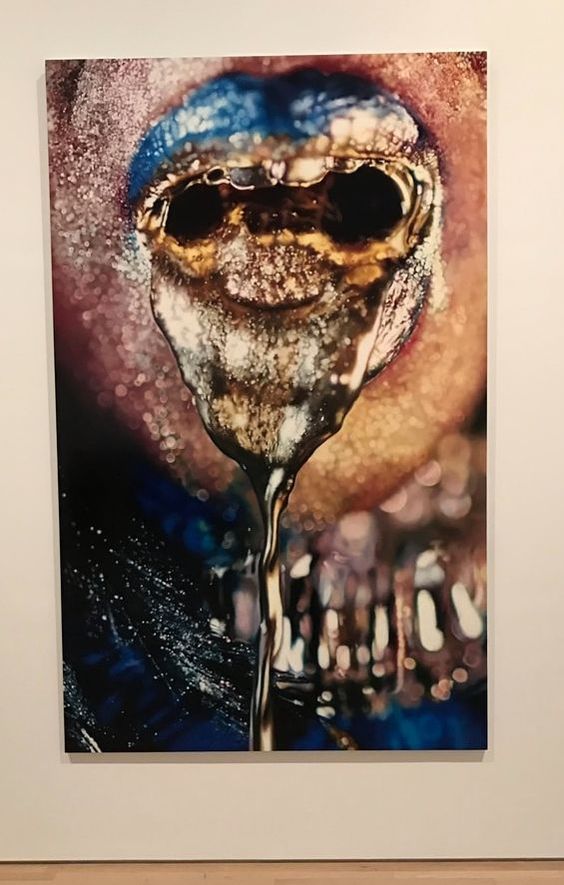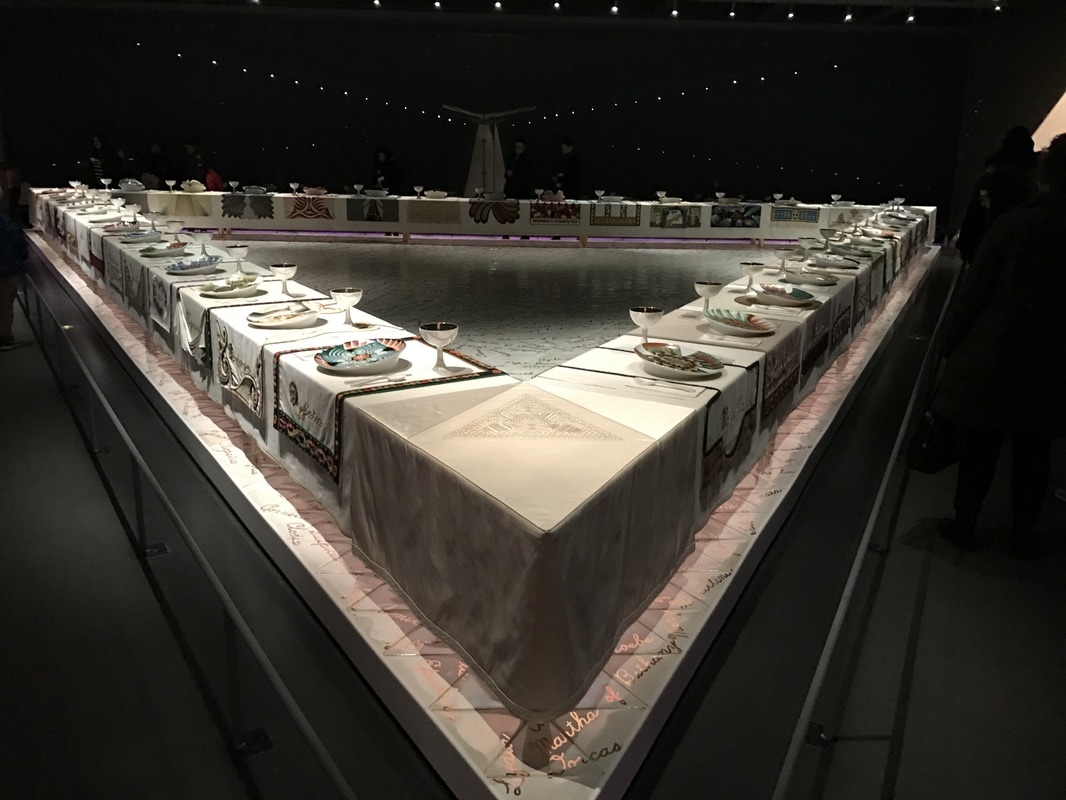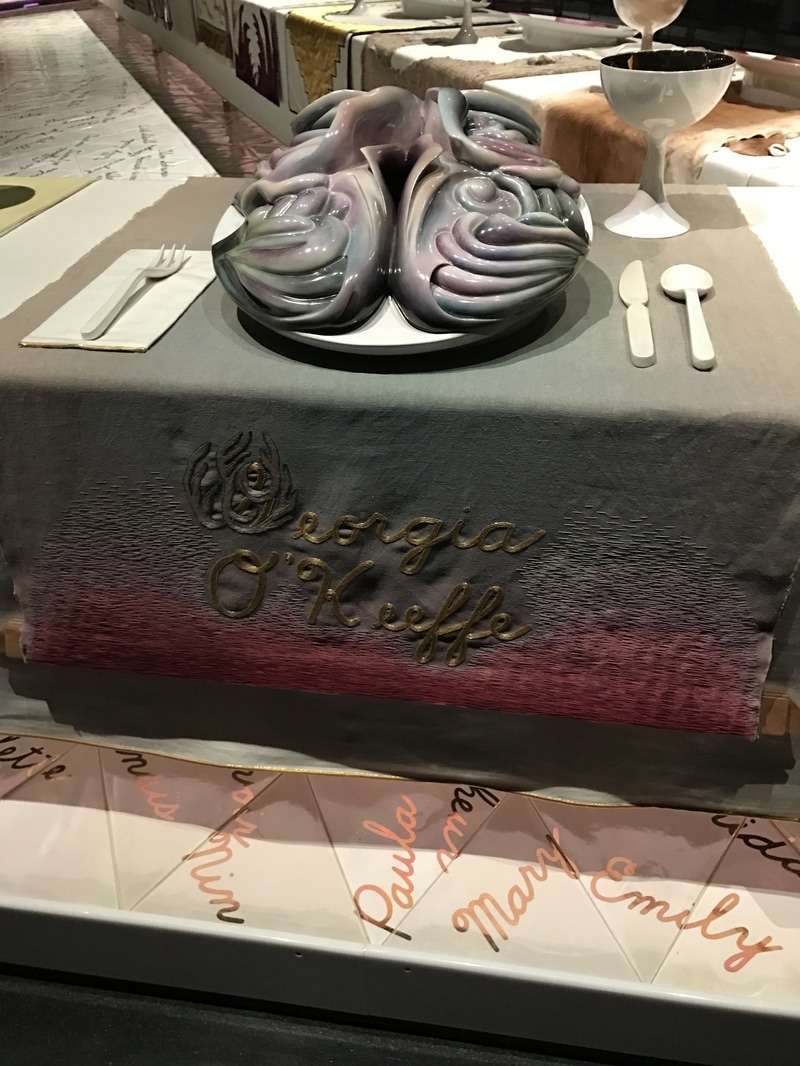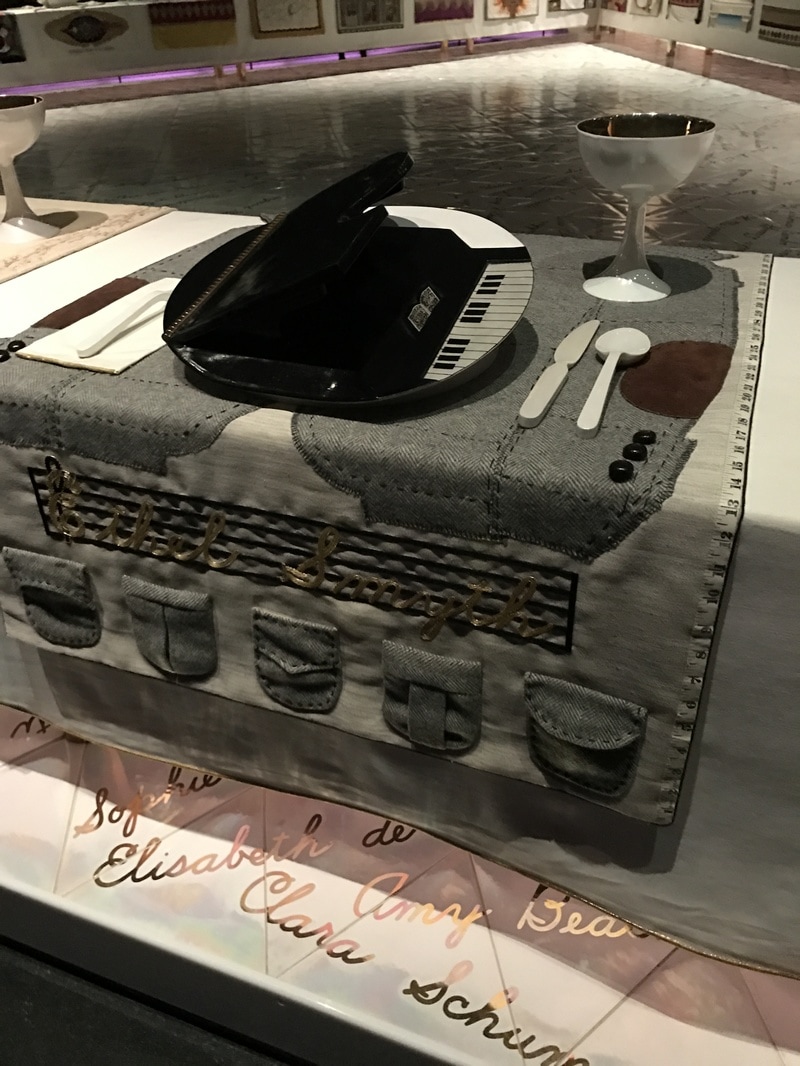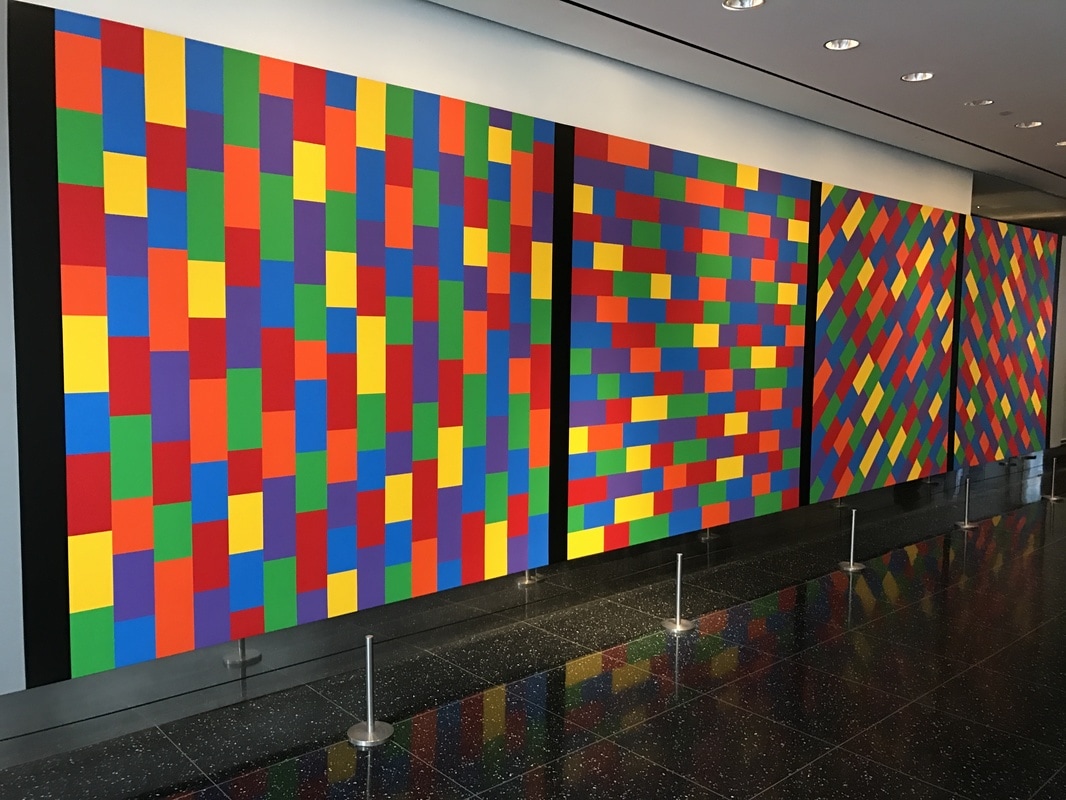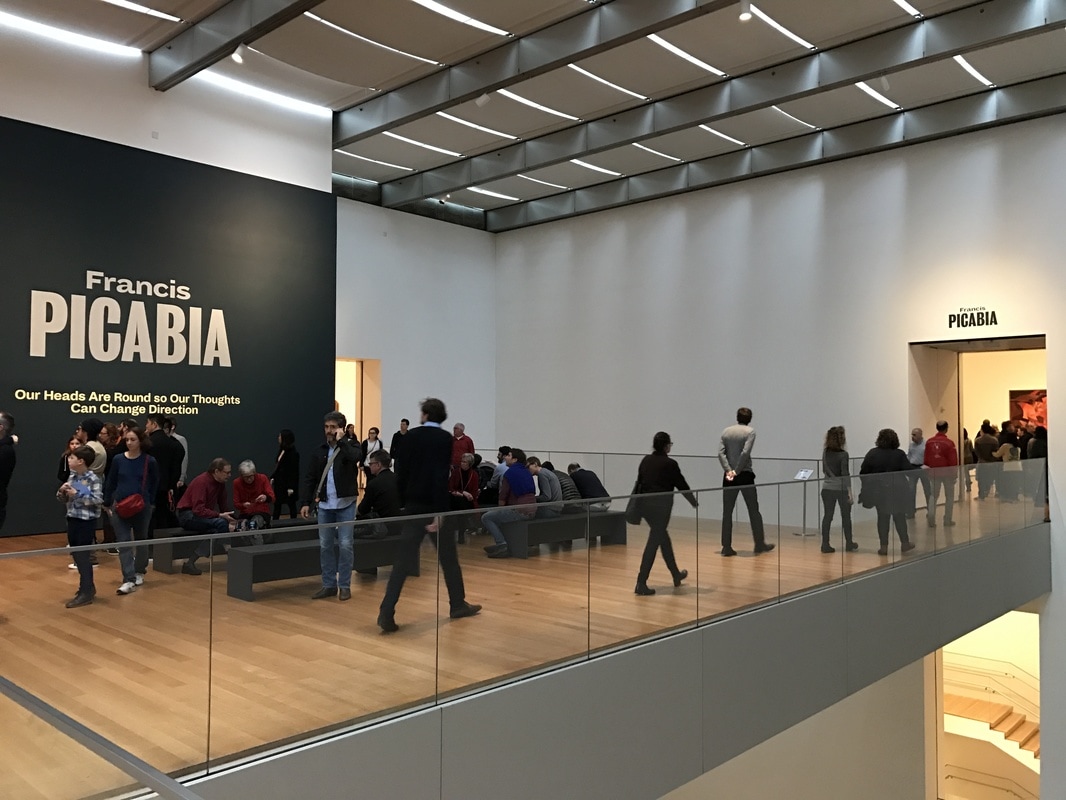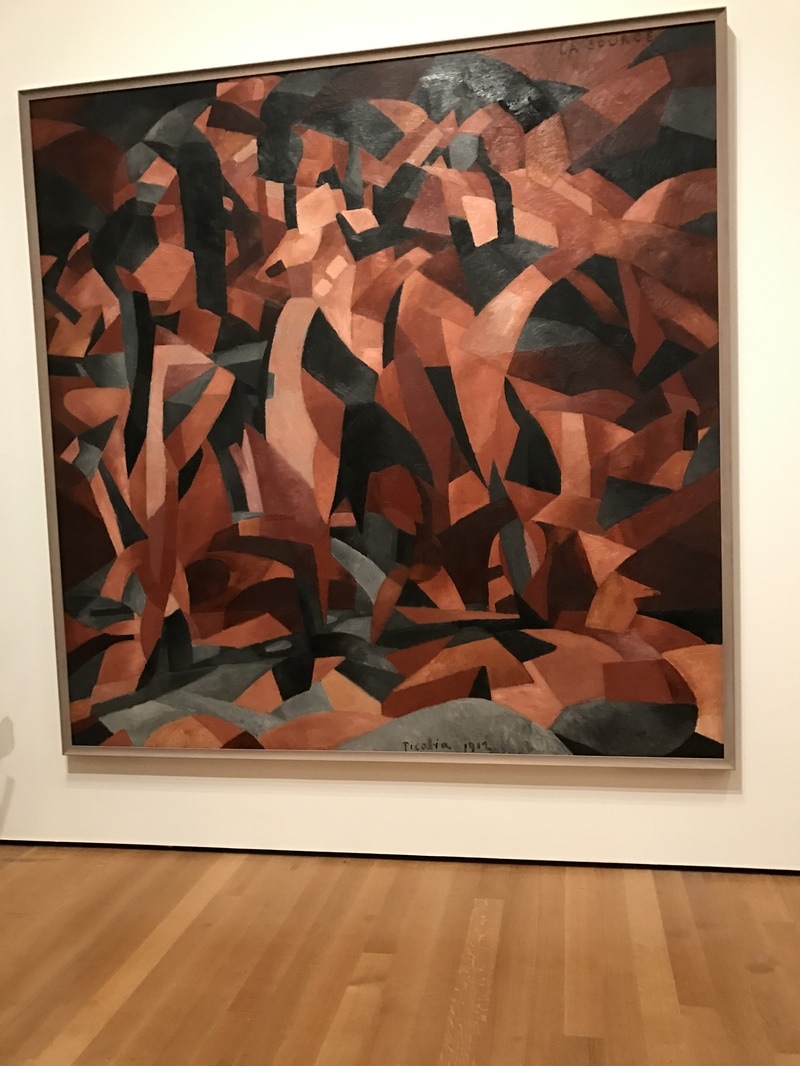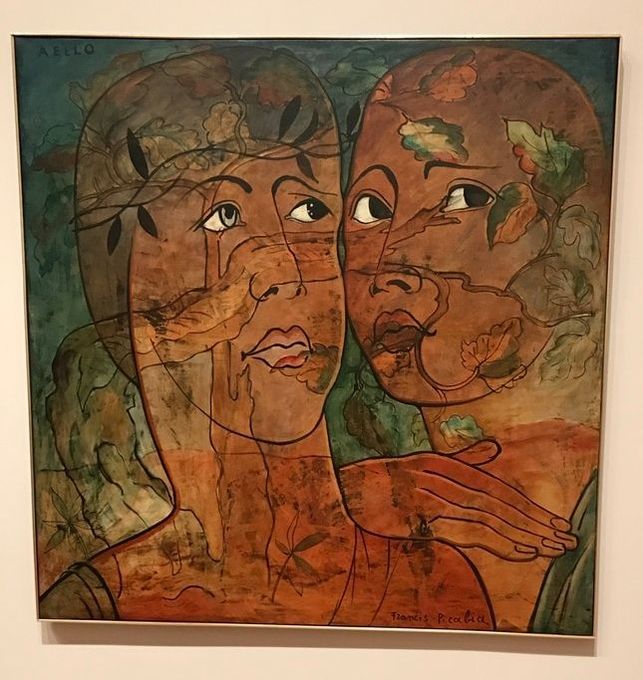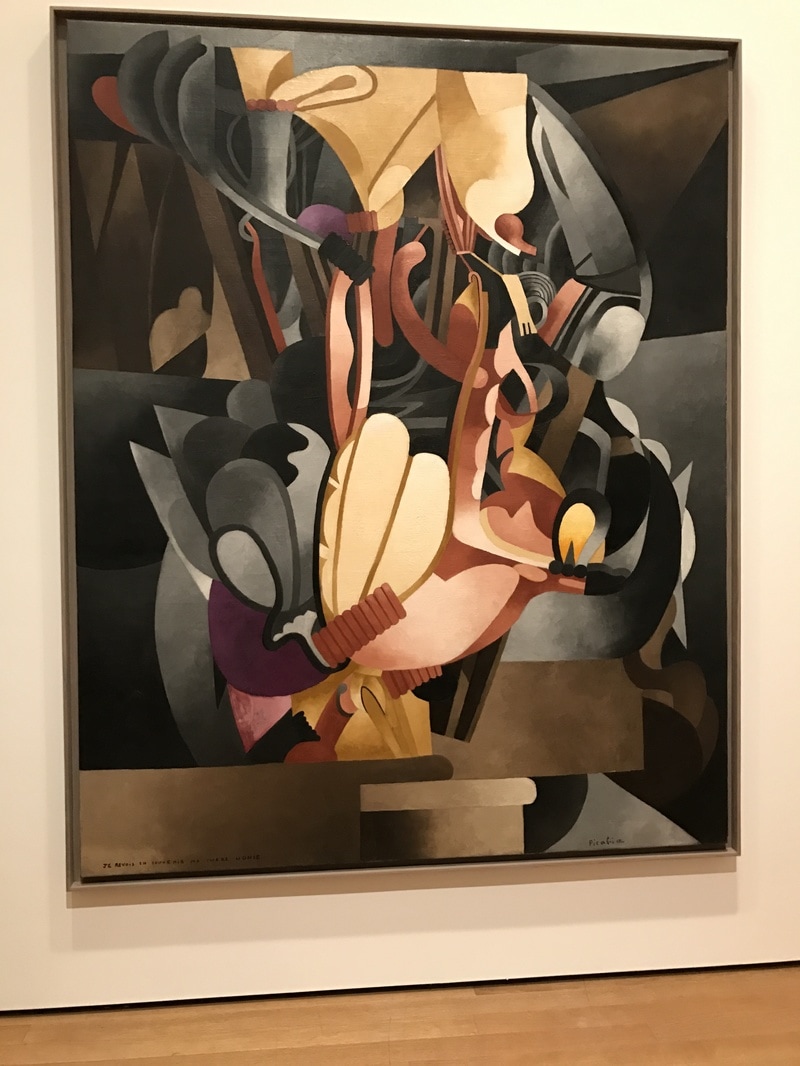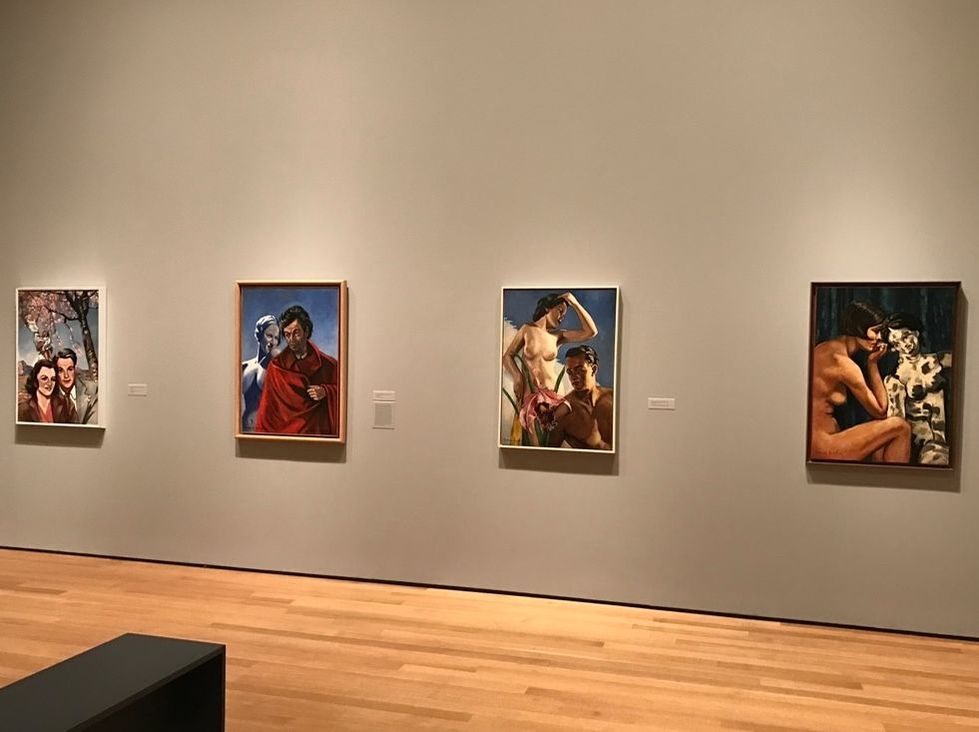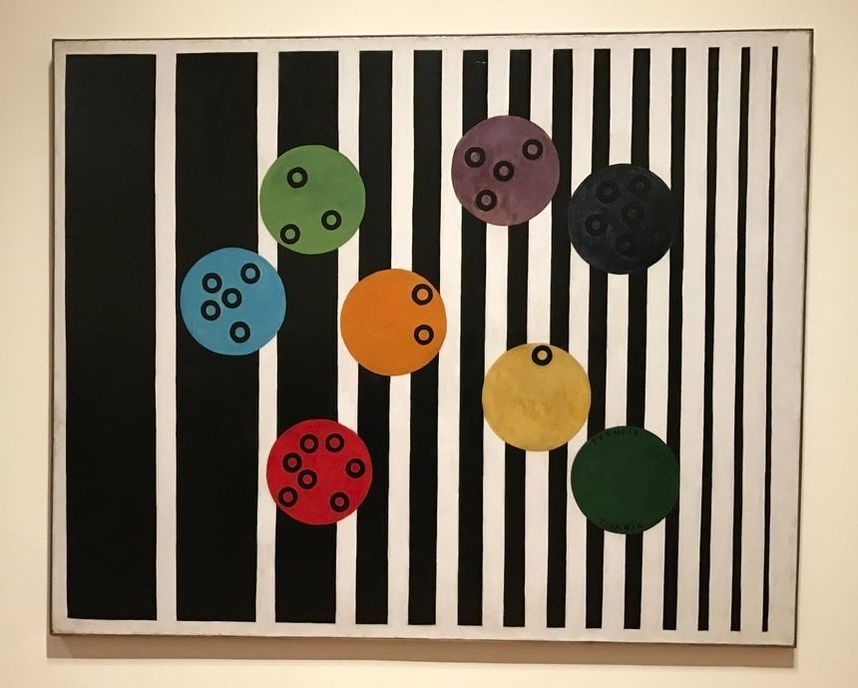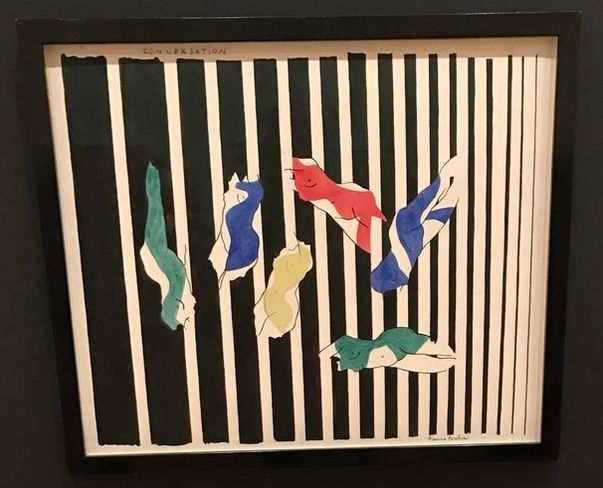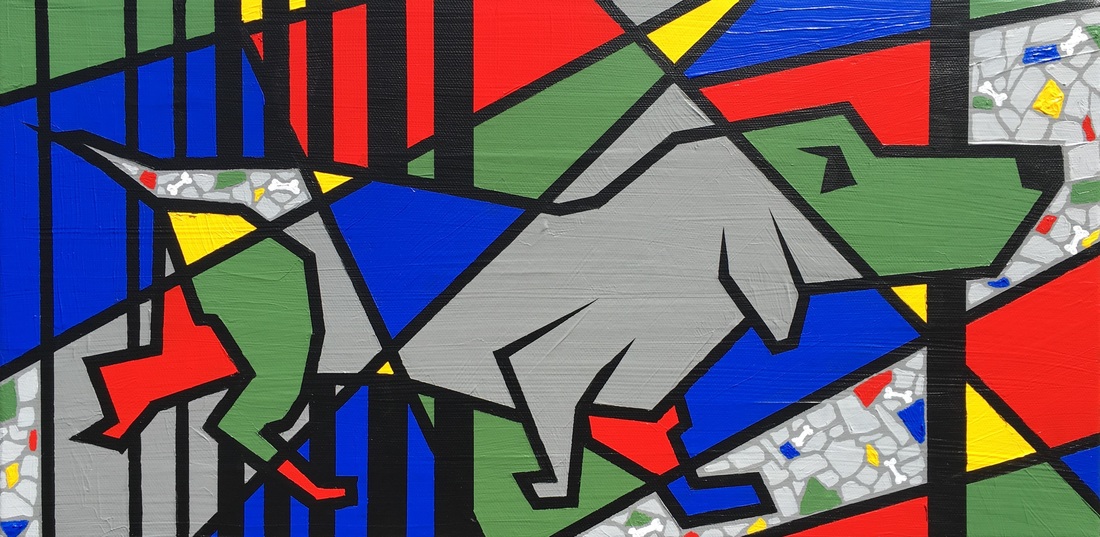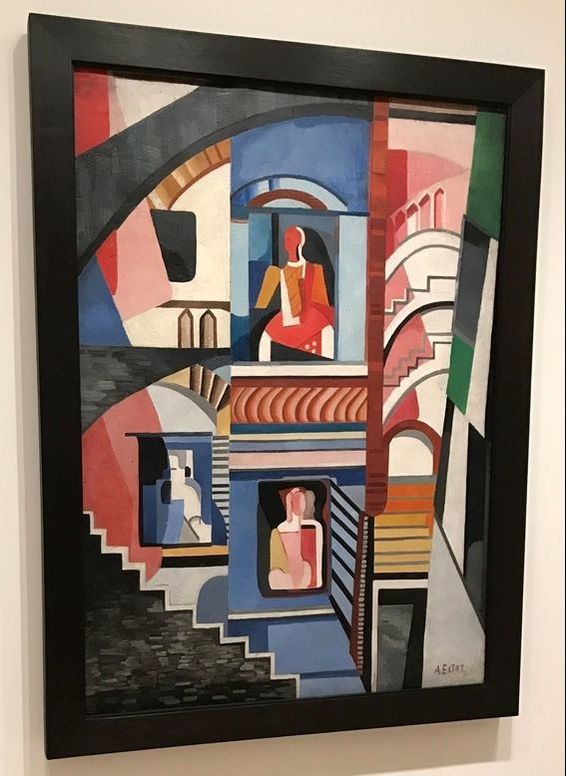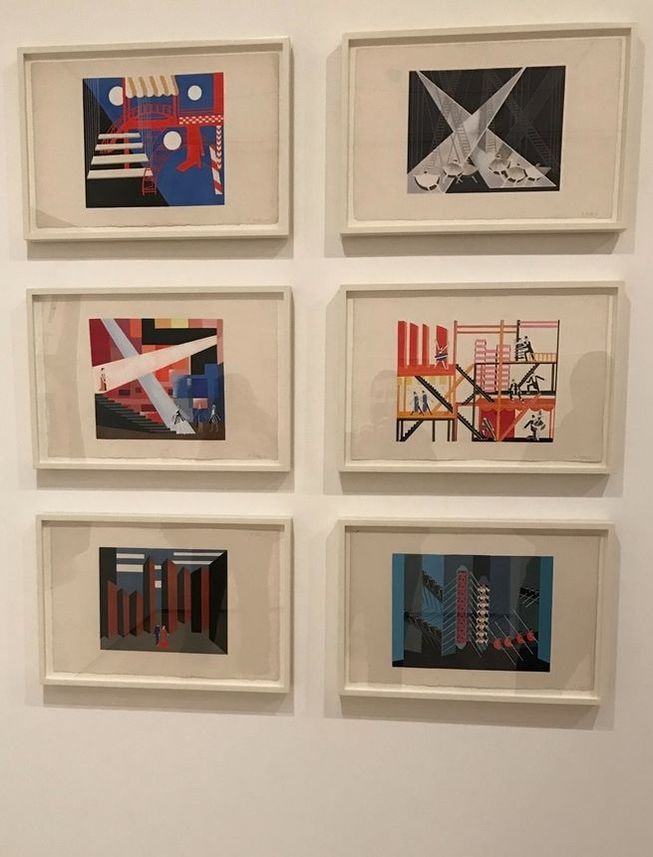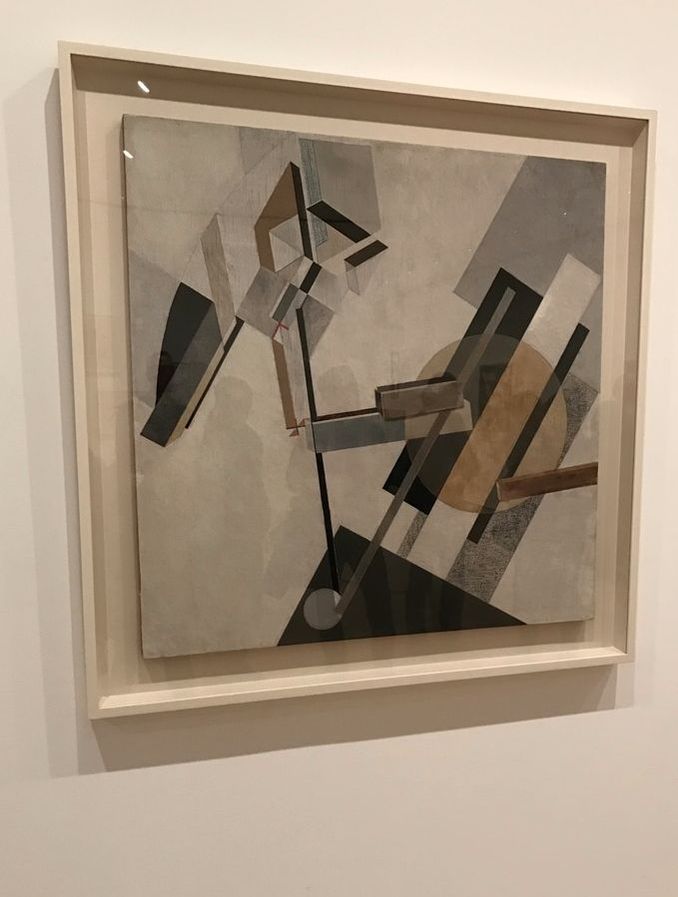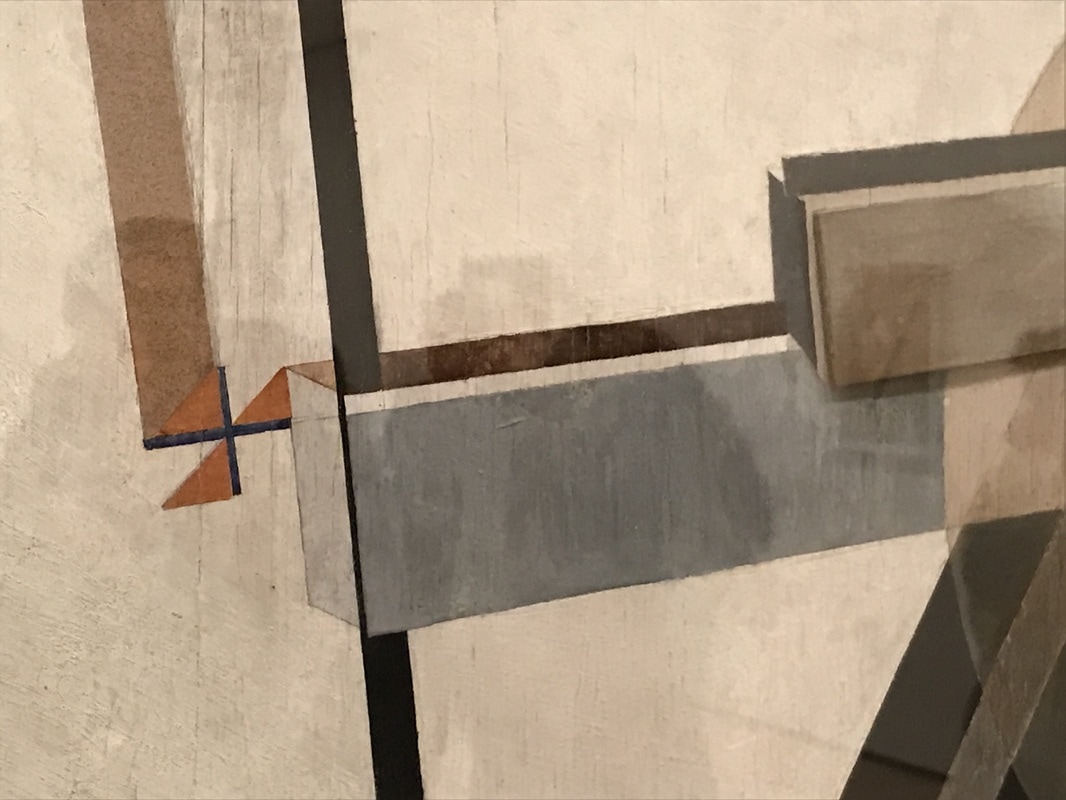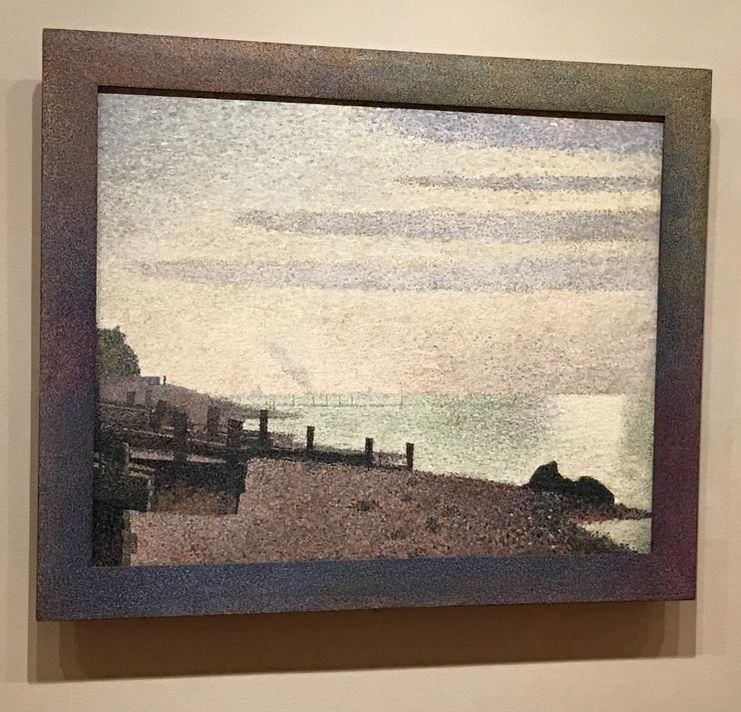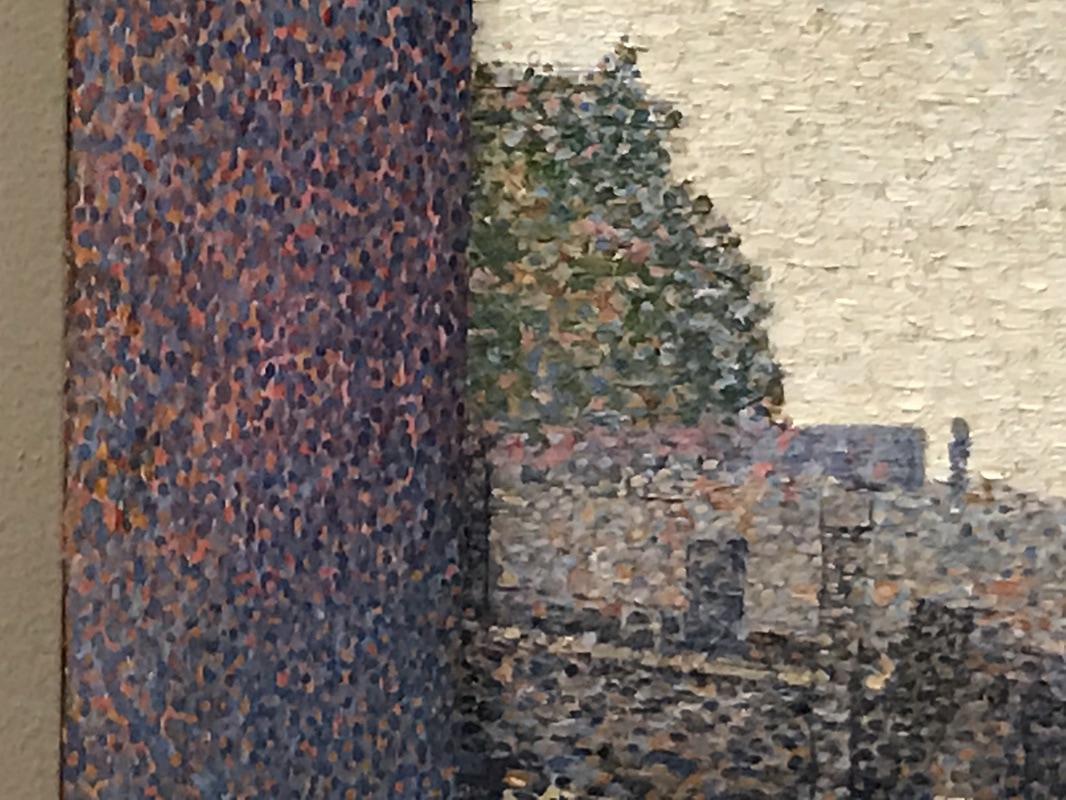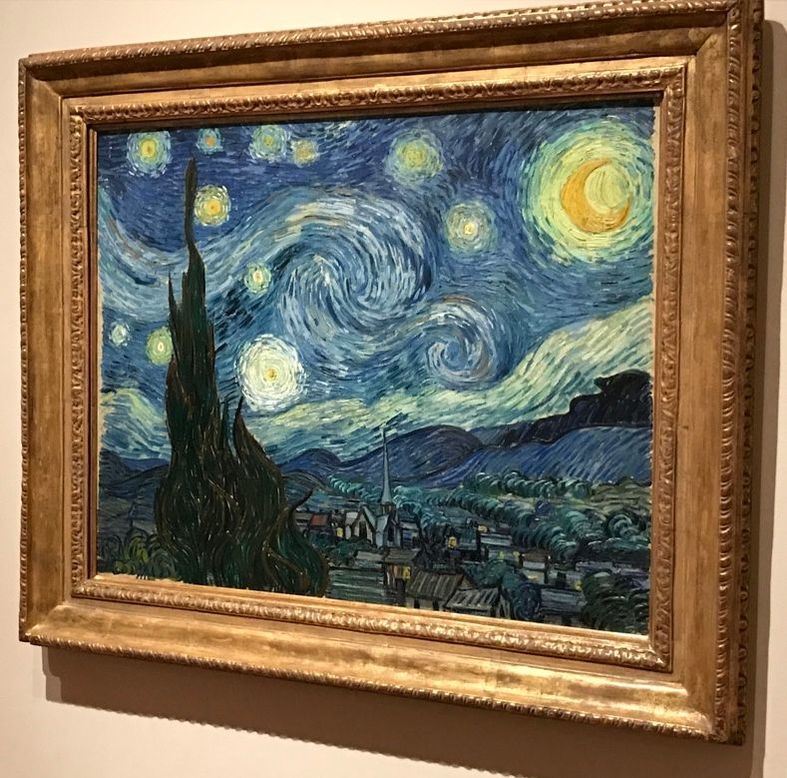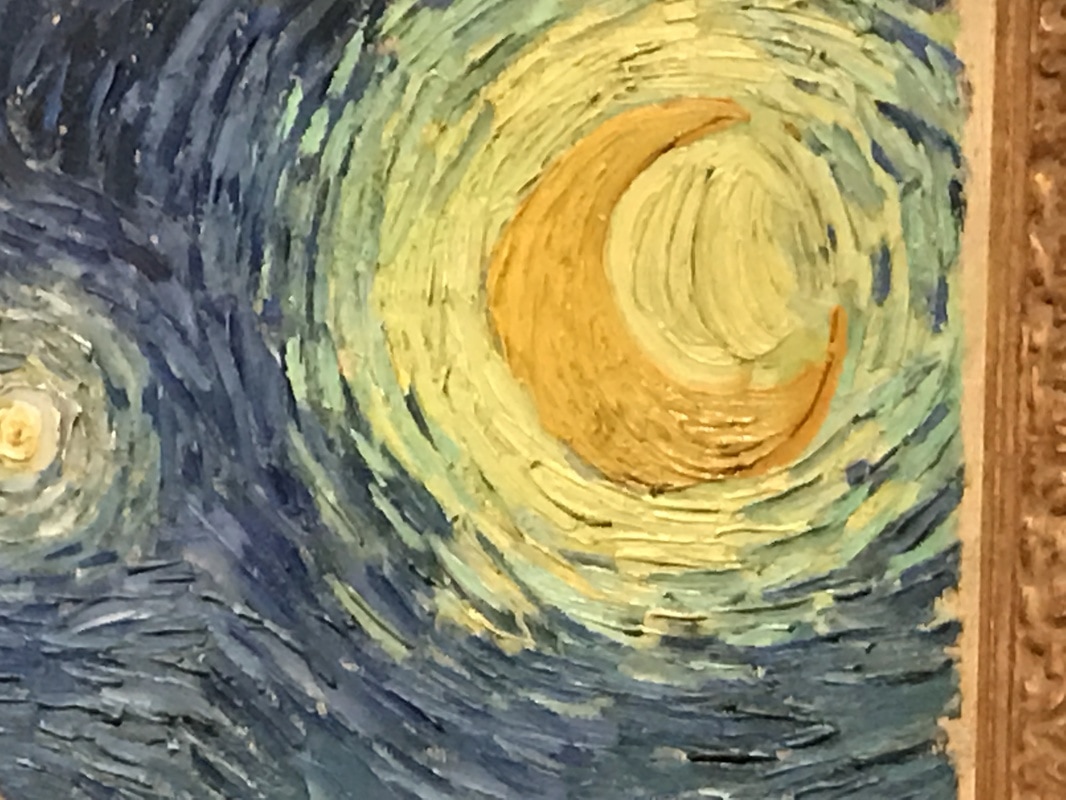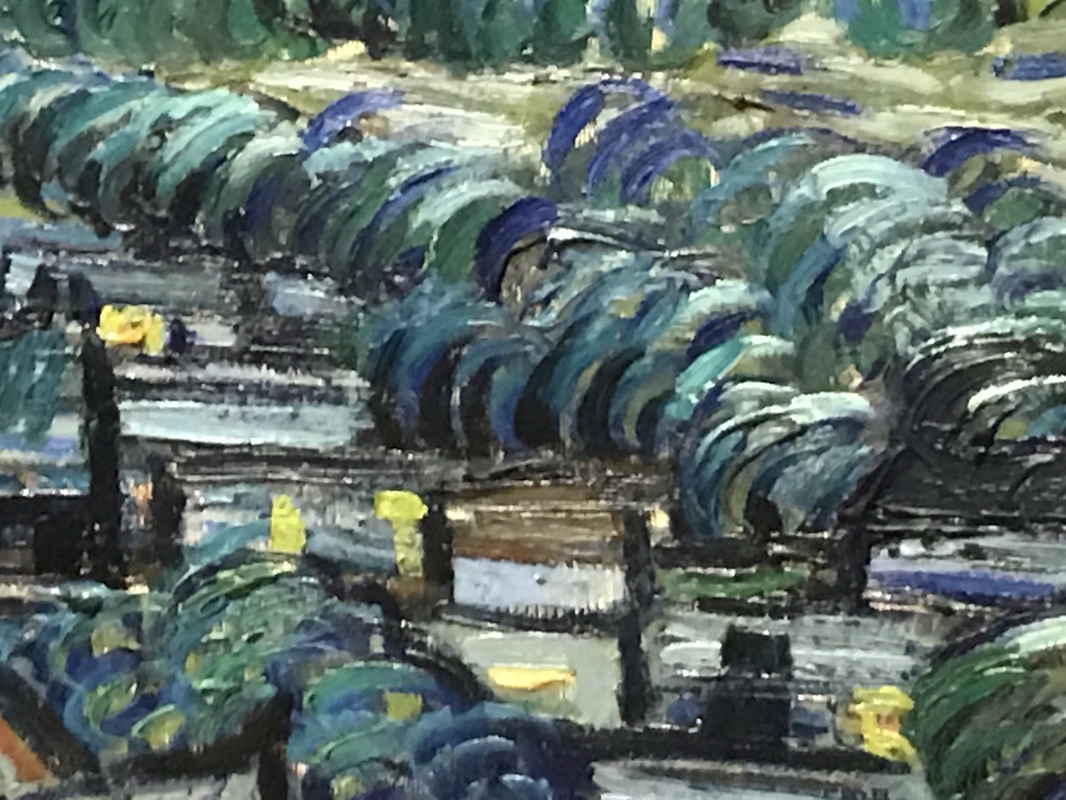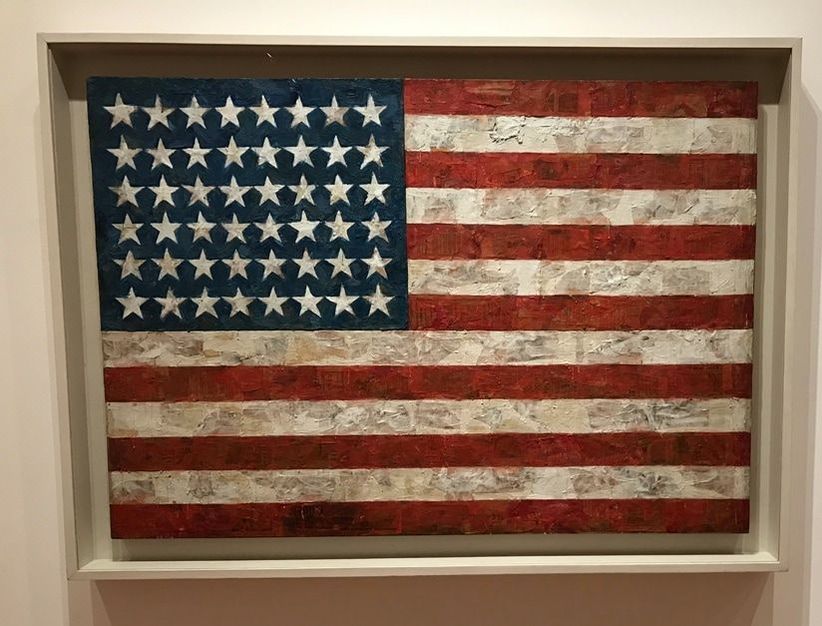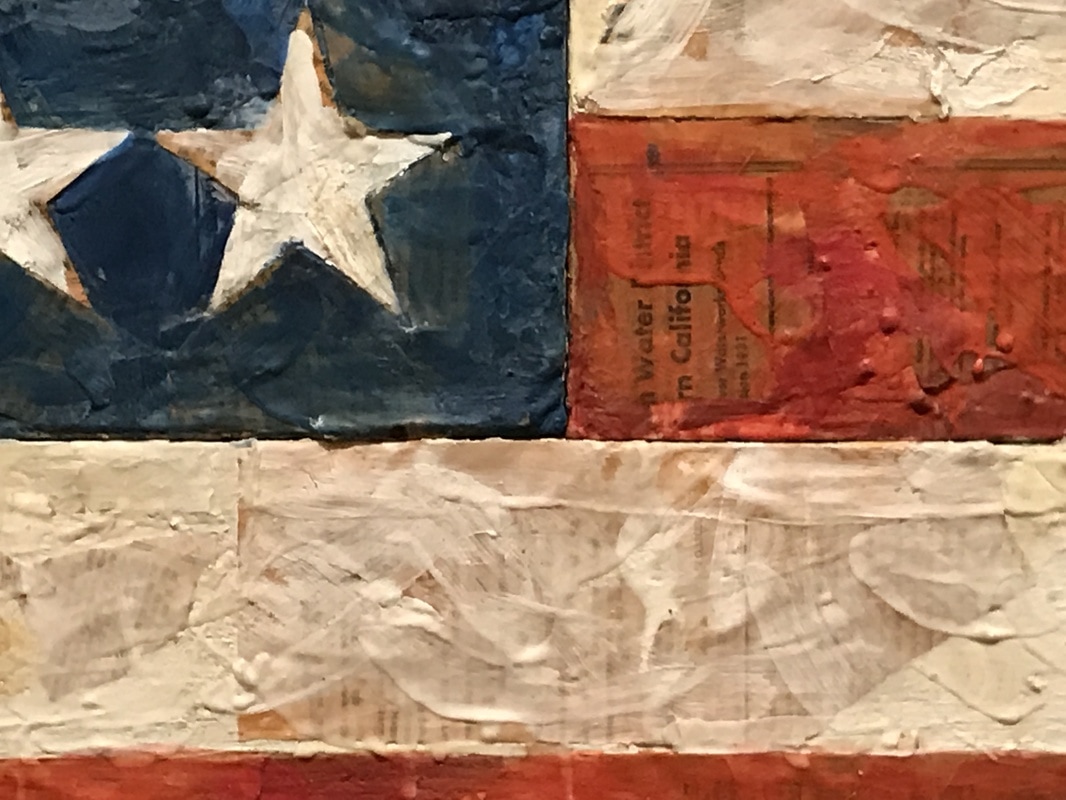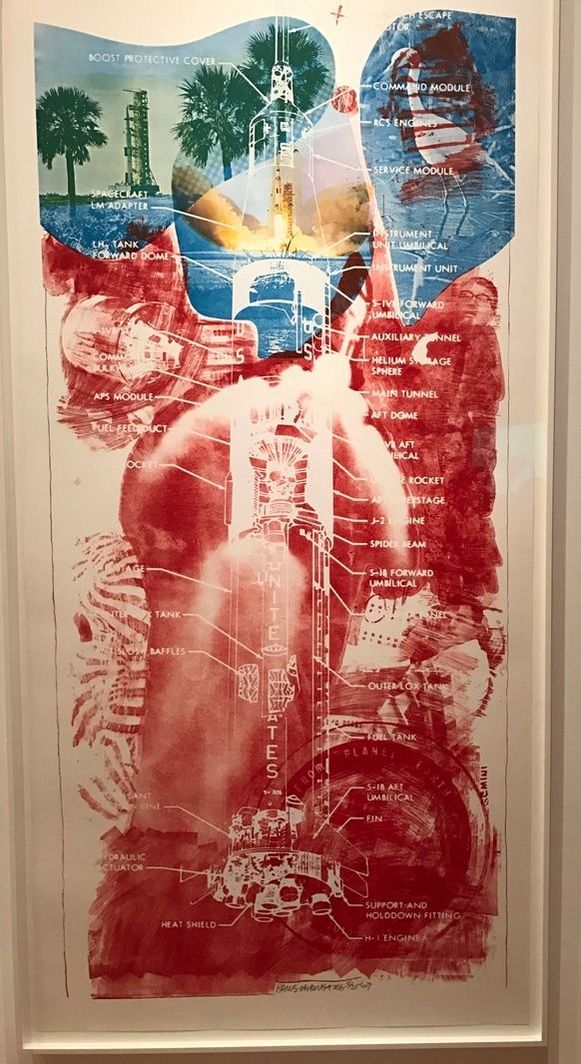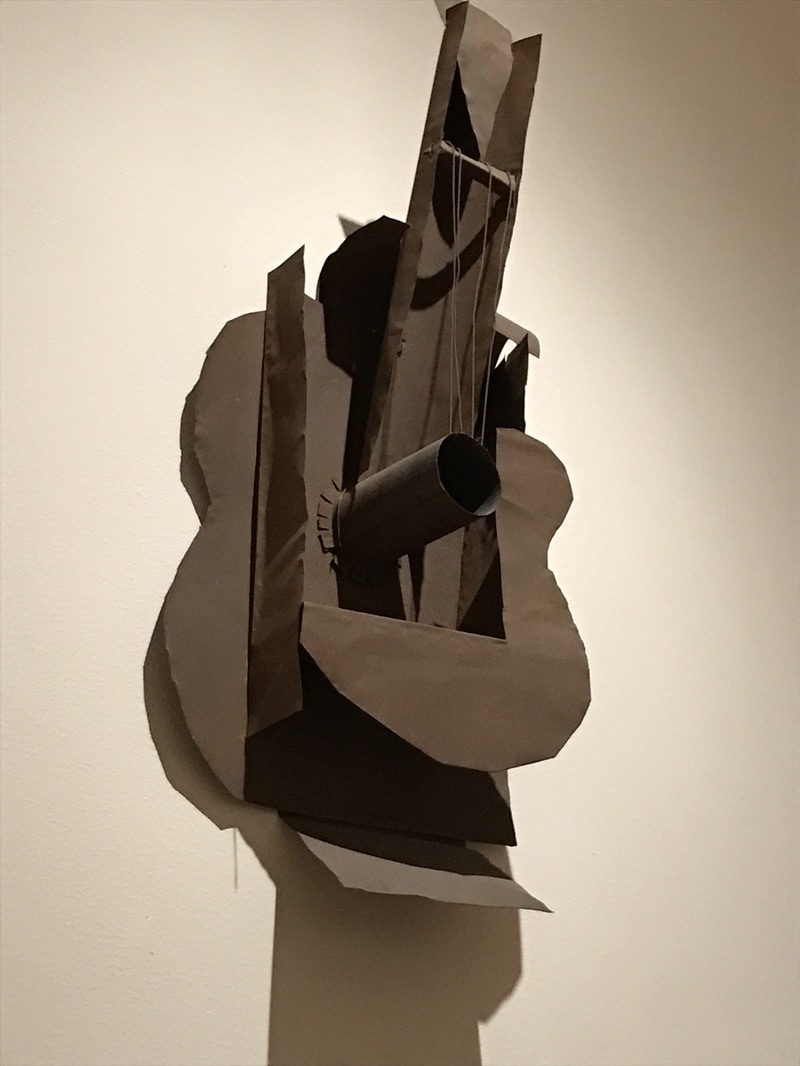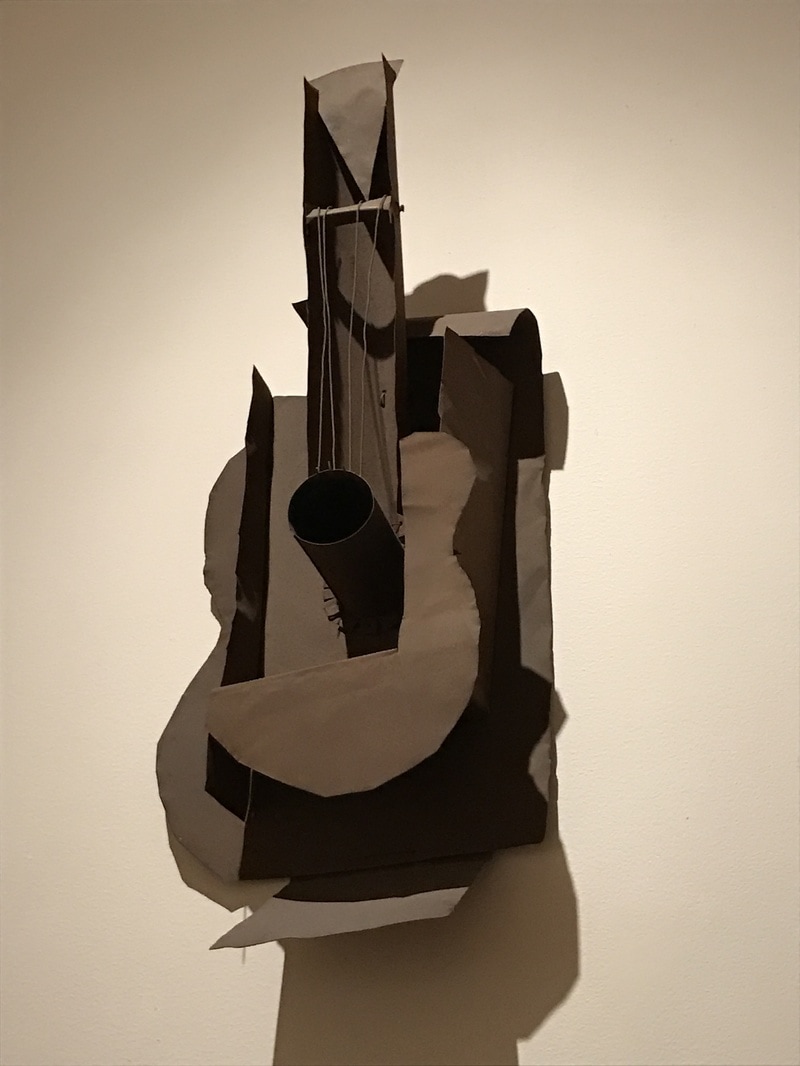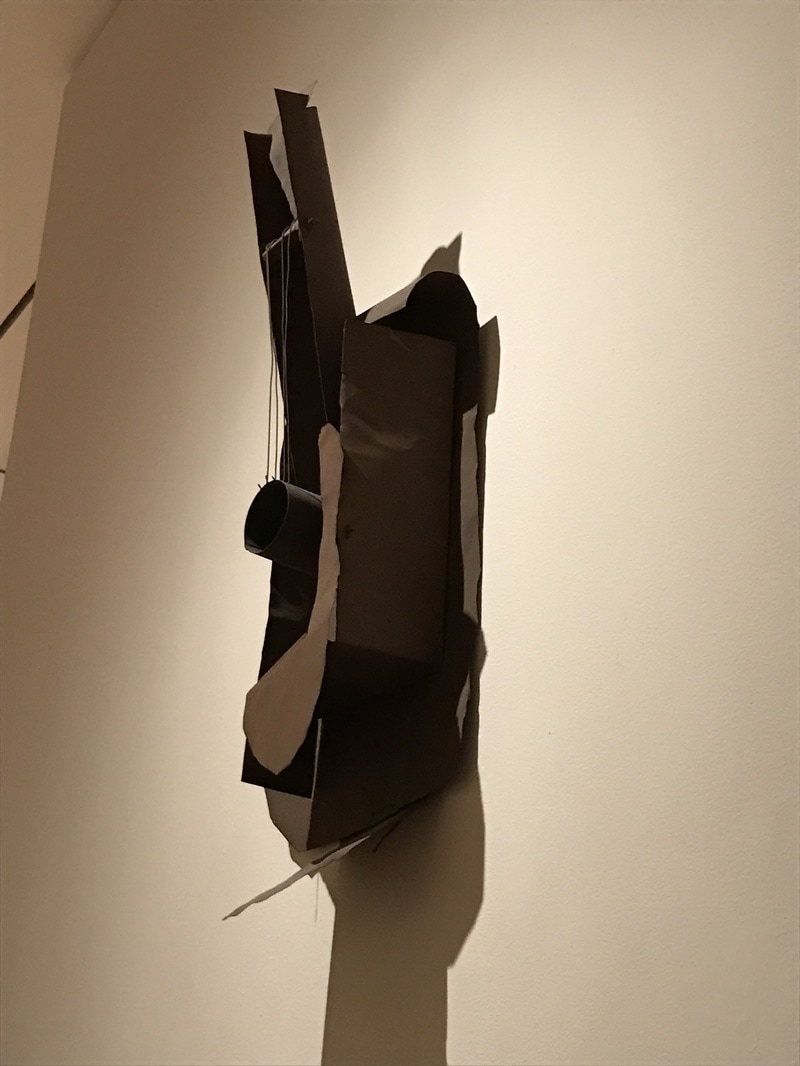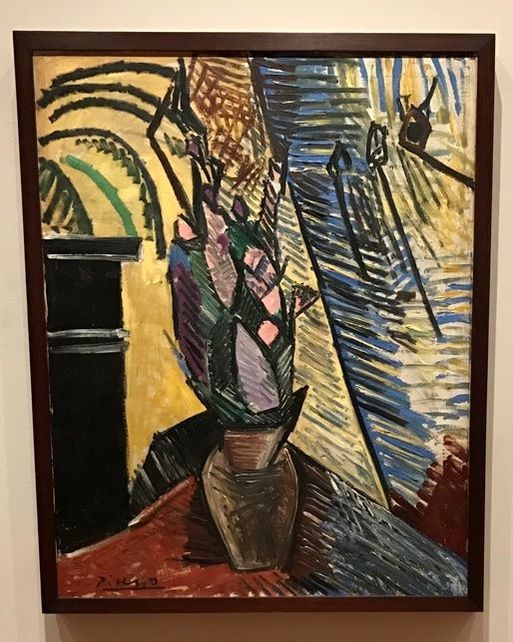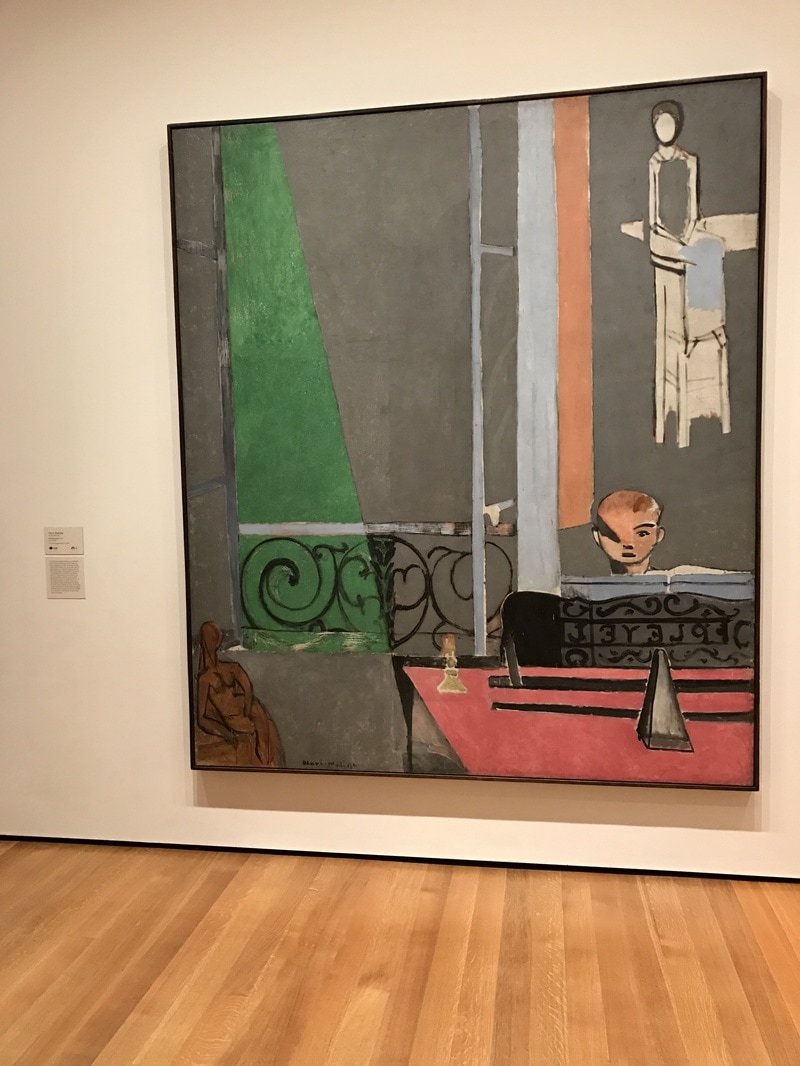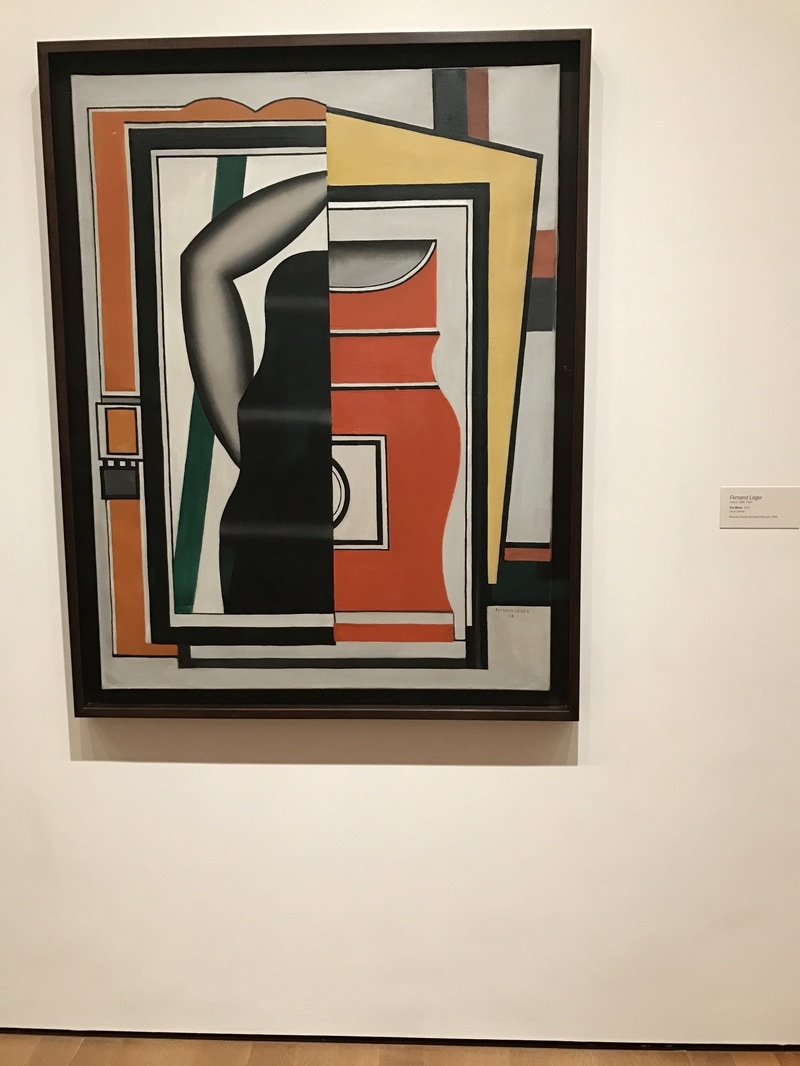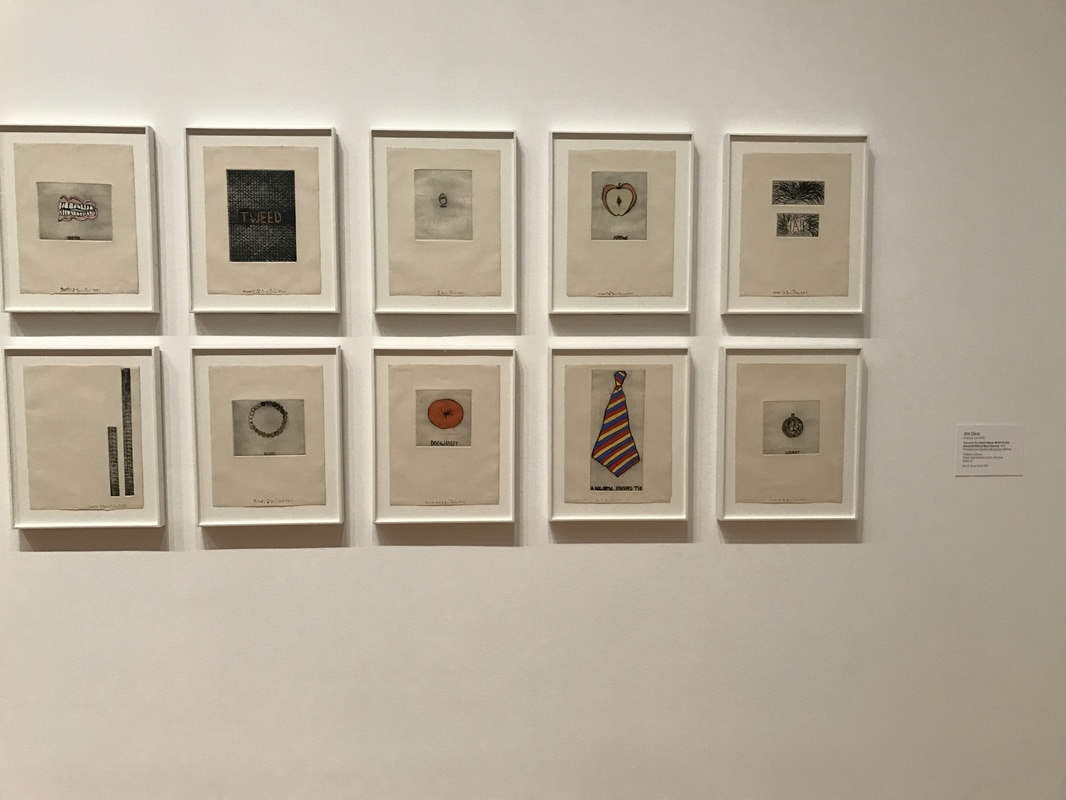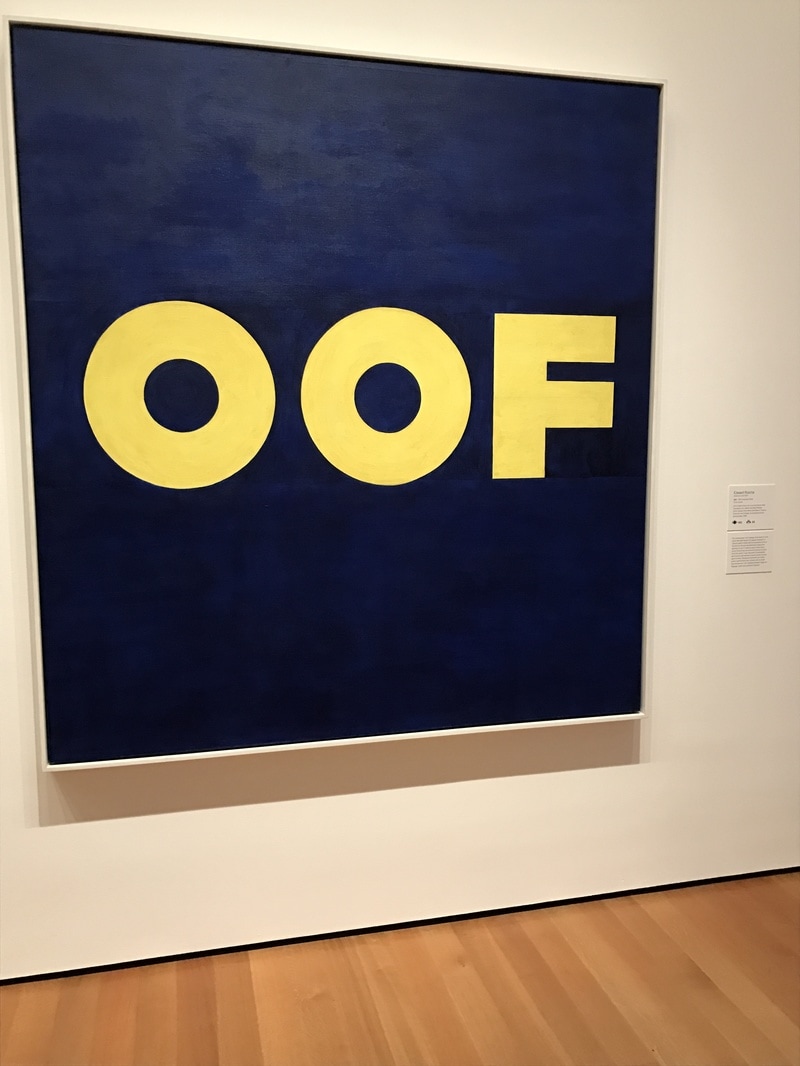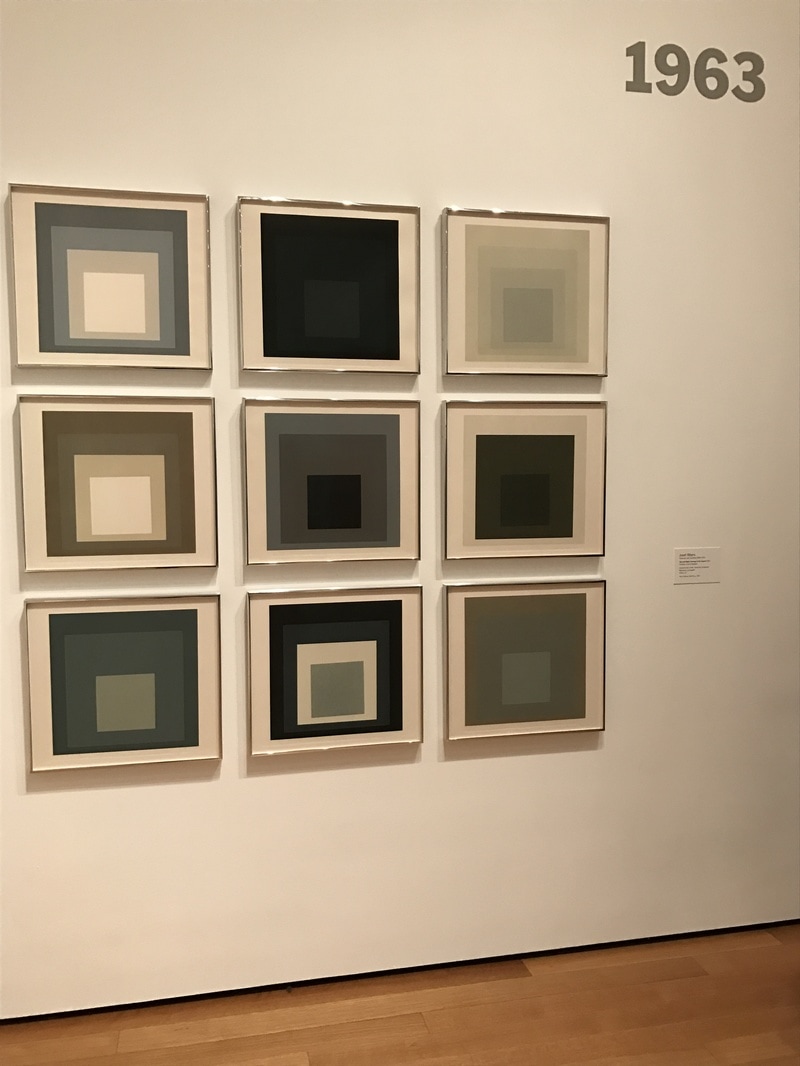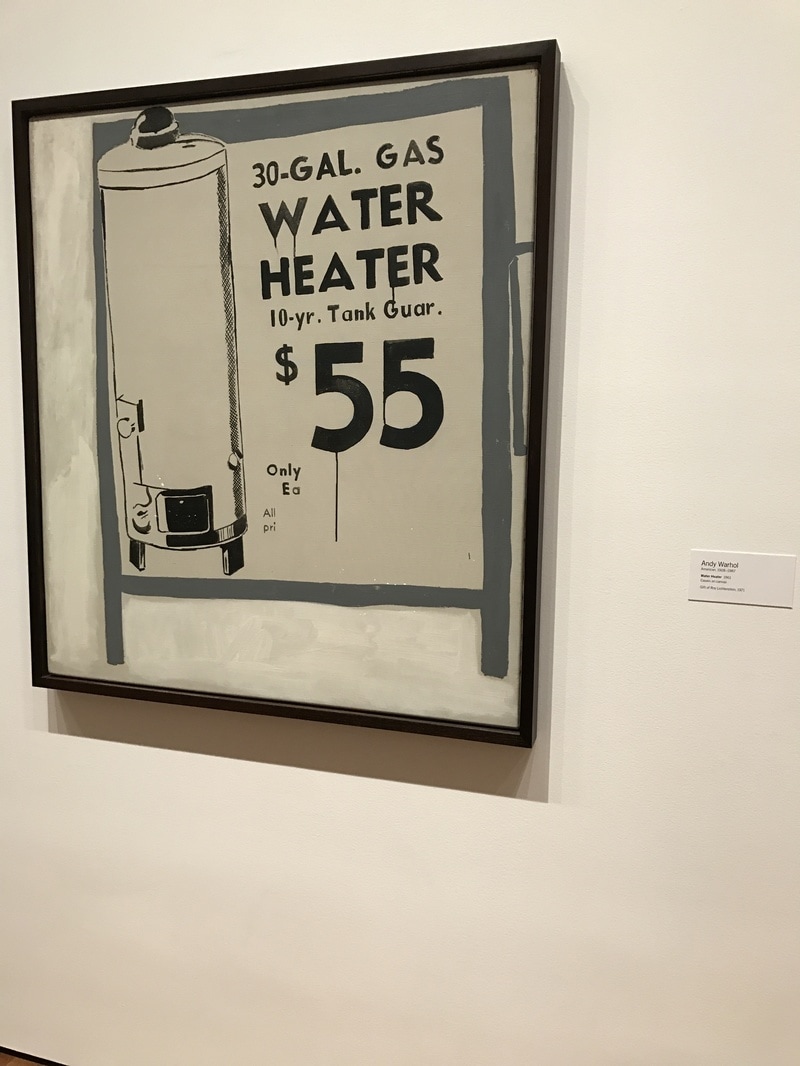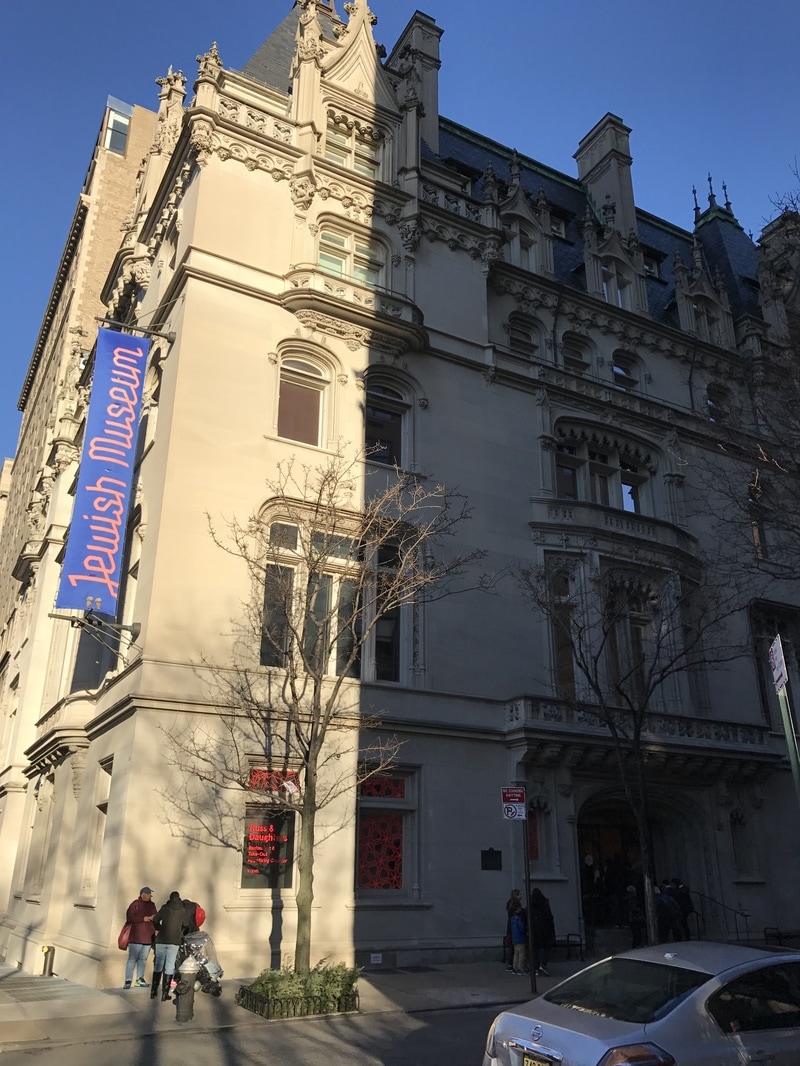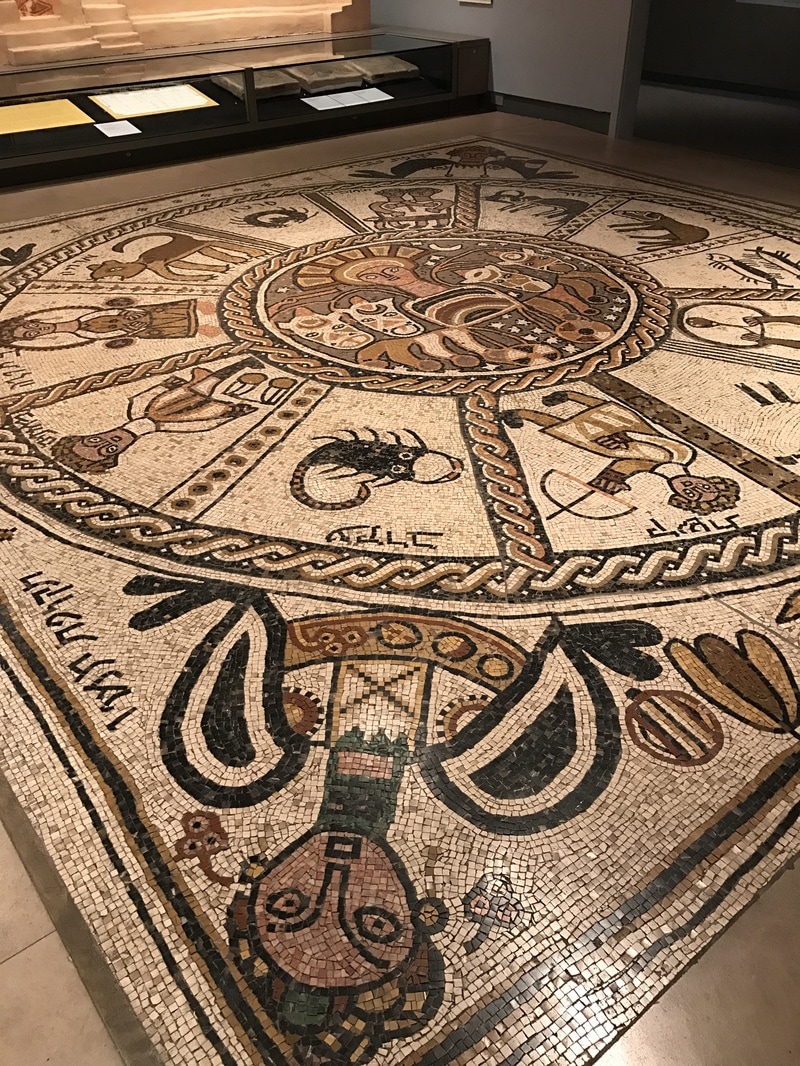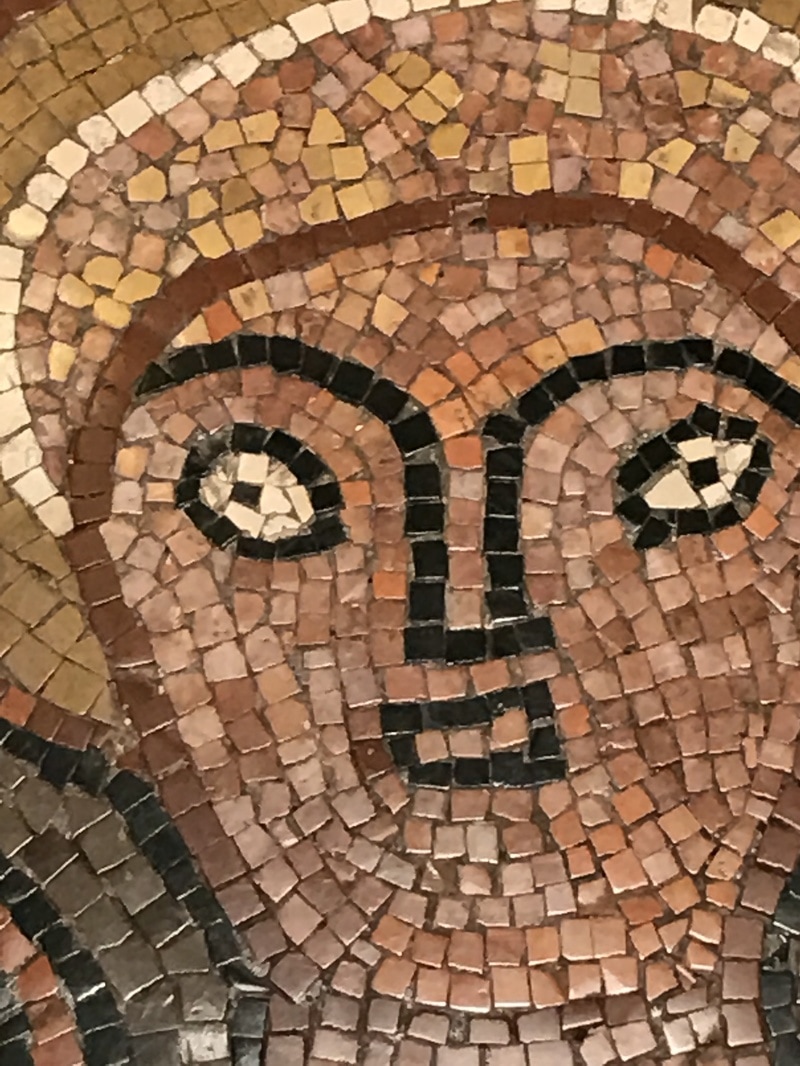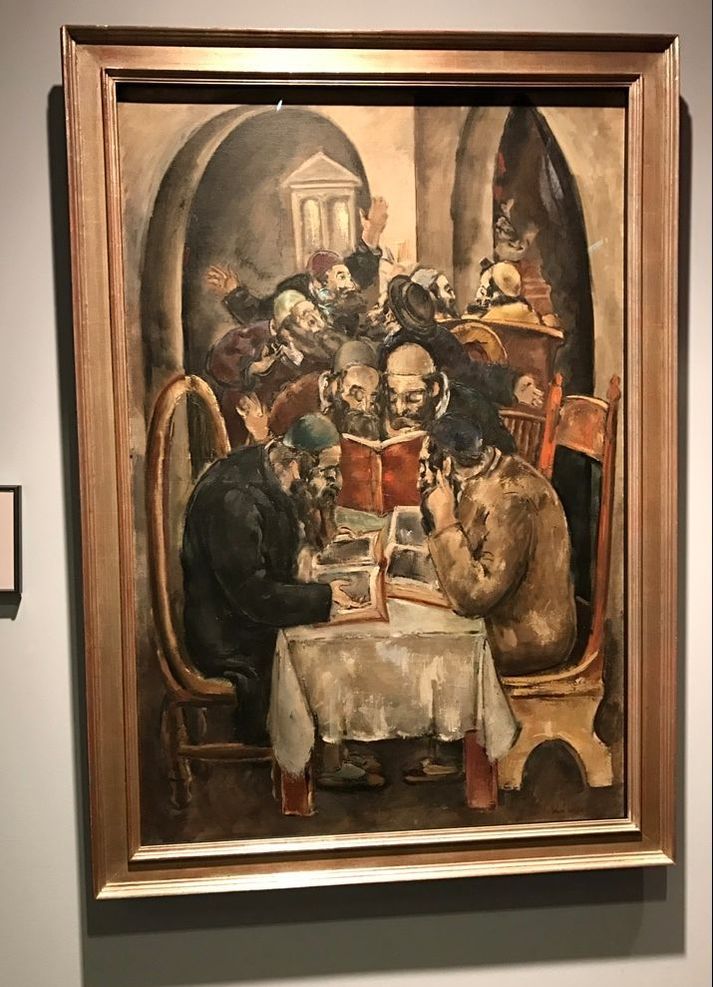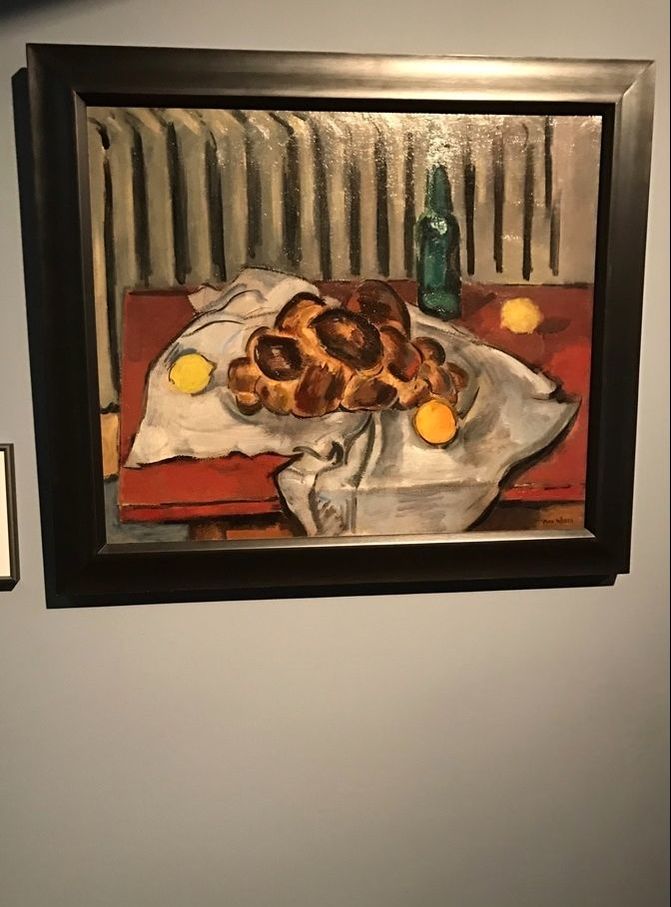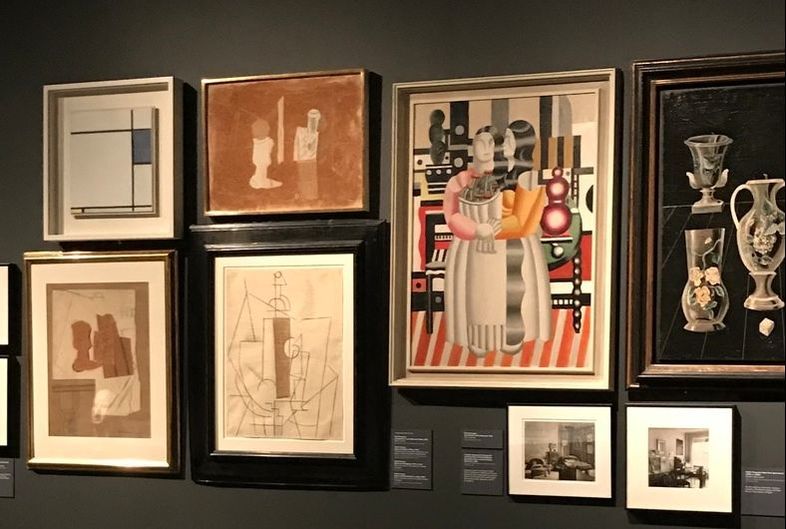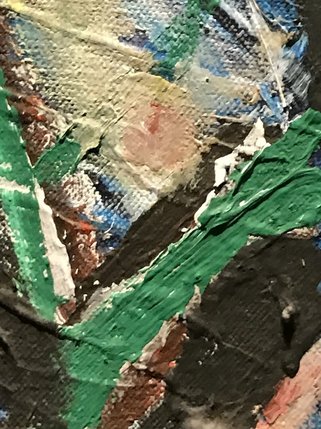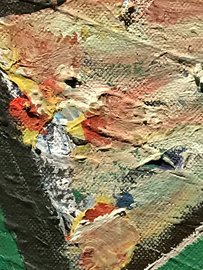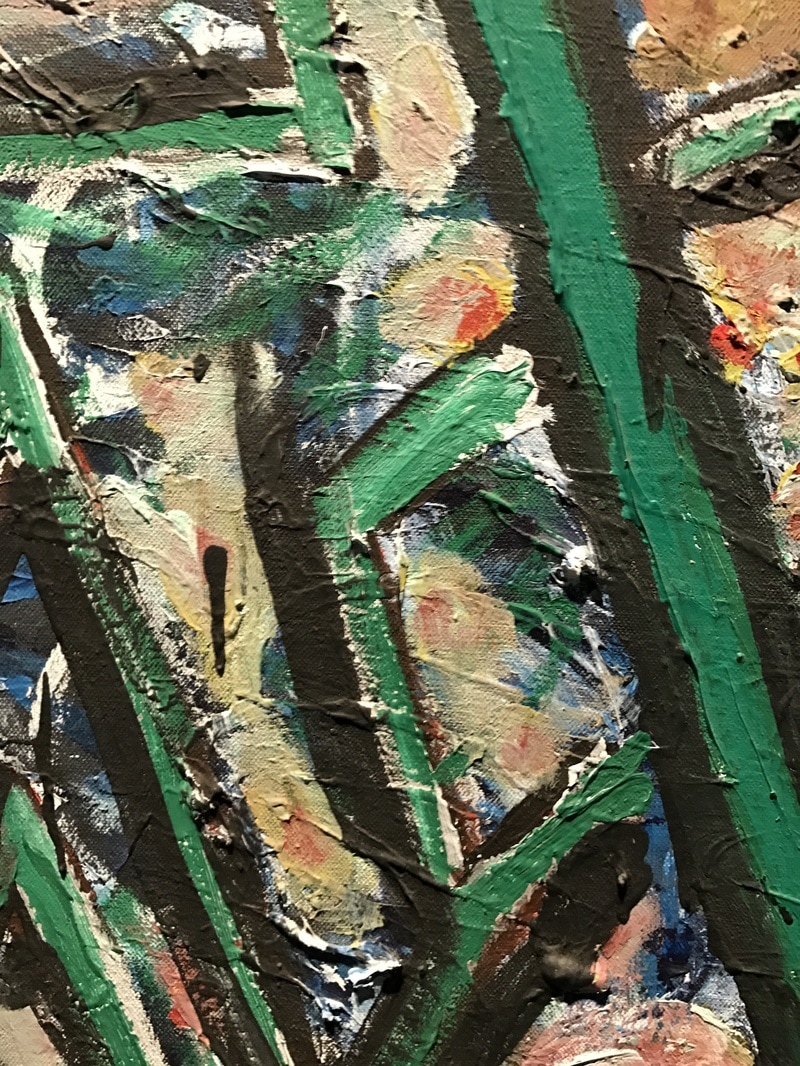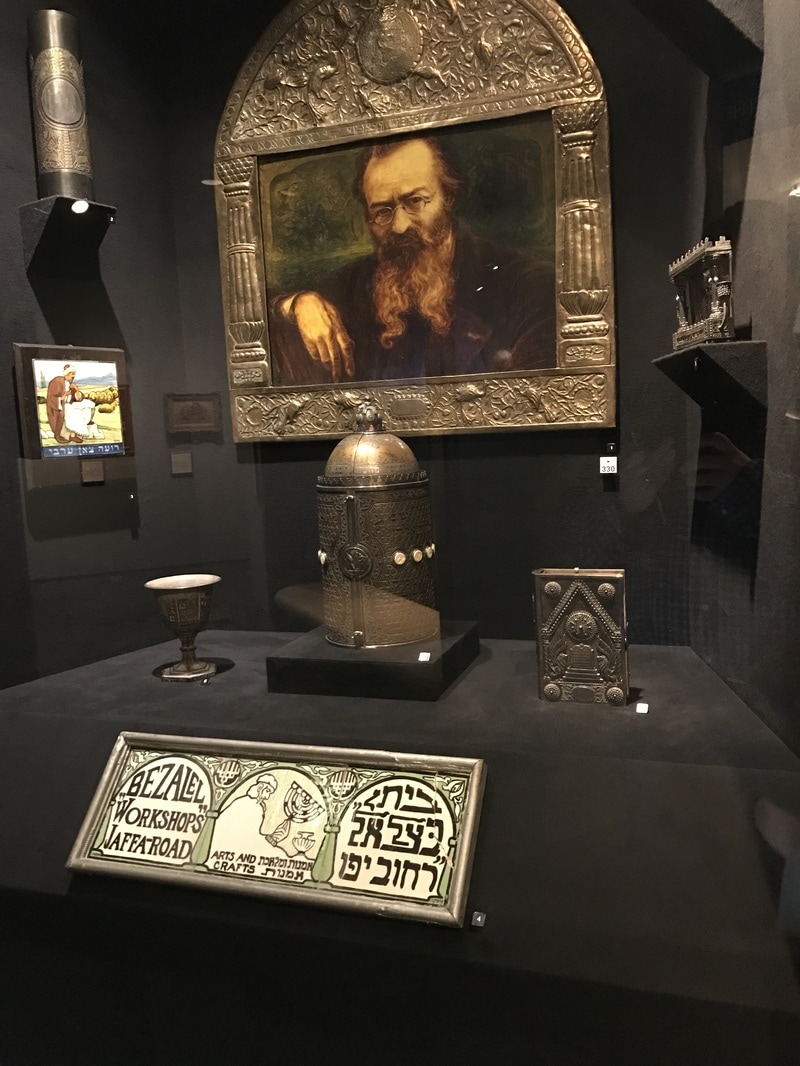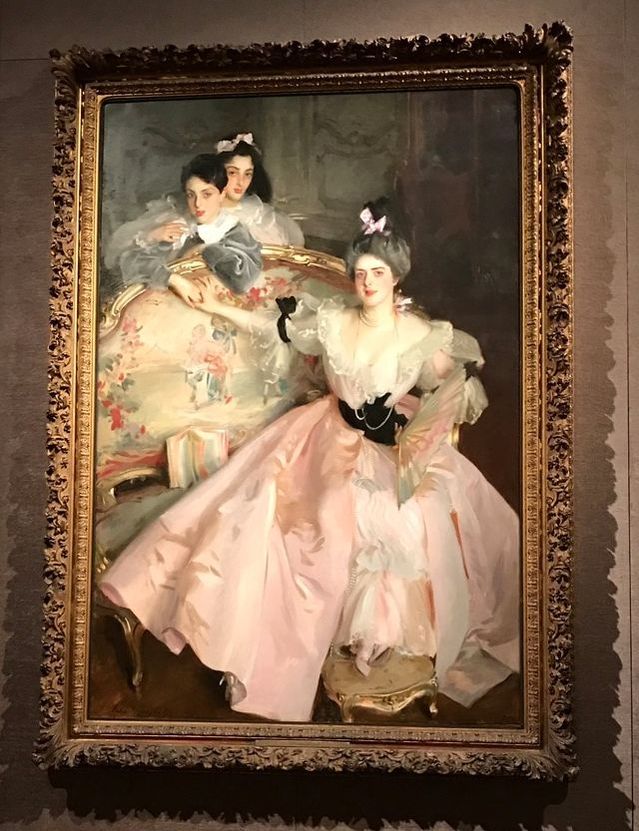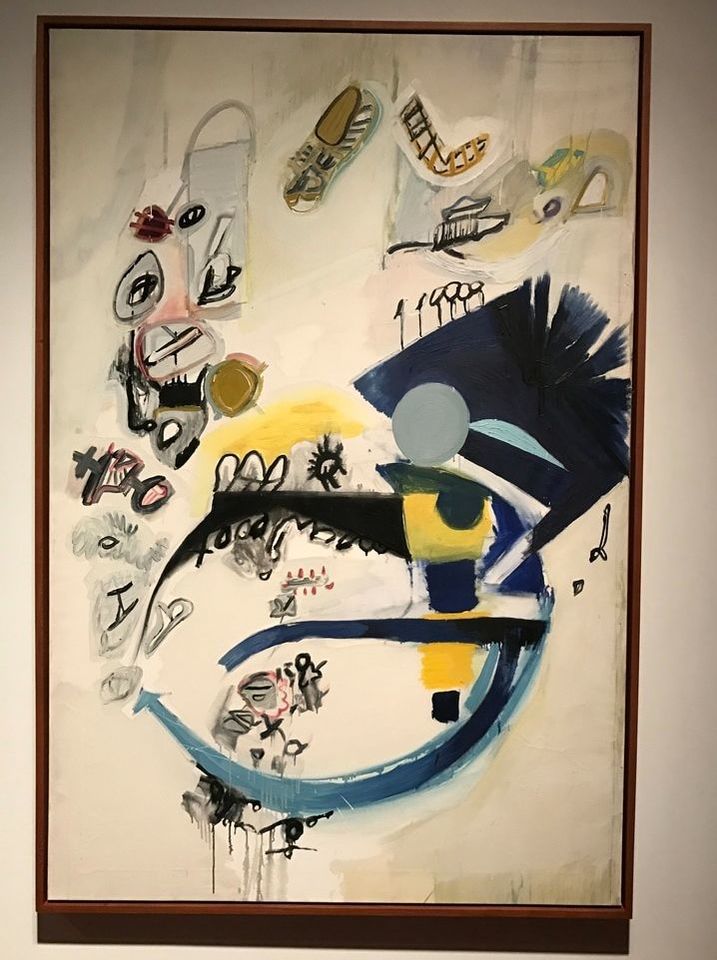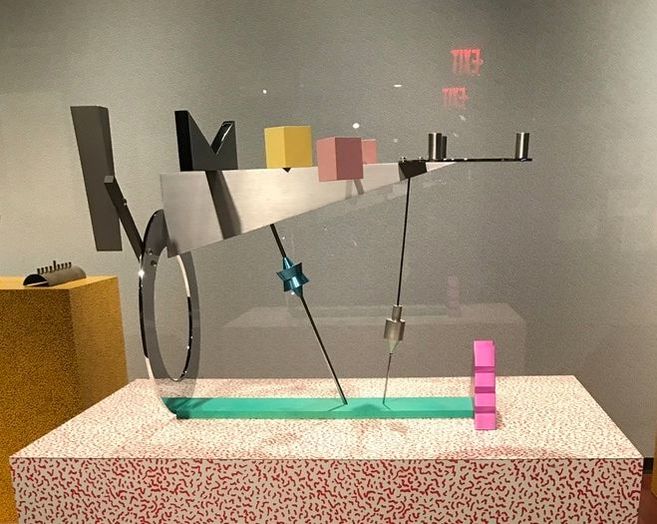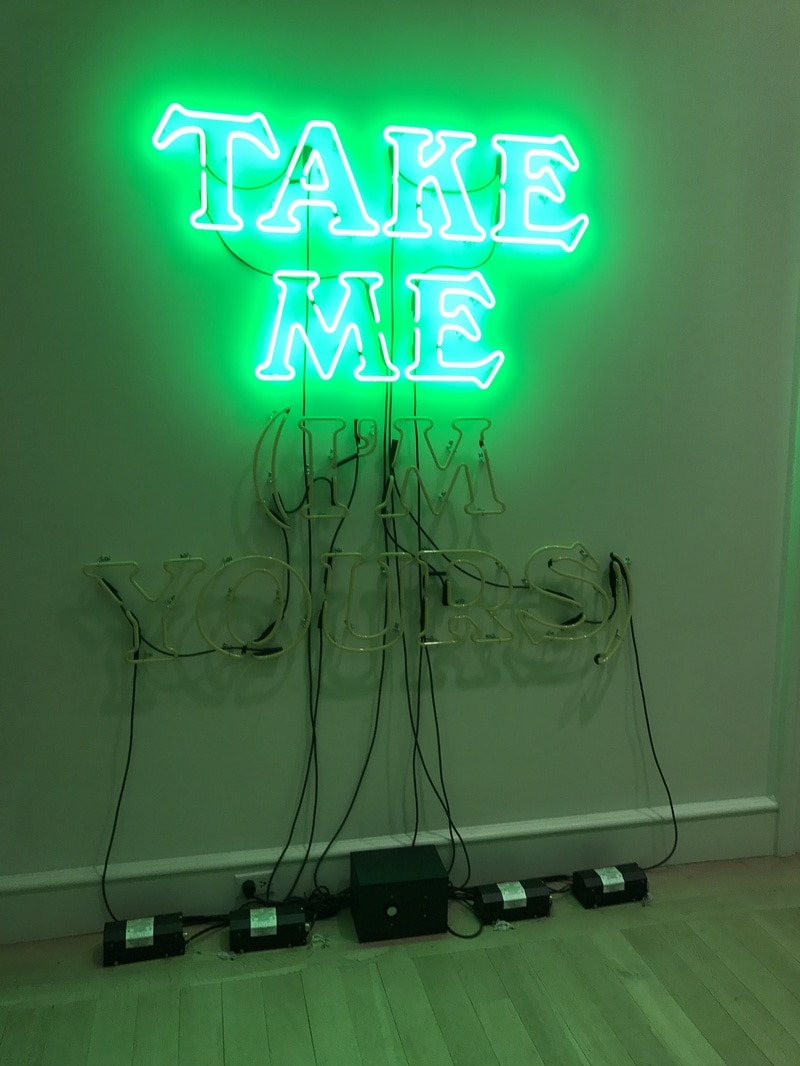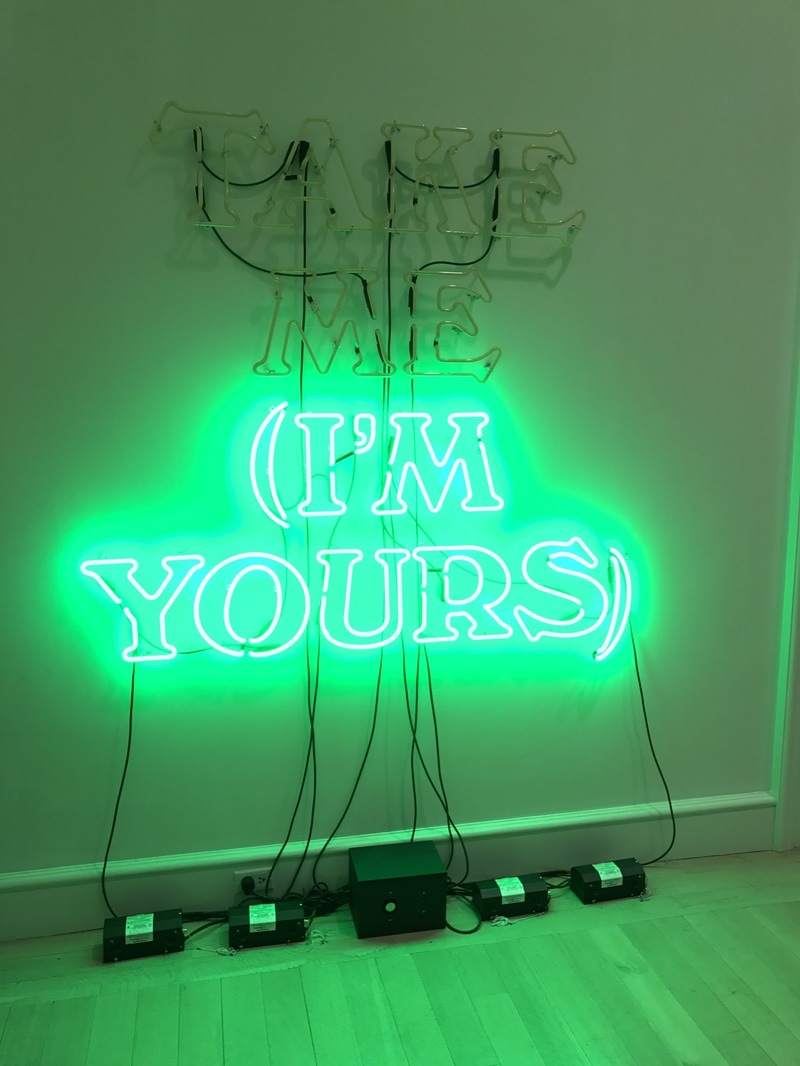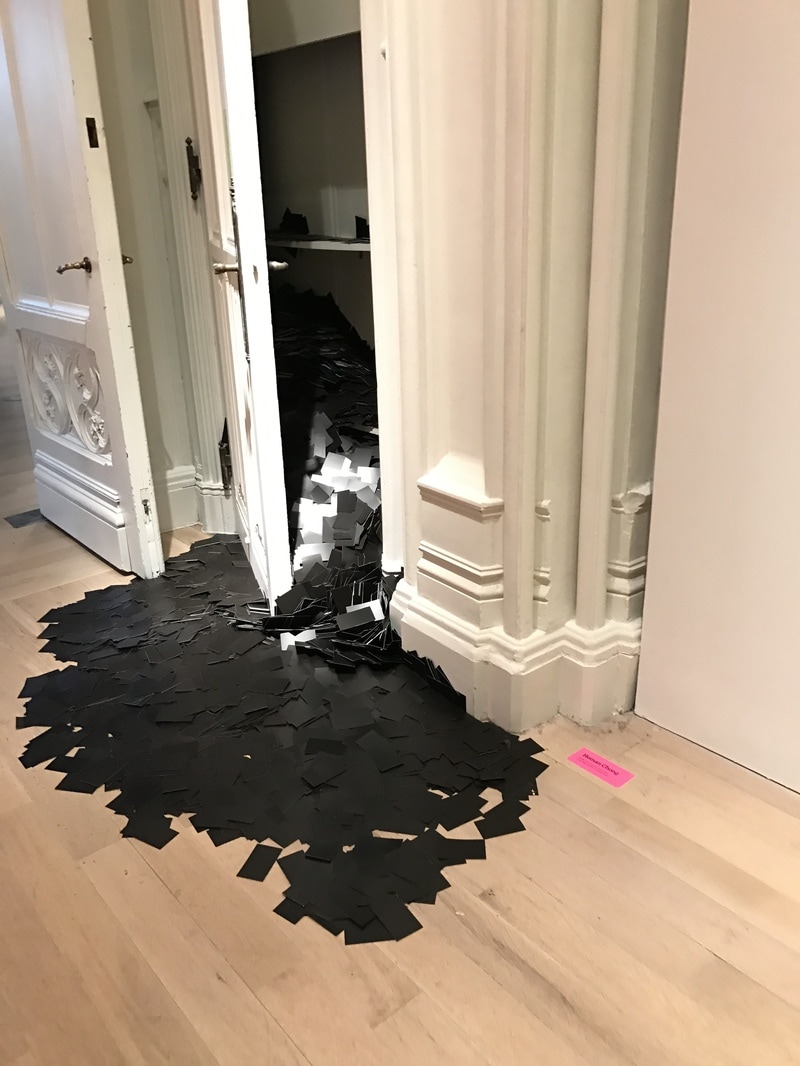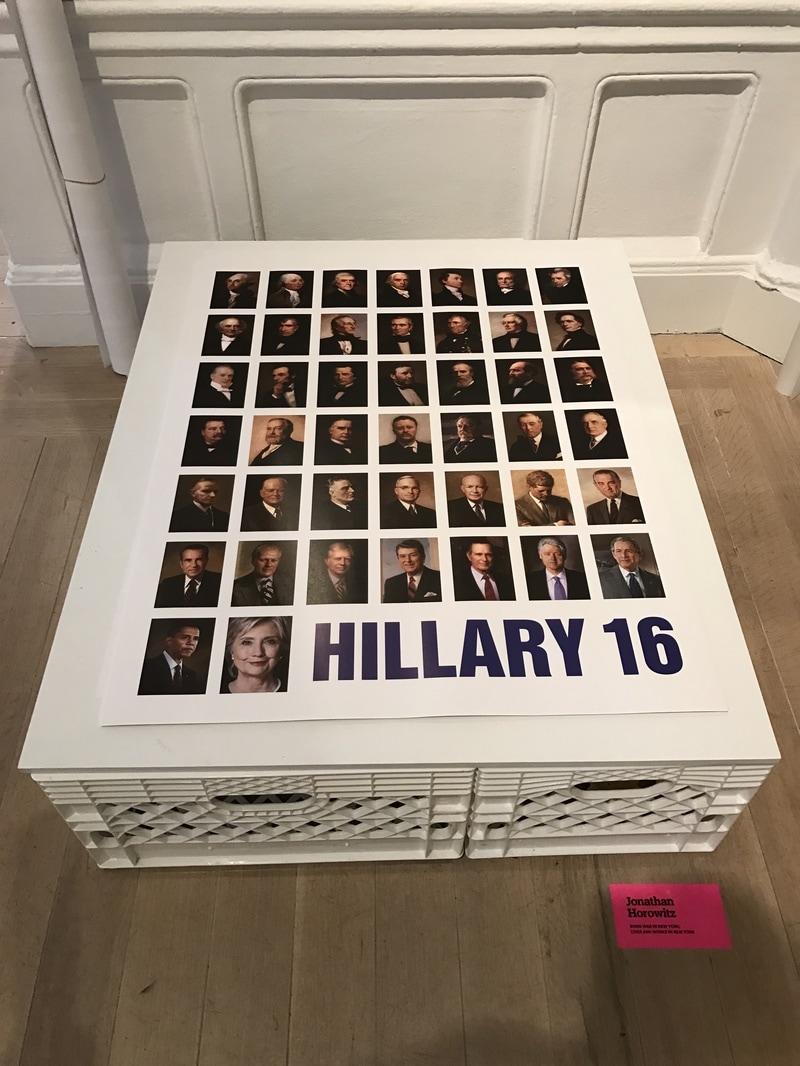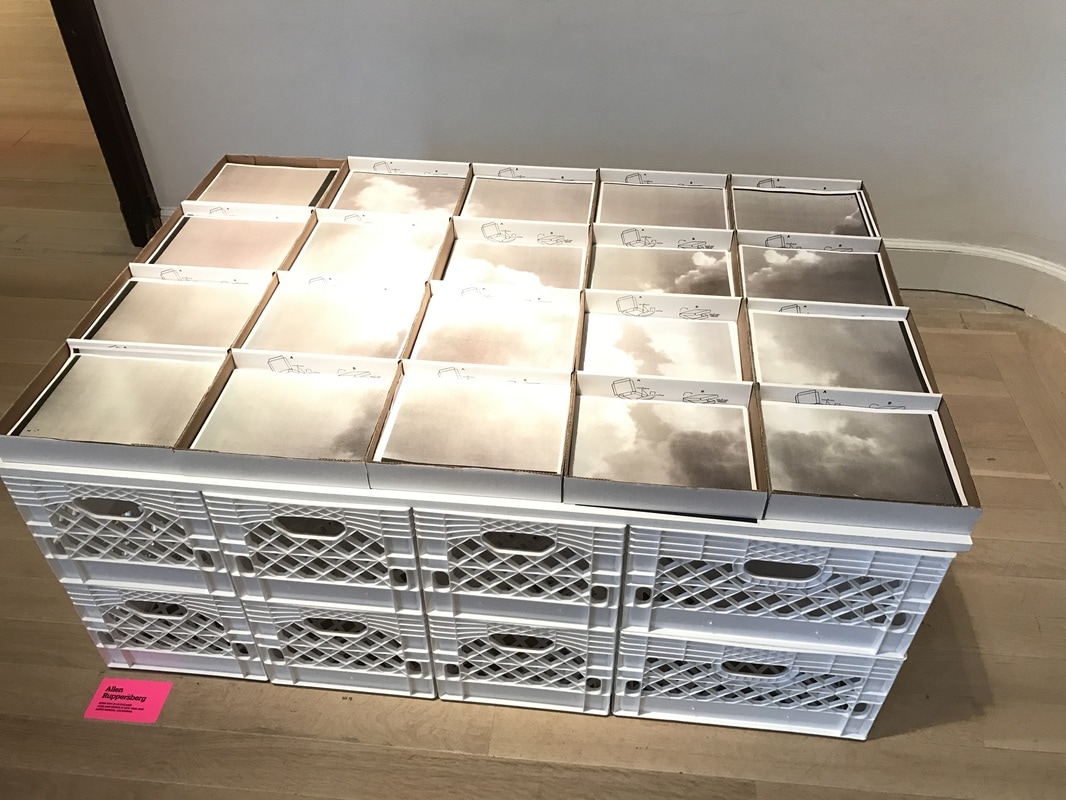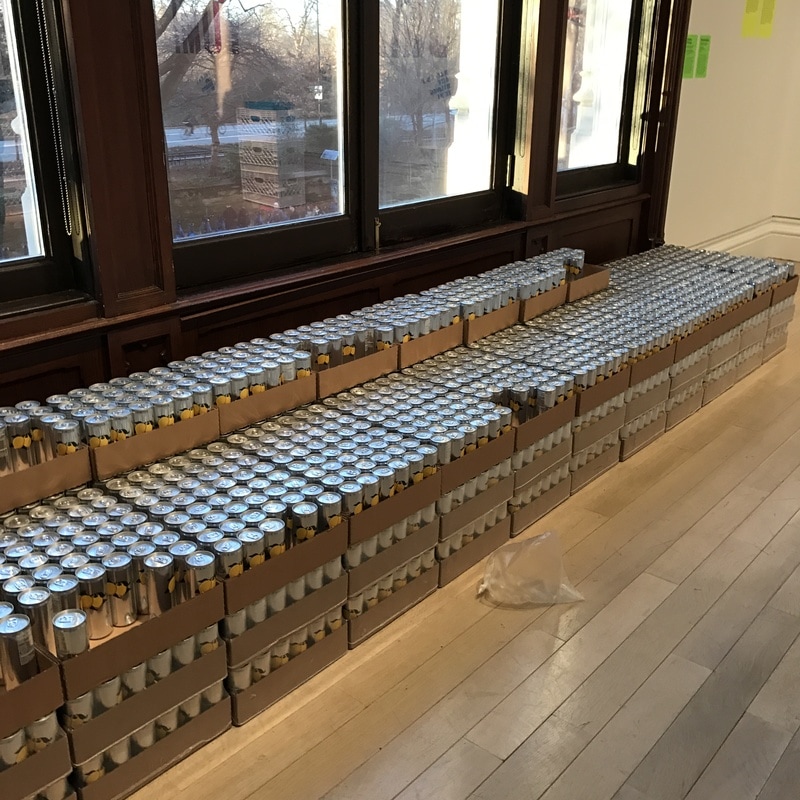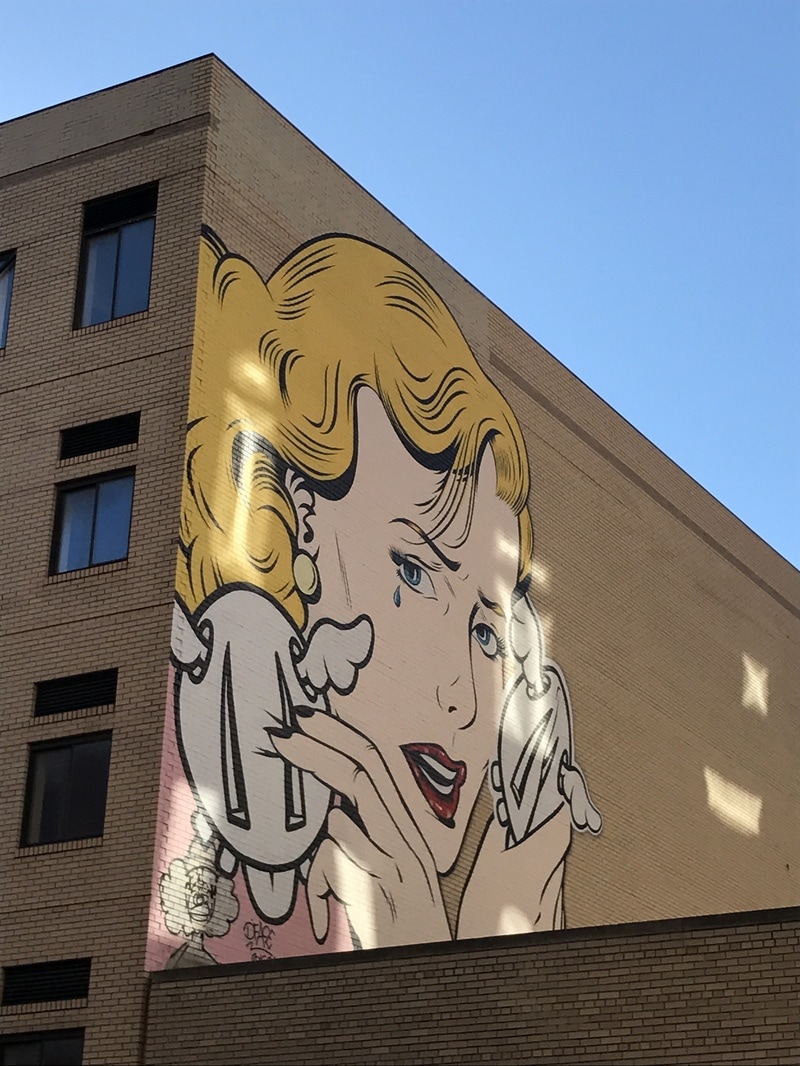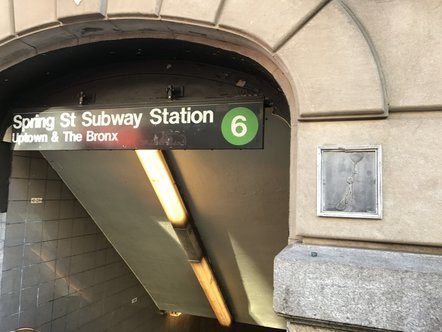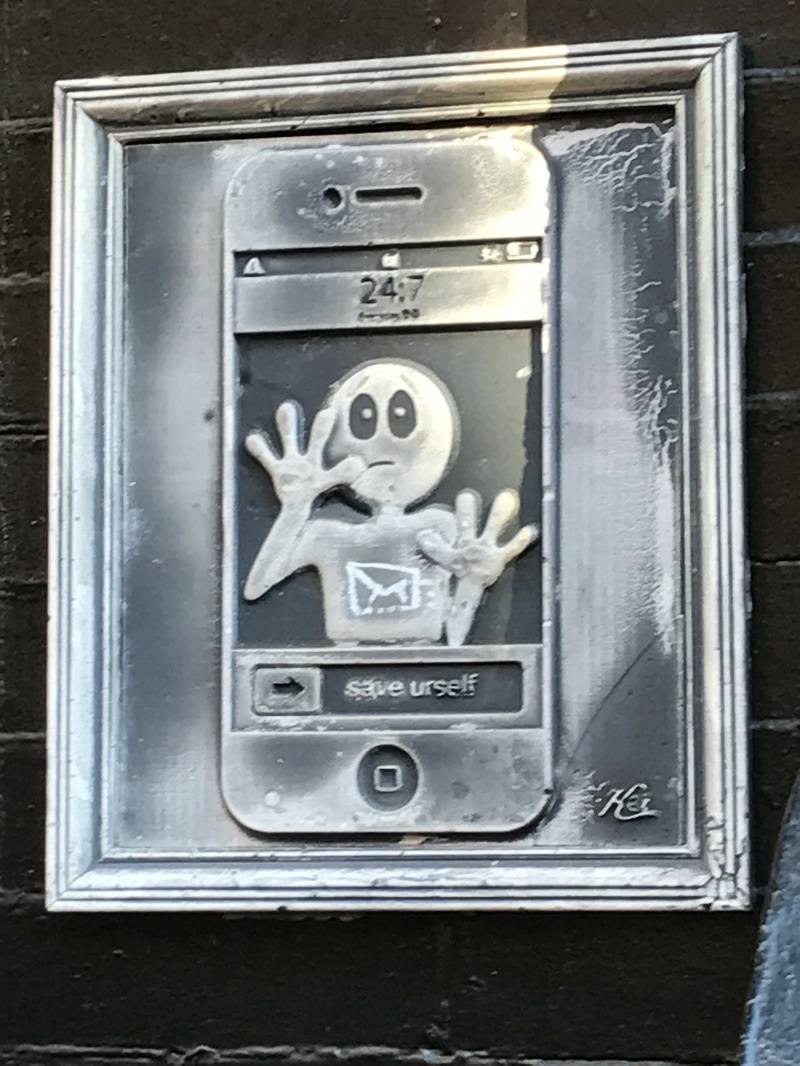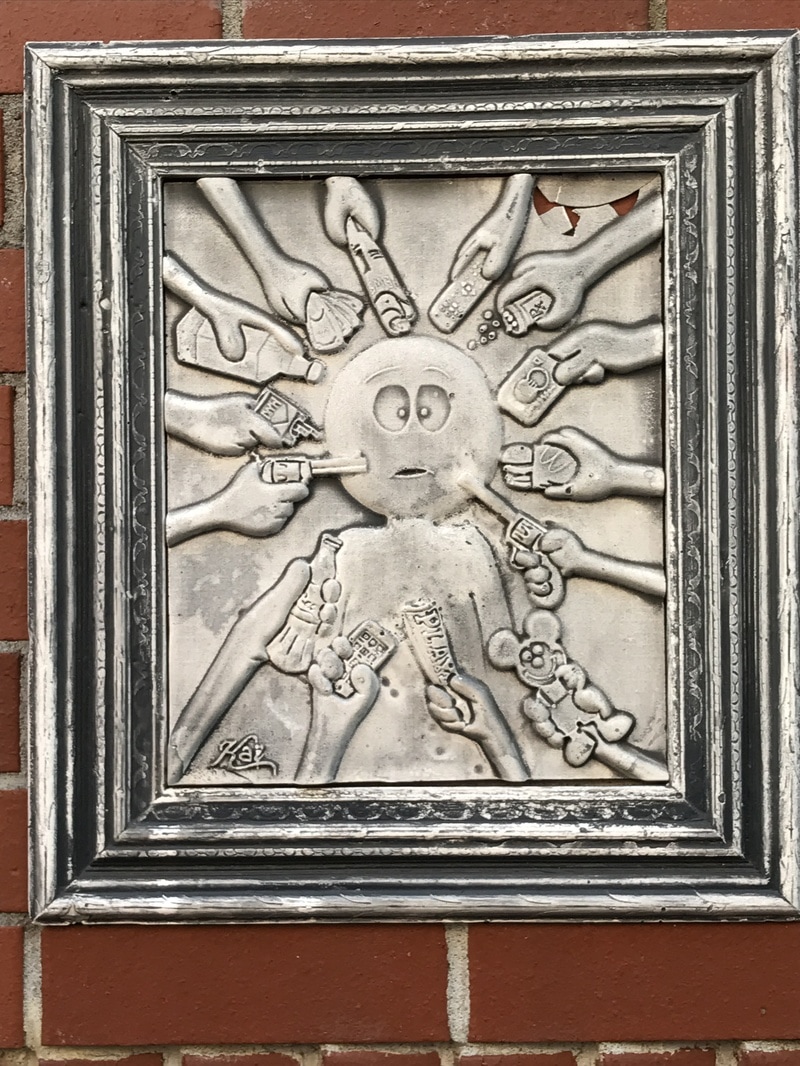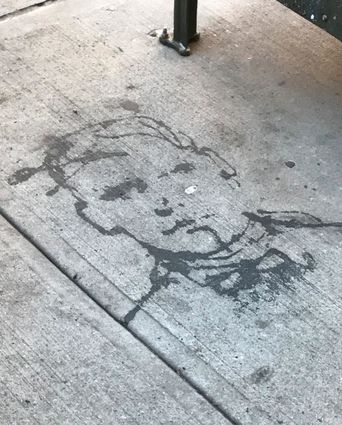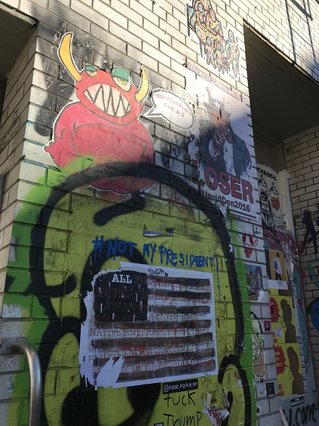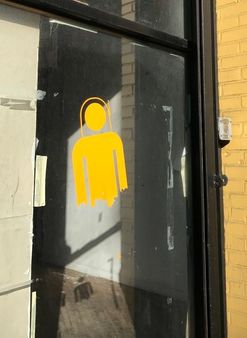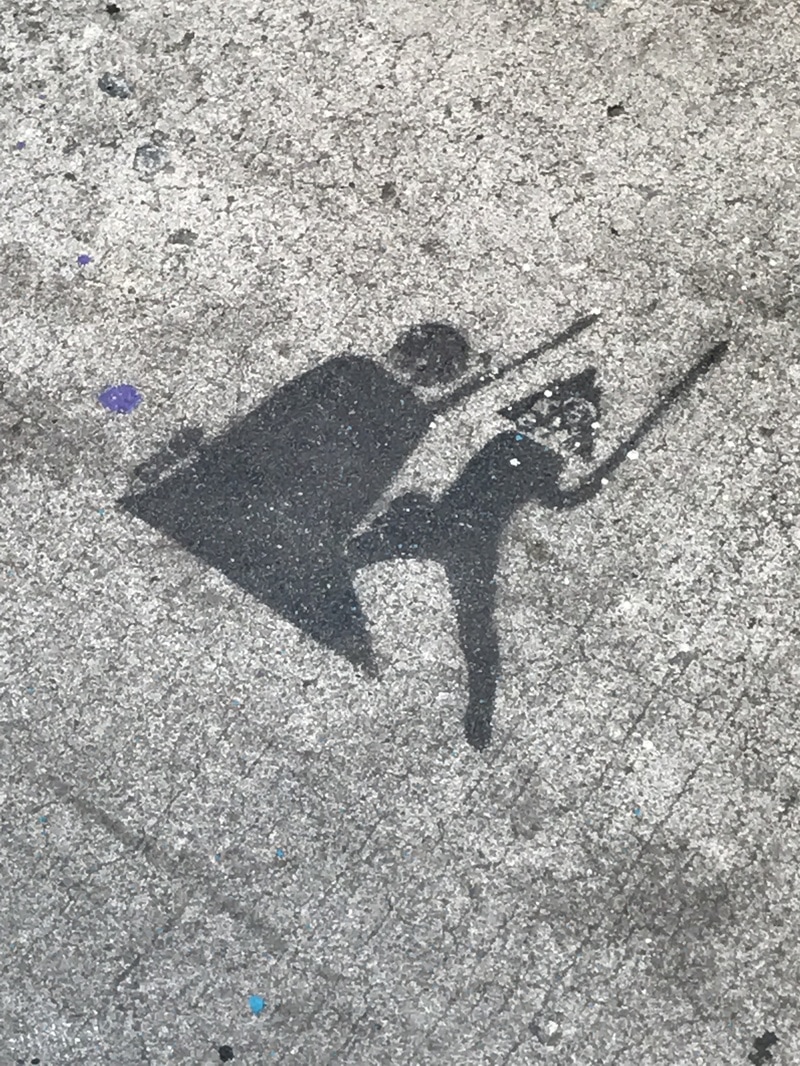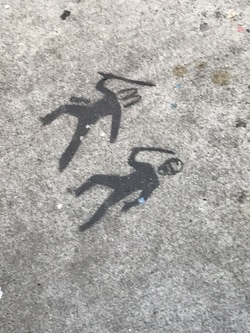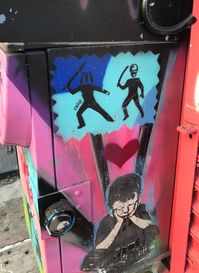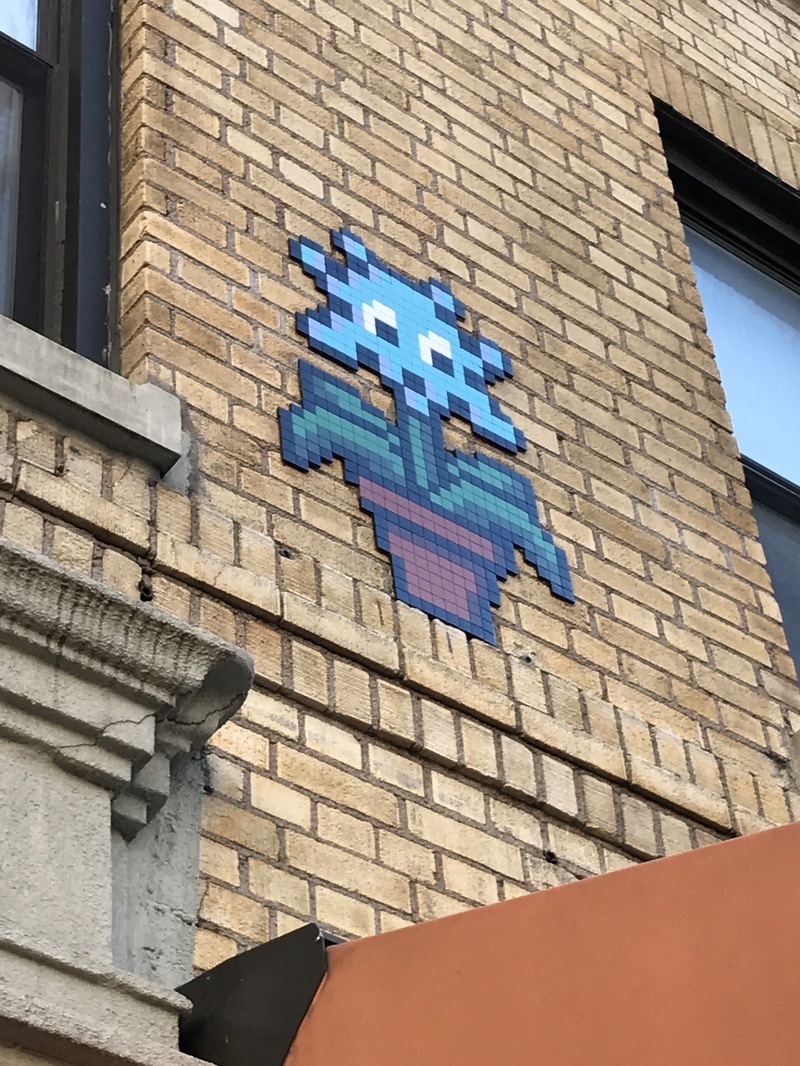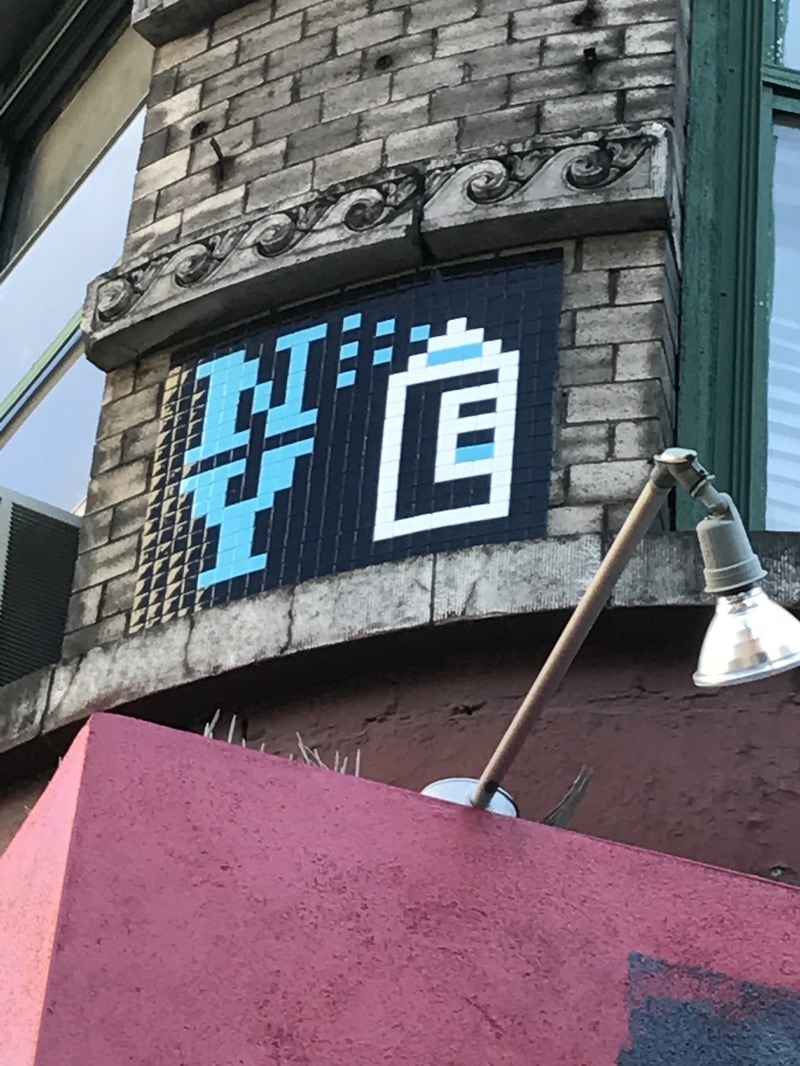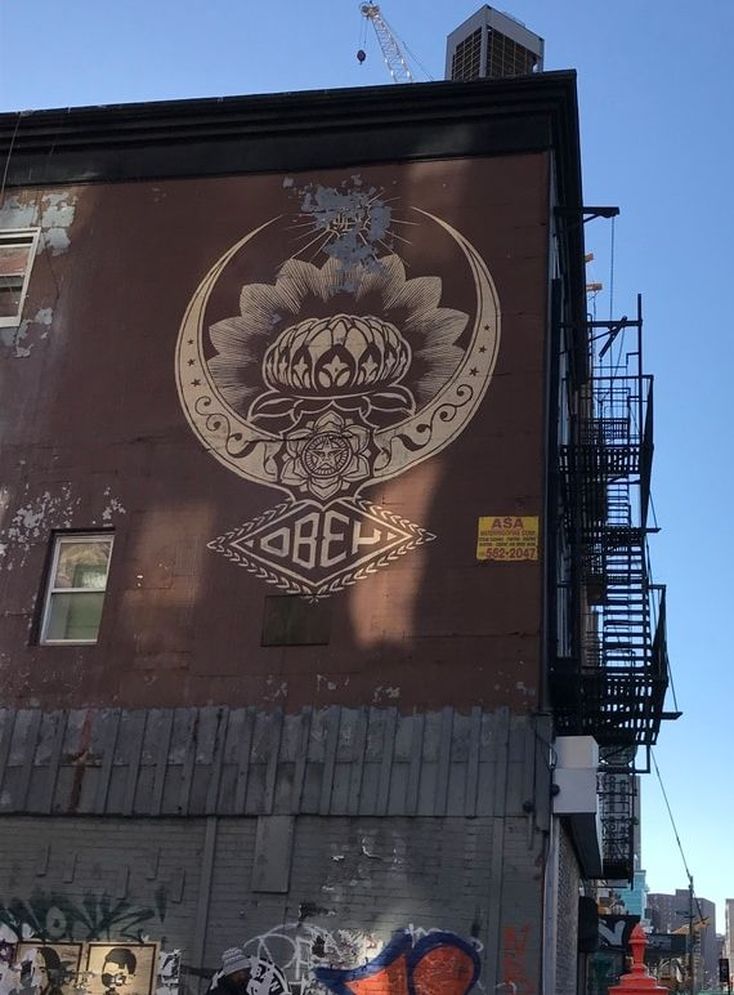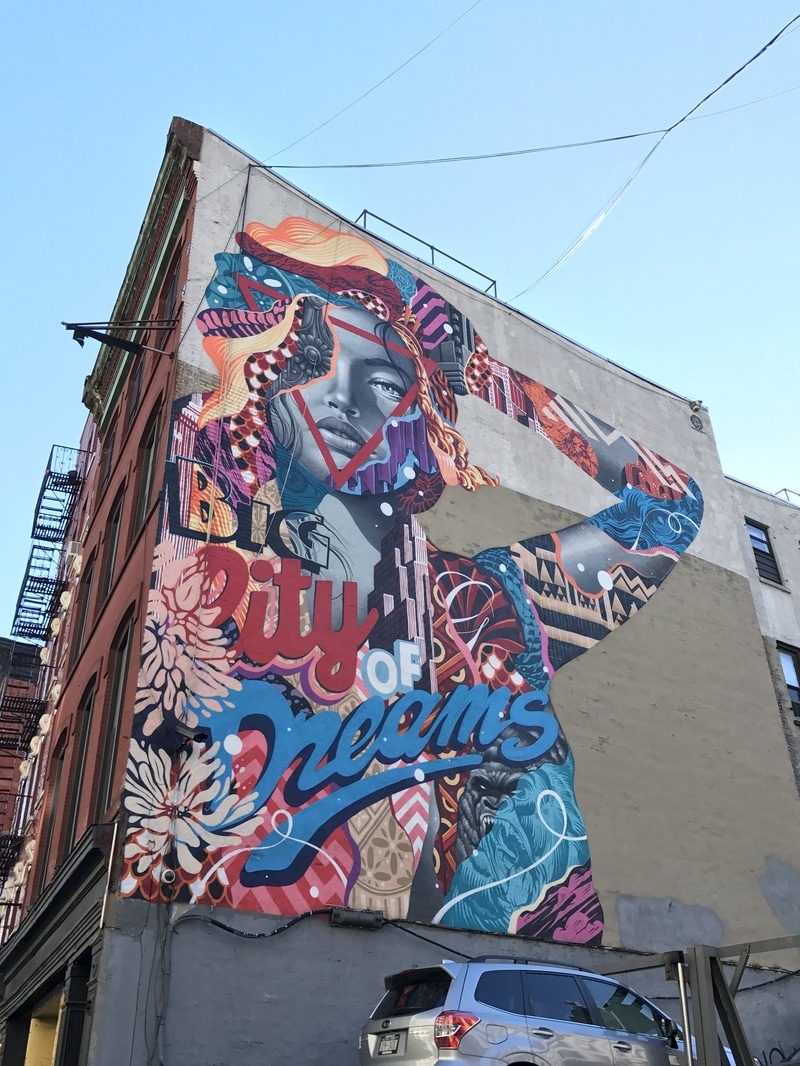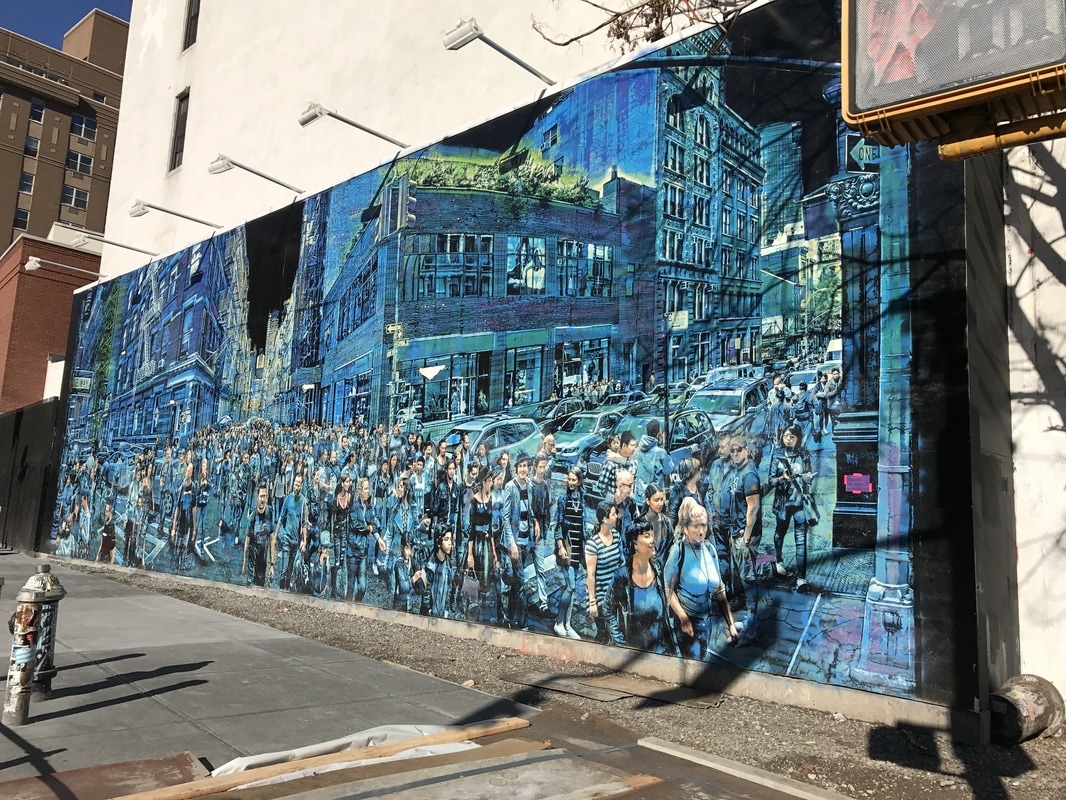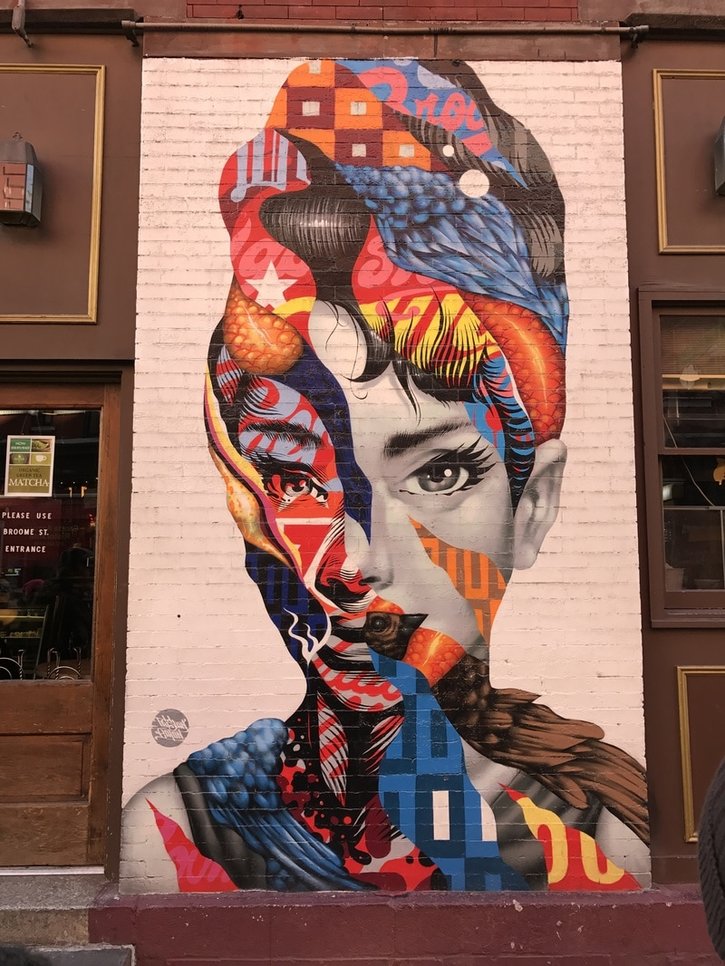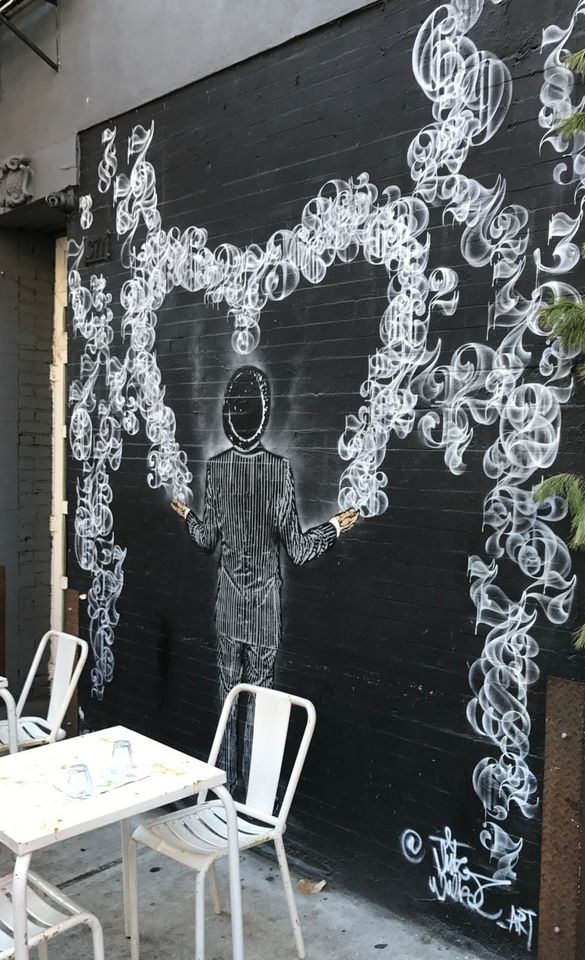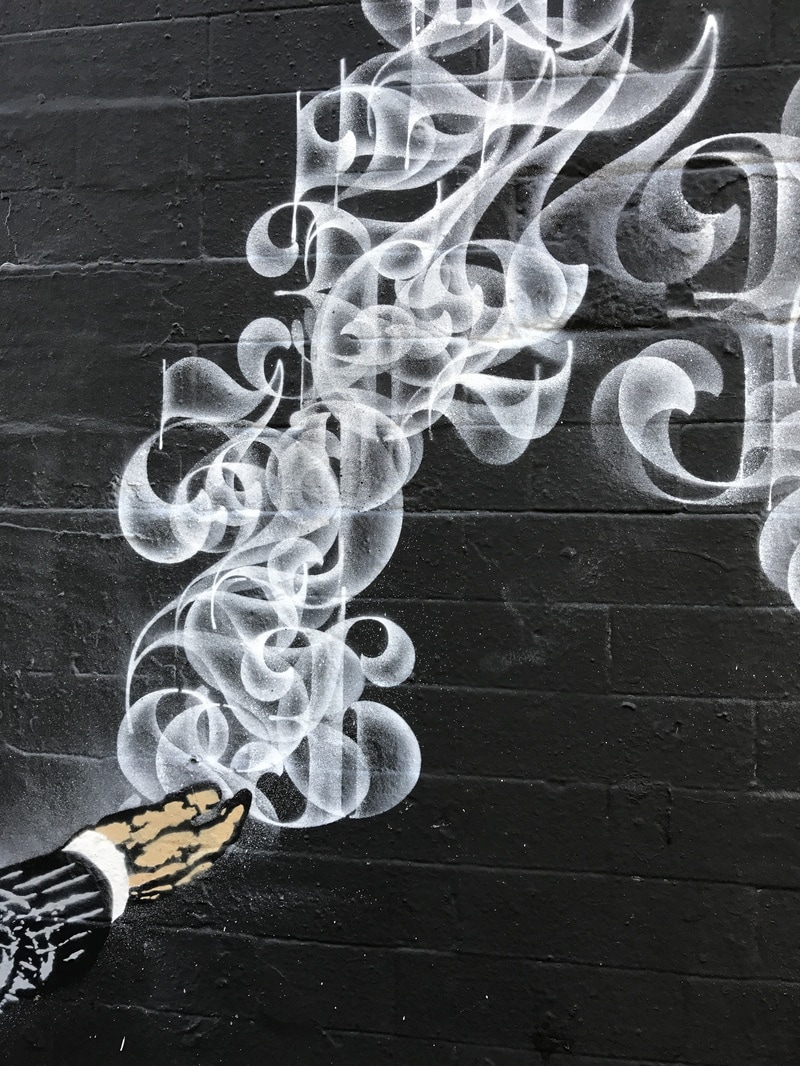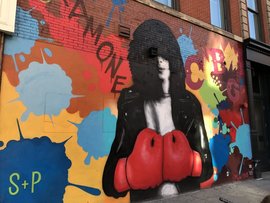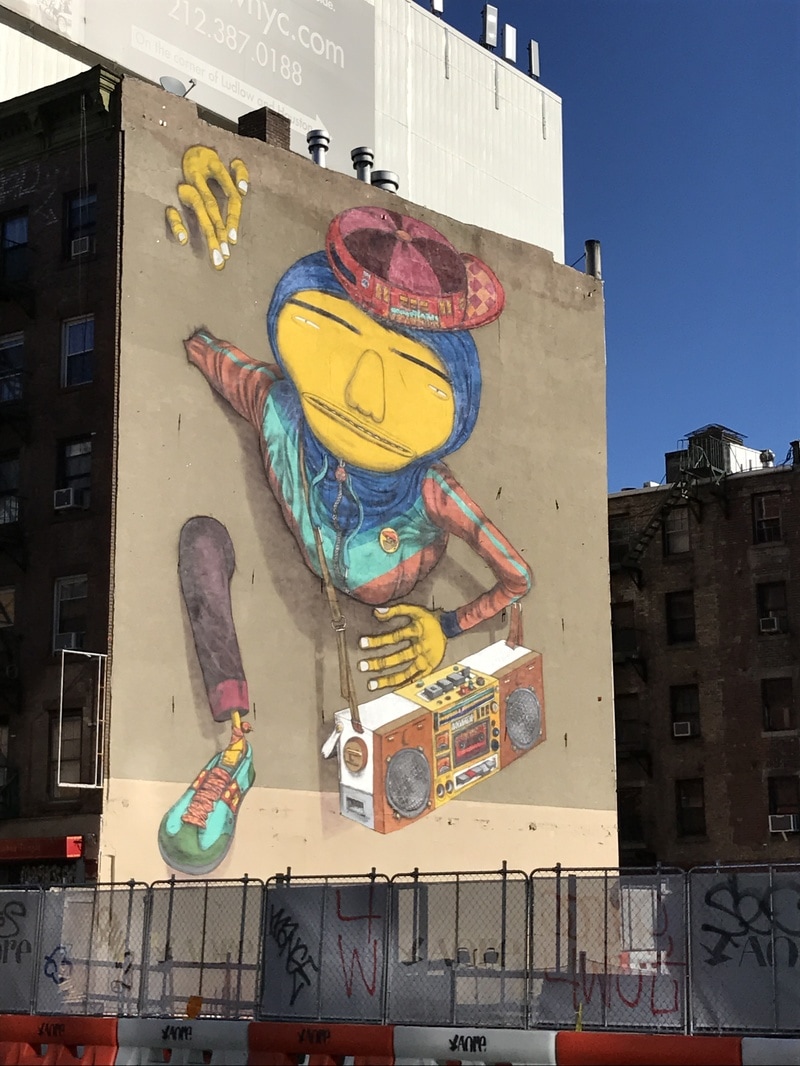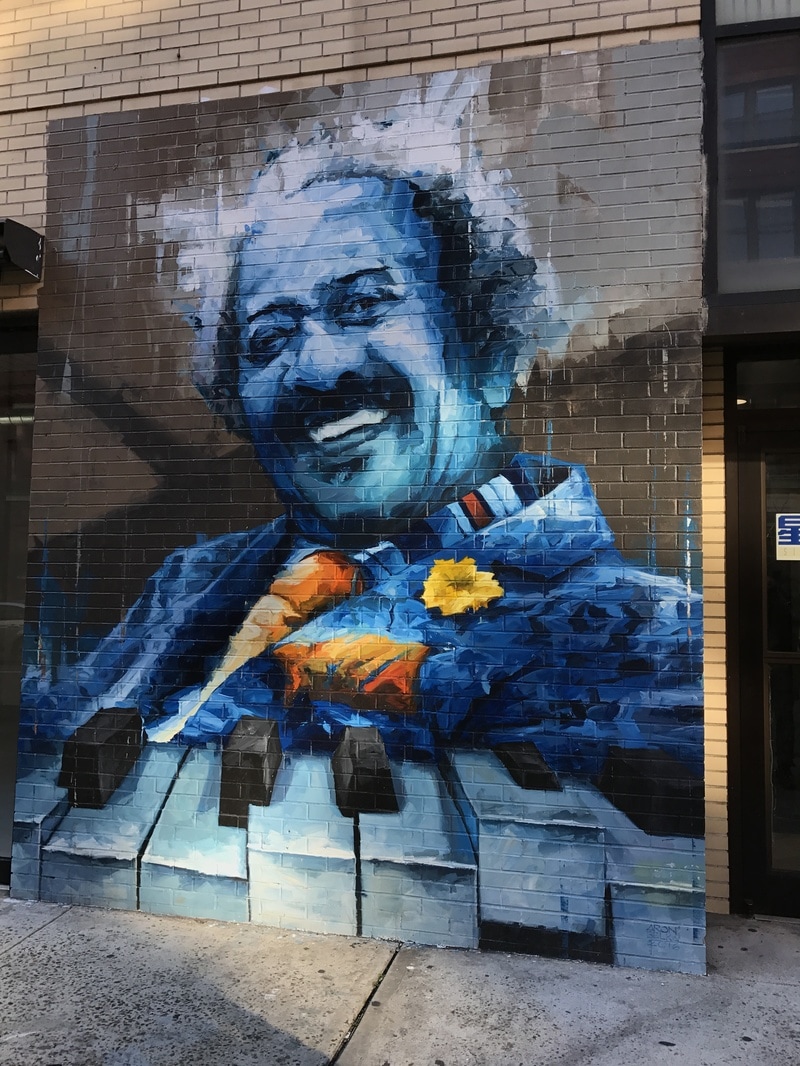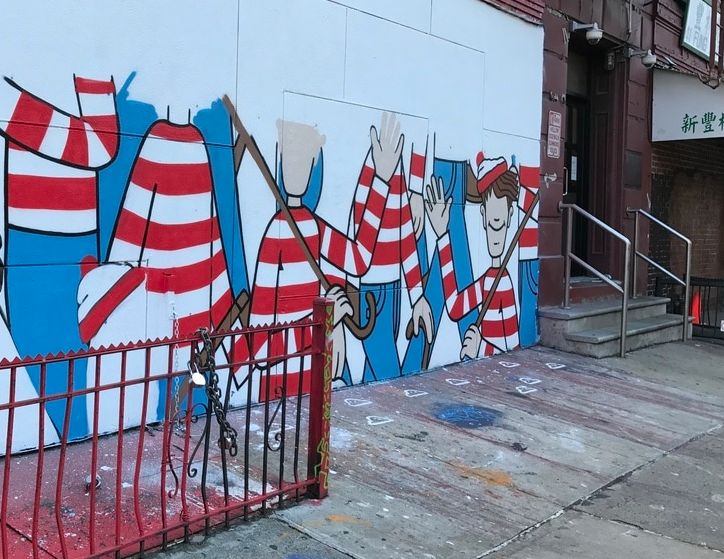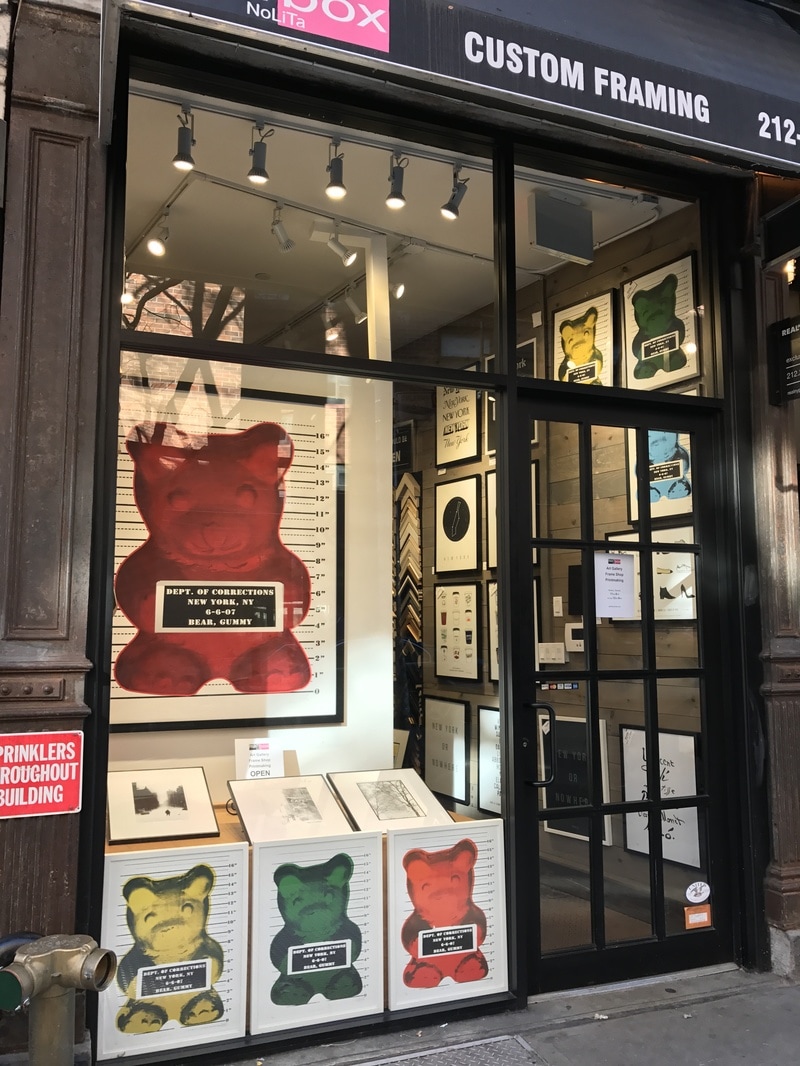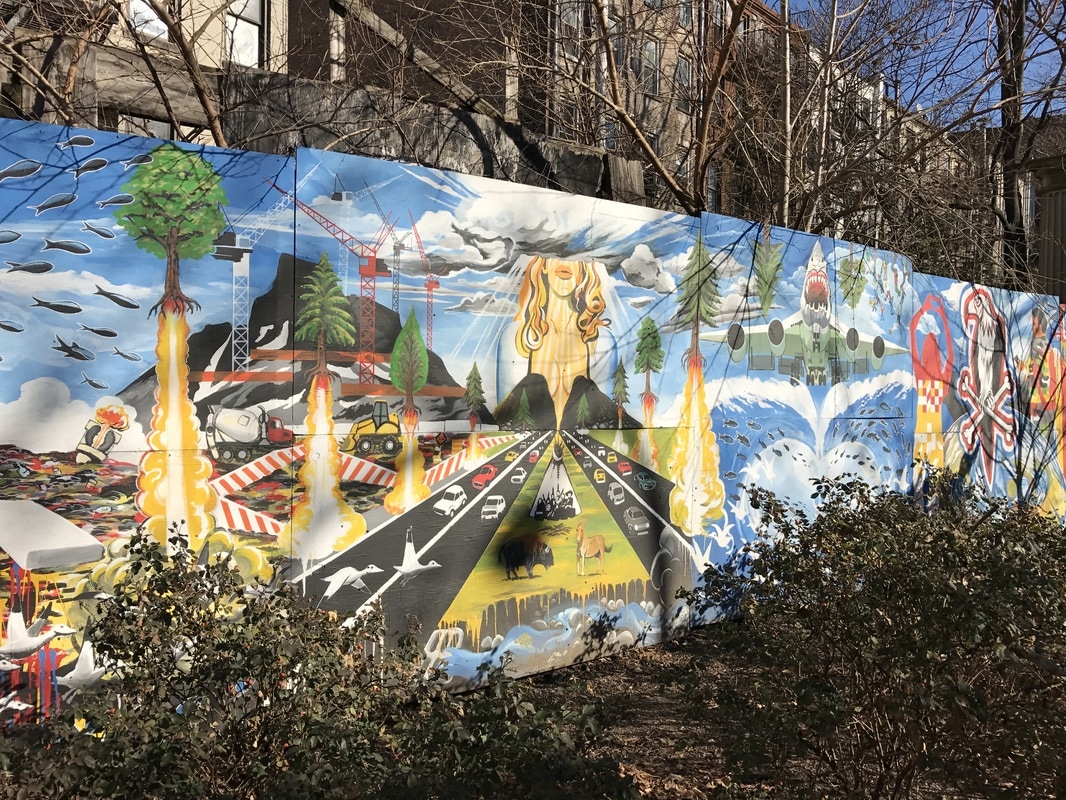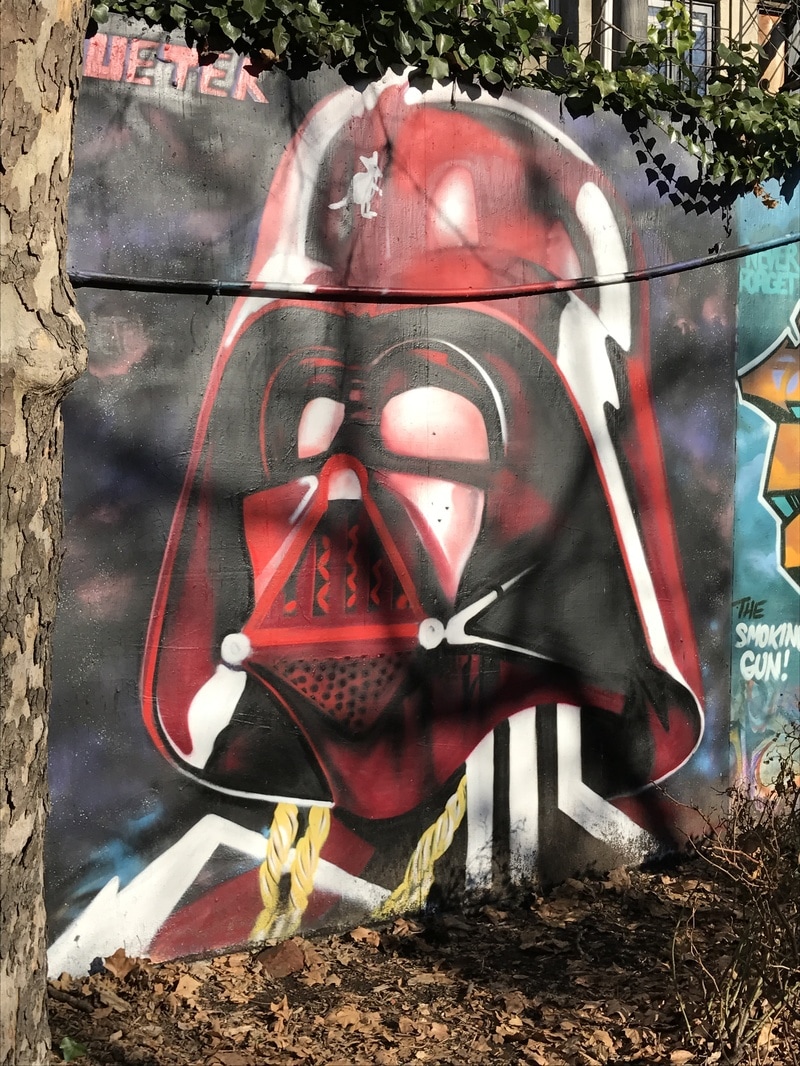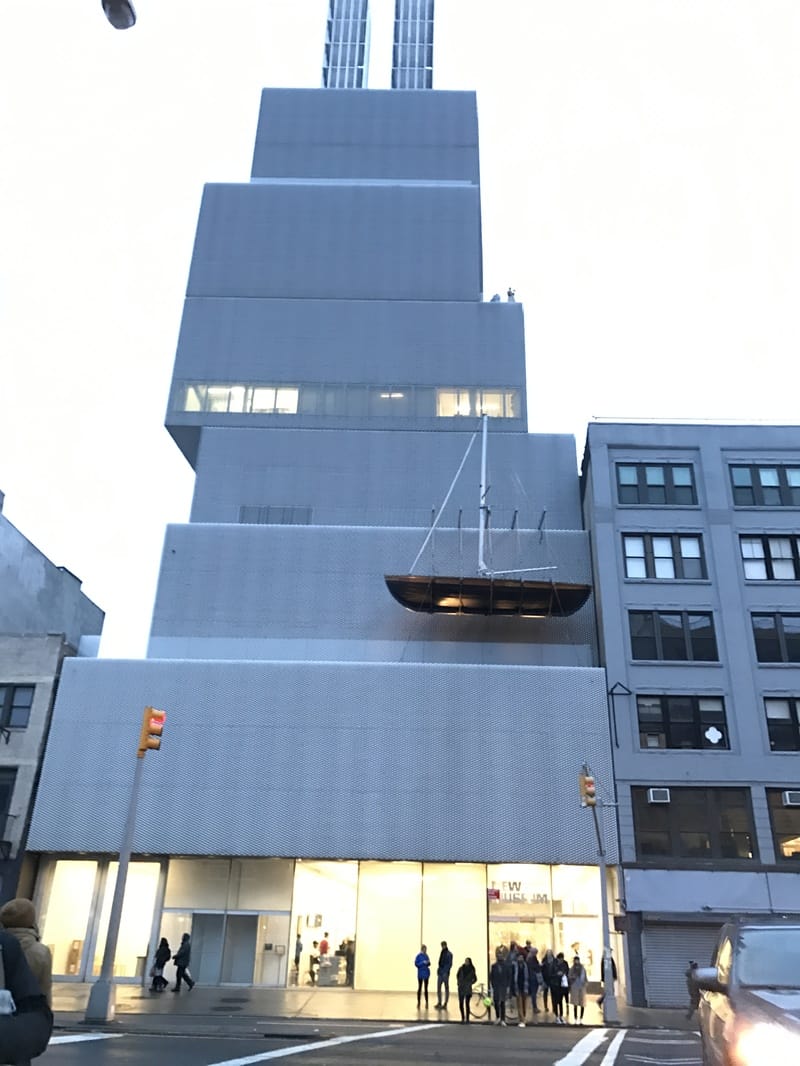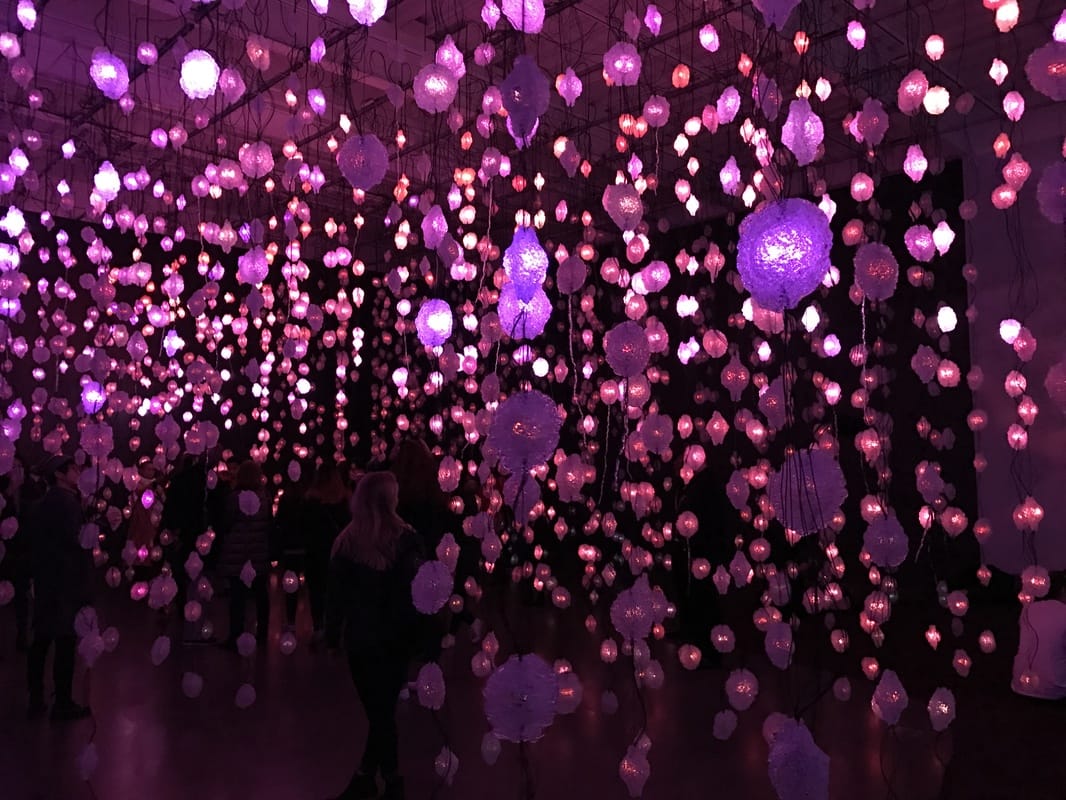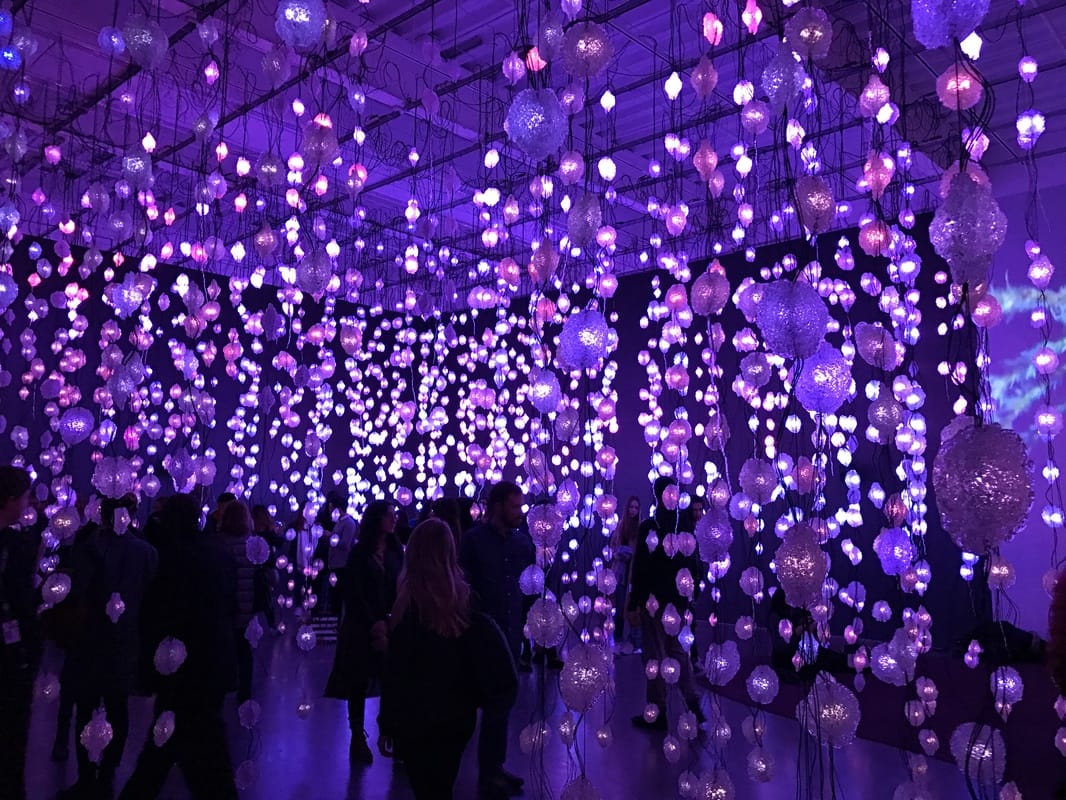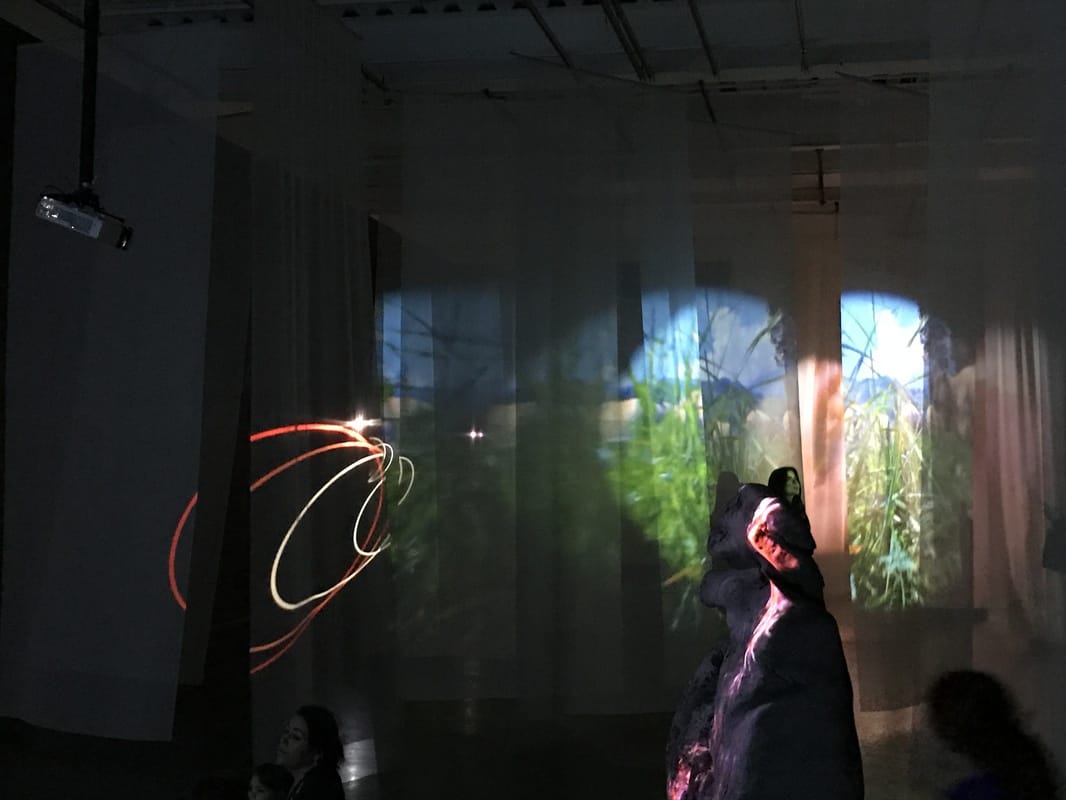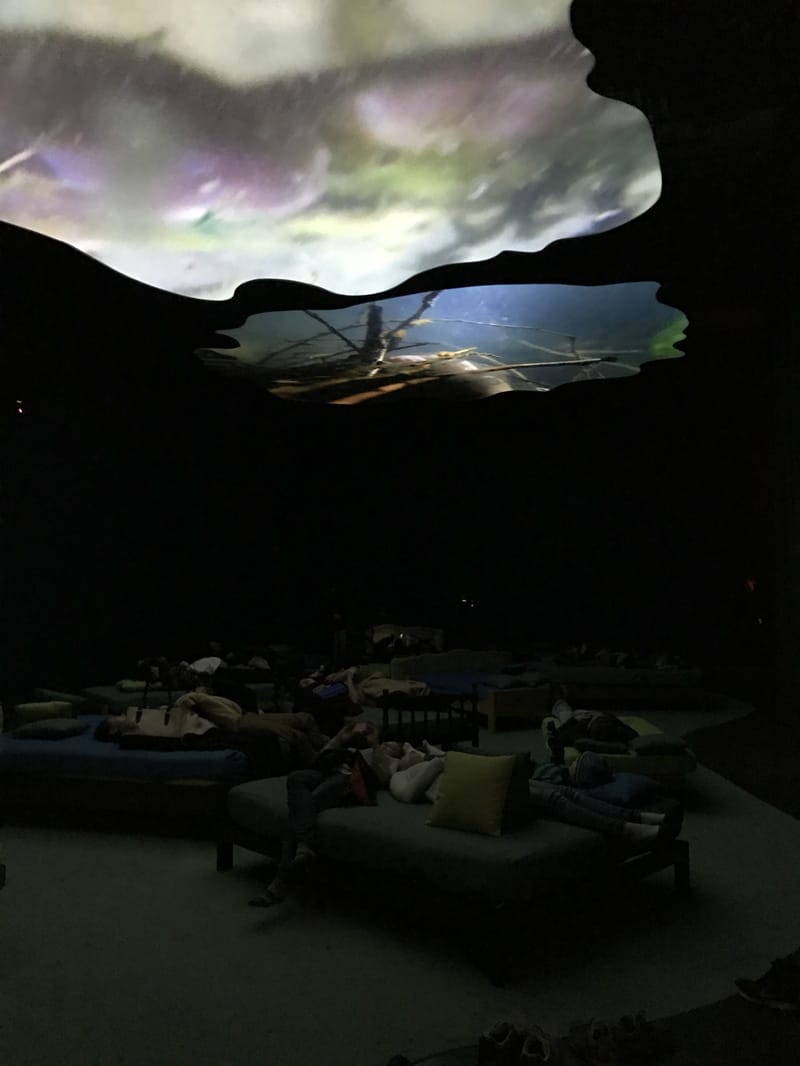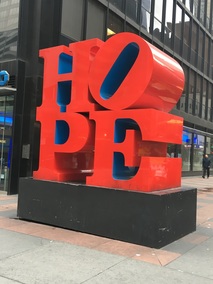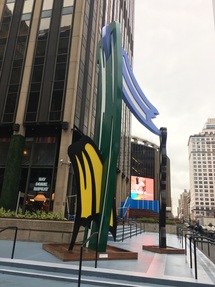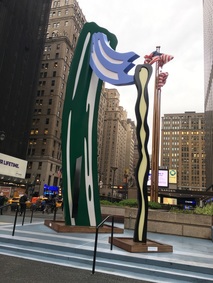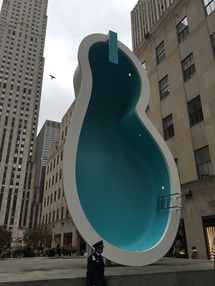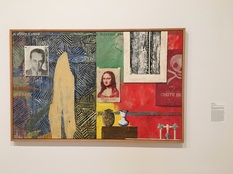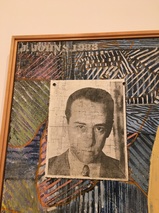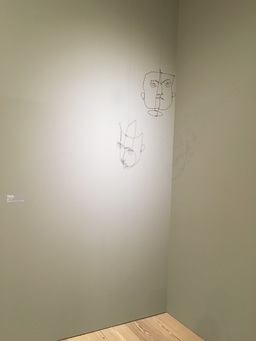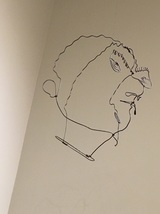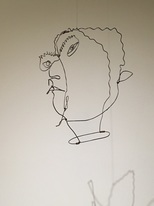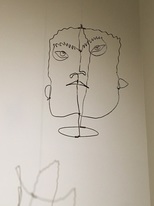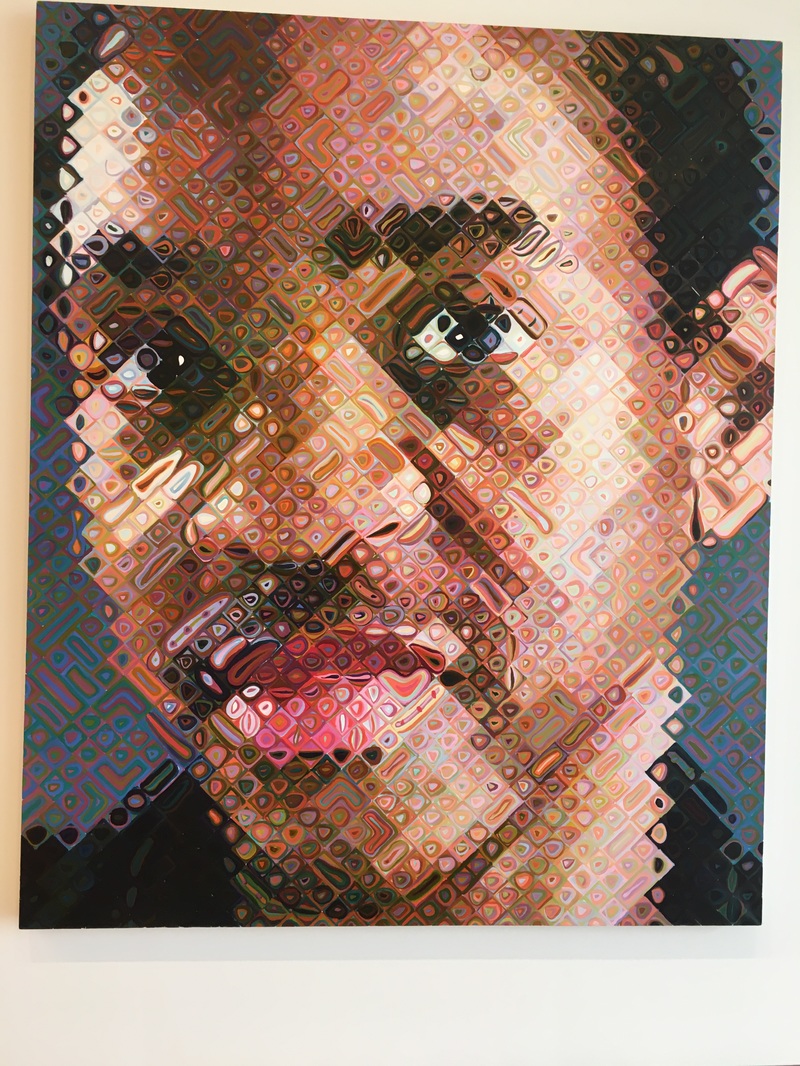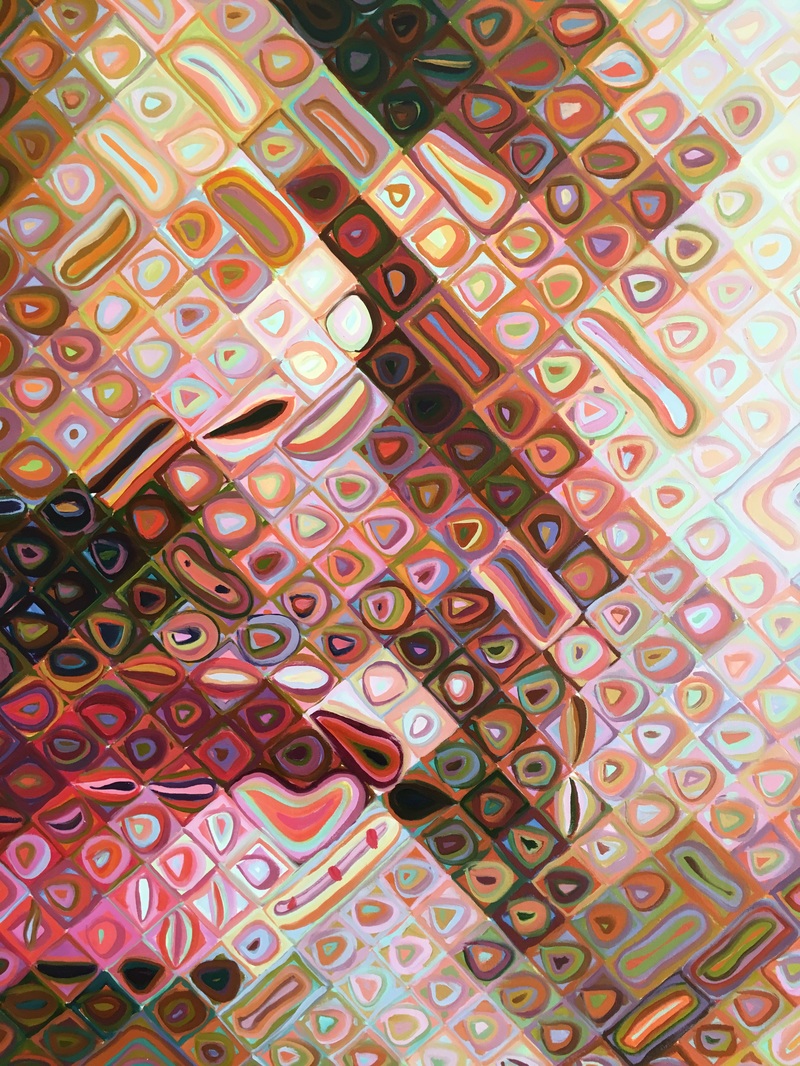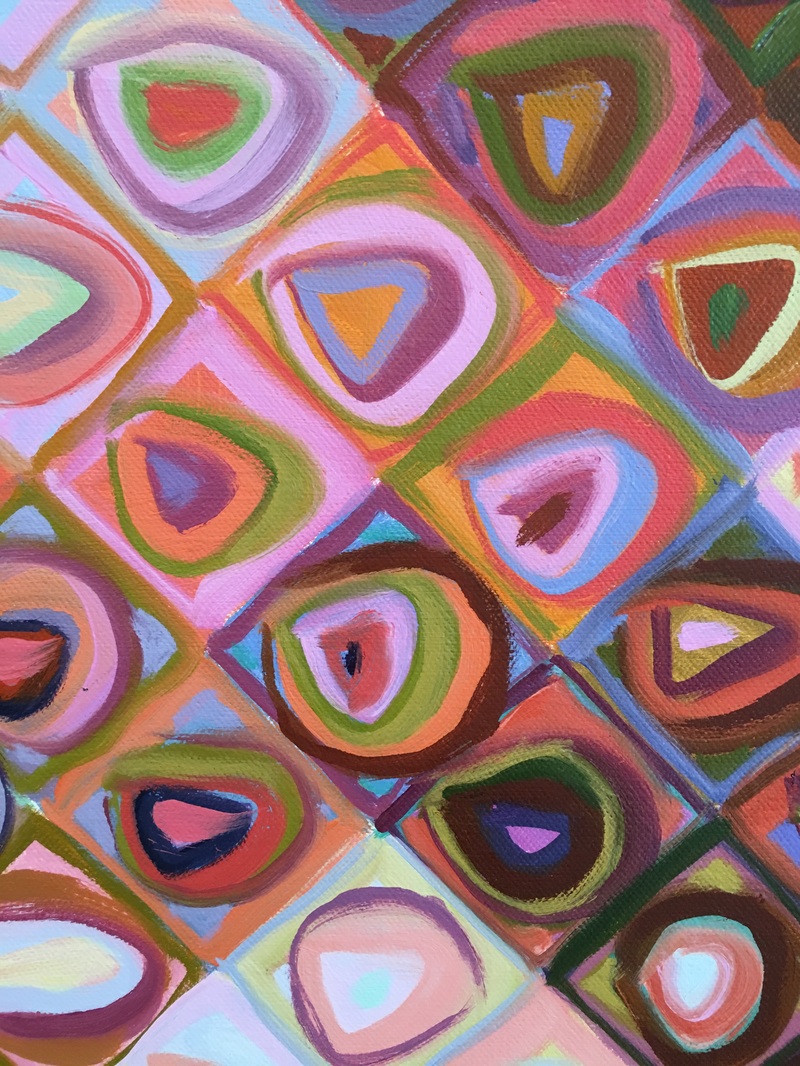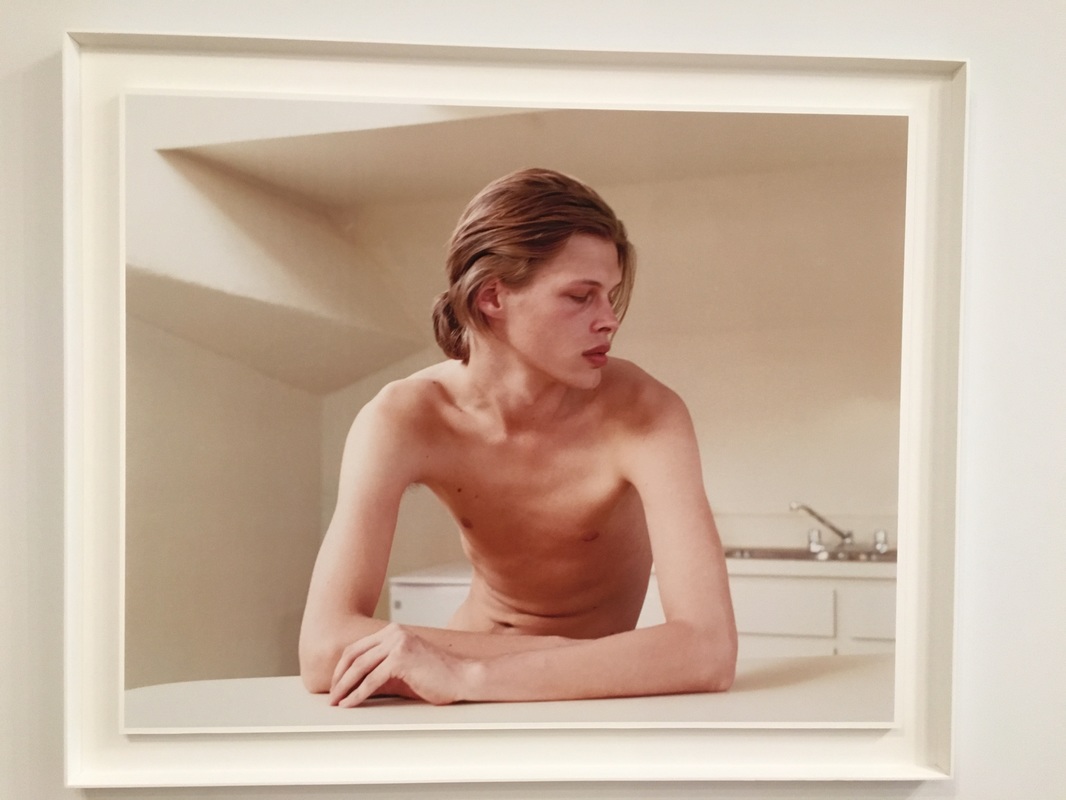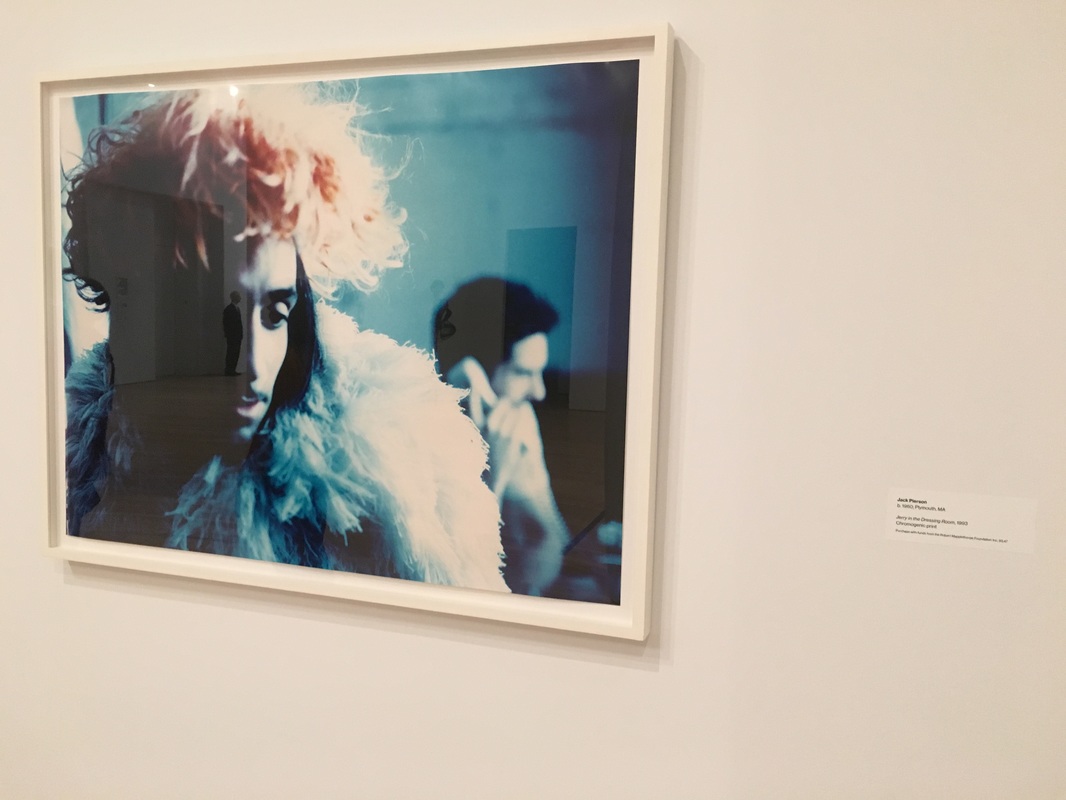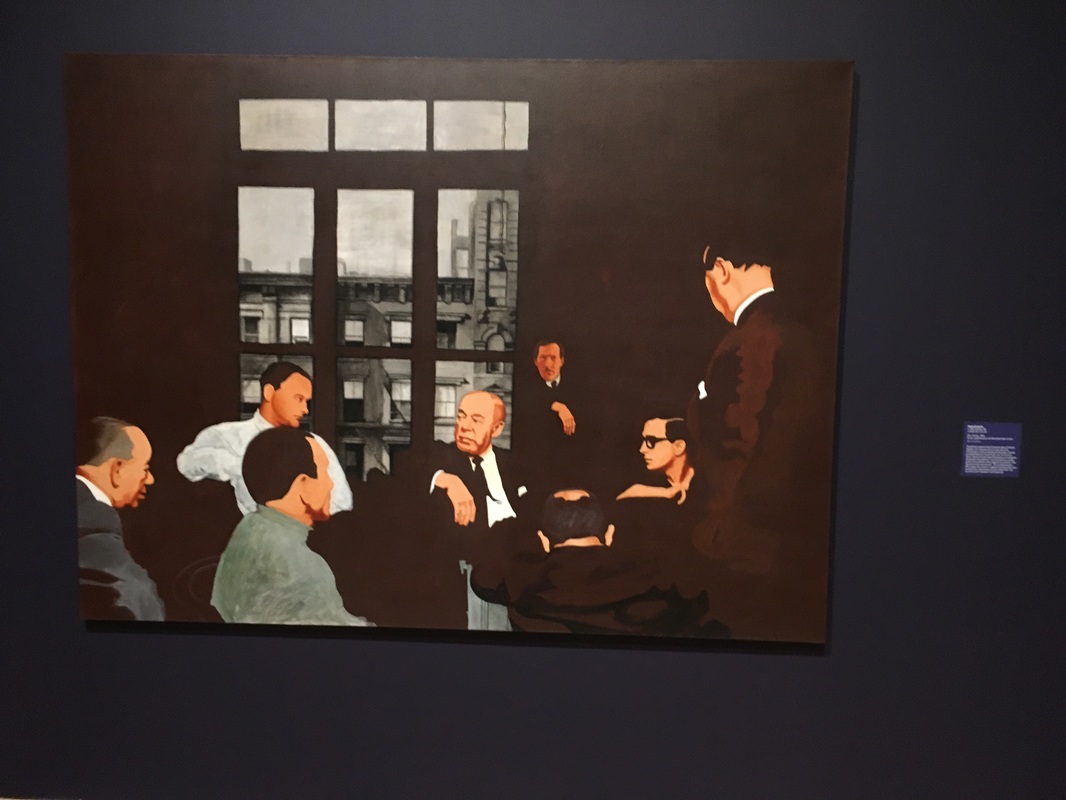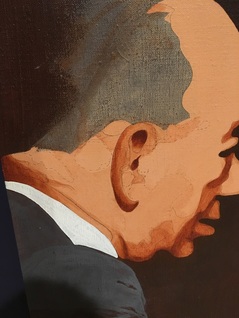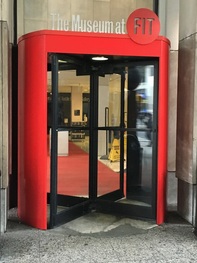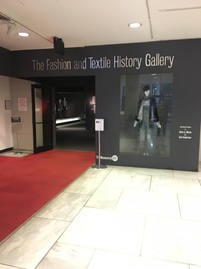The flags will fly around The Rockefeller Center’s famous ice rink and restaurant plaza, supplanting the flags of the members of the United Nations that usually fly there. The exhibit was scheduled to be on display from August 1-16, 2020, but due to popular demand, the public art installation has been extended through August 23, 2020.
Bruckner is a professional visual artist who creates Pop Art original acrylic paintings for the contemporary home and office as well as involved in a variety of public art projects throughout the greater Boston area and beyond. Bruckner painted piano for the Celebrity Series of Boston and the global art installation, “Play Me, I’m Yours” that was featured at Boston City Hall Plaza with Mayor Marty Walsh in 2016. The following year, Bruckner was commissioned by the City of Boston’s Public Art Commission to paint an electrical box near Fenway Park, also completed a second electrical box with a Boston Marathon Theme along the Marathon route in Natick, MA. “I’m excited about the actual process of creating Public Art. My artwork is about having fun, bringing a smile to people’s faces, and at the same time, providing a unique way of experiencing some of our most familiar objects, places, or people. I view my artwork as a visual representation of happiness, love, and the beautification of physical space and I love how Public Art achieves this goal and reaches so many people.”
The exhibition is free and open to the public through August 16, 2020; no tickets are required. Visitors to this temporary public art installation are encouraged to post photos and videos to social media using the hashtags: #TheFlagProjectRC and #RockefellerCenter.
Additional resources can be found at: https://www.rockefellercenter.com/flag-project/ https://www.eddiebruckner.com/rockefeller-center-flag-project.html https://www.instagram.com/eddiebrucknerfineart
0 Comments
In recent years as you've read in my previous blog posts, I visited museums like the Whitney, the Guggenheim, MOMA, the Brooklyn Museum, the New Museum, the Jewish Museum, just to name a few. I encourage you to look through the Categories Listing on the right side of this page and click on what interests you, whether it be museums, cities, or famous artists. The Met has been in the news this past week because it was announced that its admission policy is changing, requiring visitors to pay for admission (the Museum has been pay-as-you-wish for over 50 years). The new admission policy will go into effect on March 1, 2018. Residents of New York State, and students from New York, New Jersey, and Connecticut will remain pay-as-you-wish. Children under 12 will remain free. Be sure to check out their website for more information: www.metmuseum.org I'd recommend purchasing your ticket(s) online and arriving to the Museum when it first opens. You will wish you had more time for your visit if you don't! The line for admission seemed to span the entire length of the huge museum, but having purchased an advance ticket, I was able to walk in a separate door, check in, and head straight into the galleries. Admission will get you into the Met Fifth Avenue, the Met Cloisters, as well as the new Met Breuer. I didn't have the chance to visit the Met Cloisters and the Met Breuer. My visit to the Metropolitan Museum of New York on Fifth Avenue was amazing. First of all, it is massive. I forgot just how large the museum is that is located on the Upper East Side on Fifth Avenue between East 80th and East 84th Streets. This blog post covers my experience of the Metropolitan Museum of Art on Fifth Avenue, mainly what was on exhibit in their Modern & Contemporary Art galleries, 19th and Early 20th Century European Paintings and Sculpture, and some of their Asian Art collection. There were also two special exhibitions going on that I'll include: One on the hugely talented artist David Hockney. And the other on an artist that you may have heard of before, Michelangelo! At the end of this blog, I'll include a few other artistic surprises outside of the Met I encountered on my trip to NYC.
In Marc Chagall's painting shown below, "Le Pont de Passy et la Tour Eiffel," painted in 1911, we experience a fascinating view of Paris and the Eiffel Tower. The important thing about this painting is its composition. Chagall uses several converging diagonal lines: the bright red road, the orange cement wall, and the lines denoting the blue sky. If you think about the time period of the painting, it's interesting to note how it depicts some of the modern changes to the city of Paris, including the Eiffel Tower, the construction of the Pont de Passy Bridge and technologically modern train, electrical power-lines, and how it is juxtaposed alongside the element of the horses and wagon alluding to and earlier time in history.
With the onset of the Industrial Revolution, painters like Fernand Leger incorporated streamlined forms and contours of assembly-line production into their artwork. In the painting shown here, "Three Women by a Garden" painted by Fernand Leger in 1922, three generations of women are depicted. "Woman with a Cat" was painted in 1921.
Piet Mondrian is one of my favorite artists. Here is one of his iconic paintings called, "Composition" completed in 1921. It's an early example of the geometric style of painting that Mondrian called Neo-Plasticism, that emphasized planar relationships in painting, architecture, and design. Many people who look at my own personal artwork sometimes comment that they see hints of a Mondrian influence in my artwork. Here is Mondrian's painting at the Met, next to one of my paintings! Mondrian used black lines to divide the canvas into rectangles that are sometimes painted in shades of blue and red, creating lighter hues by mixing primary colors with white. Later on in his artistic process, Mondrian stopped creating these hues and used pure, primary colors. In comparing his painting with mine, we each use an entirely different process to create our black lines and blocks of color. If you notice, the black line at the bottom right of his painting doesn't quite reach the bottom. To me, it detracts from the overall design. Here are two other artists, whose works are hung alongside Mondrian's at the Metropolitan Museum of Art. I love Jackson Pollock's artwork! The painting below is called "Number 28" and was painted in 1950. His drip and pour paintings are widely recognized as his greatest achievement in art. He used simple sticks or paint stirrers and enamel house paint, sometimes poured right from the can, spilling lines directly onto raw canvas spread on the floor. What I love about his paintings are that the paint on the canvas we see is a record of the artist's creative process and his movement as he walked around all the sides of the canvas. One of the Special Exhibitions on display during my visit was "Michelangelo: Divine Draftsman and Designer." Michelangelo Buonarroti lived from 1475 to 1564 and is celebrated for his excellence of the power of drawing and invention that provided the foundation for all the arts. His drawing skills, design, sculpture, painting, and architecture all combined to give him the reputation of "The Divine One" by his contemporaries. The exhibition showed a range of over 200 works by the artist that was pulled together from 50 public and private collections across the United States and Europe. The exhibit opened in November and is on view through February 12, 2018. Below are just two of his incredible artworks I saw at the Met. #MetMichelangelo During my visit there was a magnificent exhibit of the British artist David Hockney that showcases 60 years of his art career. I highly recommend visiting this exhibit that is at the Met Fifth Avenue through February 25, 2018. David Hockney's painting address translating movement, space, and time into a two dimensional painting. Hockney is probably best known for depicting California swimming pools and backyards in the mid-1960s. Many of his paintings are quite large, perhaps over 6 or 7 feet square. I love how he uses Acrylic paint on canvas.
Alexander Calder created a series of moving sculptures called mobiles that he created in a diverse range of abstract configurations. Shown here, is a free-moving wind mobile that is carefully balanced on a movable pivot point. I learned that he was inspired by the work of Joan Miro, and the similar shapes and forms can be observed in Calder's mobiles. In the video below, you can see the kinetic nature of his mobile, "Mobile" created in 1941 from painted aluminum, steel, steel rod, and wire. Here are some of Claude Monet's masterpieces...
And lastly, I came across these wonderful sculptures created by artist, Jaume Plensa, that are permanently installed at the Grand Hyatt Hotel near Grand Central Terminal. I learned that these two huge sculptures are reminiscent of the Moai sculptures on Easter Island. Overall, my visit to the Metropolitan Museum of Art was simply amazing. I could have spent the entire day looking at all the art and taking photos of every piece of artwork, but I could only include these 6 dozen or so photos! I wish I had the time to visit Met Cloisters and Met Breuer as well. Well, reason for another visit! I hope you enjoyed this blog and I welcome your comments! Have a friend who would enjoy reading this blog? Then please share it with them via email or social media! You can click on the Facebook and Twitter buttons below! PS: If you liked this article, you might like these other articles on my artistic travels:
Kennebunkport, Maine Los Angeles, California New York City Street Art Napa Valley, California Park City, Utah Barcelona, Spain Caribbean Art
 If your favorite color is blue, like it is mine, then you'll enjoy the exhibit at the Brooklyn Museum called, "Infinite Blue." The exhibition's title hints at the connection between the color blue and the idea of spirituality as written by Russian artist Vasily Kandinsky, "On the Spiritual in Art." Blue is often associated with the heavens and the spiritual because blue is the color of the sky. The artwork featured in "Infinite Blue" feature every variety of the color blue from ancient times to the present. The exhibit includes a wide range of artwork from the museum's permanent collection of Asian, African, Egyptian, American, Native American, and European art: paintings, sculpture, prints, drawings, etc. My understanding is that this exhibit will expand to other areas of the first floor of the museum over time. My favorite blue is Cobalt Blue. On display were a variety of blue and white ceramics from the Middle East. The use of Cobalt in the Middle East likely inspired the Chinese to use the pigment. In the artwork below and the detailed close-up, artist Arlene Schechet has created handmade papers from abaca, a plant native to the Phillippines. The Flow Blue series, from which this work derives, is named after a British transfer pottery from the early 19th century. For more more information on the exhibit, use the hashtag #infinitebluebkm. The museum also had a number of wonderful pieces from Alex Katz, Georgia O'Keeffe, Diego Rivera, Claude Monet, Henri Matisse, Edgar Degas, and Auguste Rodin. Here are a few paintings on exhibit. Having walked from Manhattan to Brooklyn over the Brookyn Bridge earlier that day, I really appreciated Georgia O'Keefe's painting of the Brooklyn Bridge. I had always thought that most of her artwork was in the same genre of the Ram's Head painting below. Georgia O'Keefe's painting of the Brooklyn Bridge emphasizes the abstract elements of the composition. This painting was one of her last works of art painted in New York before relocating to New Mexico in 1949. Luce Center for American Art: Visible Storage Study Center: One of the many wonderful surprises at the Brooklyn Museum was discovering the Visible Storage Study Center. The beautiful display gives you an inside look at how museums work and provides you with a glimpse of the breadth and scope of the Brooklyn Museum's collections. The Visible Storage Study Center contains artwork organized and identified by the accession number assigned by the museum's registrar. Visitors can learn more information about the object by entering an item's identification number on a special web site at computers located throughout the space. I had the opportunity to see the Marilyn Minter "Pretty/Dirty" exhibit that was on display at the Brooklyn Museum from November 4, 2016 to April 2, 2017. The exhibit featured many over-sized paintings showing seductive and sexual visual statements. The artwork included paintings and videos mostly sexual in nature. The photographs, paints, and videos in one gallery focus on licking, dripping, and devouring mouths. I believe it is a commentary on American culture's inexhaustible appetite for glamour and stimulation. I've included a few photos from the exhibit below. The Dinner Party by Judy Chicago is the most significant icon of 1970s American feminist art. It took Judy Chicago 5 years to complete the project from 1974 to 1979 with the help of hundreds of collaborators. The Dinner Party represents 1,038 important mythical and historical women, most of whom had been neglected by history. The Dinner Party consists of a series of Entry Banners, Heritage Panels, a Heritage Floor, and a huge ceremonial triangular banquet table measuring 48 feet on each side with a total of 39 place settings. The Dinner Party is housed a the Brooklyn Museum as the central installation of the Elizabeth A. Sackler Center for Feminist Art. The Table is in the shape of an open equilateral triangle, a symbol of equality. Each place setting represents a woman of great historical significance, either real of mythical. The Heritage Floor beneath the table is comprised of 2,300 porcelain tiles. The Brooklyn Museum was a fascinating experience. Check out the Museum in you are in the vicinity. You won't be disappointed!
Just recently, on February 14th, I came across an editorial article on Artsy.net by Isaac Kaplan entitled, "Do Francis Picabia's Anti-Semitic Remarks Tarnish his MoMA Retrospective?" After reading the article I learned about Picabia's anti-Jewish feelings (and womanizing behaviors). MoMA's exhibit apparently does address this part of Picabia's character; however, I must have missed this as I walked through the gallery. To answer Kaplan's question personally. I think it does, in fact, tarnish his reputation. I really enjoyed his artwork during my visit to the MoMA. But after learning more about the artist, I can't say that I can admire him. Famous artists are people that I want to look up to and admire. They are people that I want the next generation of artists to look up to. And so, while I can appreciate his artwork at face value and his artistic technique, learning about his anti-Semitic behavior does take him down several notches in my book. Similarly, just like we want our kids to admire our professional sports players, it's hard to have our kids look up to them if they do drugs, treat women badly, are anti-gay, or are anti-Jewish, or discriminate in any way. So, I'm kind of let down after my great experience viewing his work in the gallery. But for this blog article, I will continue to proceed sharing my thoughts on the exhibit as if I hadn't learned of his anti-Semitic feelings and behavior. Here is the link to the article for your information: https://www.artsy.net/article/artsy-editorial-francis-picabias-anti-semitic-remarks-tarnish-moma-retrospective As I walked though the gallery rooms, the one thing that struck me the most was how his artistic style changed throughout his lifetime. Picabia was an artist of many genres, and his body of work lacks consistency and categorization. He shifted styles over time. The exhibit highlights his impressionist landscapes, abstract works, paintings, photo-based nudes, etc. Here are some photos from the exhibit. These two Picabia paintings shown below reminded me of one of my own paintings that I painted earlier this past year, "Woof Woof! Gotta Get My Bone." All three works utilize black lines in a similar fashion. I should note that my painting was created without ever seeing Picabia's work; I am just noting the coincidence in how we both used these lines in the same fashion. "Revolutionary Impulse: the Rise of the Russian Avant-Garde" was another wonderful temporary exhibit at the Museum of Modern Art that runs through March 12, 2017. The fact that all the artwork on display comes directly from MOMA's permanent collection, demonstrates how wonderful MOMA is and how impressive their permanent collection is. Of all the artwork on view, there were two artists whose work caught my eye. The two photos below are from the Russian artist Alexandra Exter. The oil on canvas painting on the left, called "Theatrical Composition" was very intriguing to me. I loved the colors, shapes, and overall composition of the painting. The other smaller works, pictured to the right are six designs from various stage sets like The Merchant of Venice, Othello, and others.
To photograph all the well-know paintings from all the famous artists would be a huge undertaking. So I'm including a small selection of some of my favorite pieces along with some detailed close-up photos from the following artists: Georges Seurat, Vincent van Gogh, Pablo Picasso, Jasper Johns, Henri Matisse, Fernand Leger, Jim Dine, Andy Warhol, Edward Ruscha, Josef Albers, James Rosenquist, Robert Rauschenberg, and Sol LeWitt. I have the close-up photos to show the brushstrokes, the detailed use of color, and a glimpse into what the artist was focused on while painting their masterpiece. Pablo Picasso's Guitar Sculpture (3 views), and below, "Vase of Flowers" & "Les Demoiselles d'Avignon I highly recommend visiting the Museum of Modern Art in New York City. More information about the museum can be found on their website: www.moma.org. PS: If you liked this article, you might like these other articles on my artistic travels:
Kennebunkport, Maine Los Angeles, California New York City Street Art Napa Valley, California Park City, Utah Barcelona, Spain Caribbean Art
Part of the Museum's focus is dedicated to the subject of the Jewish Journey, Jewish culture, and Jewish continuity. The main exhibition is about the Jewish experience as it has evolved from ancient times to the present day. The exhibit highlights the question of how Judaism has been able to thrive for thousands of years across the globe, even in challenging times, through Jewish texts and objects. Jewish texts have been the central factor in the survival and evolution of Jewish continuity. The objects on exhibit such as Torah scrolls, other religious scrolls, and Jewish ritual objects, all reflect the different ways Jews have expressed their sense of what it means to be Jewish throughout history, in various countries, cultures, and religious contexts. The Culture and Continuity exhibit is located on two floors of the museum. There is so much to say about the exhibit, but most of what I will blog about will focus on the visual arts. After the destruction of the Second Temple, and beginning in the 3rd Century CE, synagogues were often decorated with beautiful mosaic floors and wall frescoes. Jewish symbols included biblical figures, Hebrew writing, the menorah, and the shofar. Below are some photos of one of these mosaic floors, including a detailed/close-up photo. These mosaics reminded me of my signature style of my personal artwork, creating the illusion of mosaic tile using acrylic paint for my paintings. I was particularly interested in the paintings at the museum, many of which I will highlight in this blog article. Max Weber, who lived from 1881 to 1961, is perhaps one of the most notable artists who portrayed Jewish life in his artwork. Max Weber was born in Russia and emigrated to the the US. Below on the left is a photo of Weber's famous oil on canvas painting, "The Talmudists," painted in New York in 1934. In his early years, he was a great admirer of the artist, Paul Cezanne, and studied art in Paris from 1905-1908. Cezanne's influence can be seen in his earlier works, including the painting, "Still Life with Challah" exhibited at the Jewish Museum. Most of his early works were still lifes and focused on Jewish ritual objects for Shabbat. By 1919, Weber abandoned formal experimentation and turned to Jewish subjects in pursuit of the spiritual.  Marc Chagall was another famous Jewish artist who had work displayed at the Jewish Museum. Chagall had a lifelong fascination with the Bible and much of his artwork expresses his passion for using his artistic expression to convey the imagery of the Bible. A lithograph on paper, "Moses Displays the Ten Commandments" from "The Story of the Exodus", 1966, is shown to the right. Shown below, this 1986 large acrylic on canvas painting by David Reeb, an Israeli artist, titled "Map of Israel" is one of a series of paintings that incorporated the pre-1967 Israeli border, known as the "Green Line." Reeb was one of the most outspoken Israeli artists of his generation and was preoccupied with the political implications of the map of Israel. The ongoing conflict between Israel and her neighbors and the conflict around national borders is the major theme in his series of paintings. In this painting, Reeb portrays the outline of the realistic map as the main motif on an abstract patterned surface. In the photos below, I've included 3 photos showing some of the incredible detail of this fascinating painting.
Another fascinating exhibit called "You Don't Have to Be Jewish" featured a compilation of television commercials and clips from the museum's National Jewish Archive of Broadcasting, paired with print advertising campaigns, works of art, and more. The exhibit explores material produced for Jewish audiences or with Jewish content and the way religion, ethnicity, and identity play out on American television. The exhibition closed in early February. Also on exhibit from November 4, 2016 to March 26, 2017 was "Pierre Chareau: Modern Architecture and Design." Pierre Chareau was a celebrated French furniture designer, architect, and art collector. The exhibit showcases rare furniture, lighting fixtures, and interiors, and even featured virtual reality glasses to immerse the viewer in the architectural renderings.
One of the most fascinating exhibits that I've seen this past year was "Take Me (I'm Yours)." The exhibit is based on a 1995 exhibit at the Serpentine Gallery in London, curated by Hans Ulrich Obrist and the artist Christian Boltanski. In a conventional museum experience, it is the visitor that consumes art by looking at the paintings, sculptures, or photographs on exhibit. Typically, one is not allowed to touch the art, and certainly not allowed to take them home! Take Me (I'm Yours) defies this well-established standard by featuring works by more than 40 artists from different generations and from all over the globe: The goal of the exhibit is to encourage you to not only touch the artwork, but also to take them away with you and keep them for yourself. Some of the things I walked away with were a can of lemon-flavored sparking water, photographs of glamorous women from the 1950s, stencils, temporary tattoos, pins, hard candies, pill capsules, fabric patches, and more! The exhibition ended in February. I've posted a few photos below. Photos of visitor experiences can be found online using the hashtag: #TakeMeImYoursNYC. 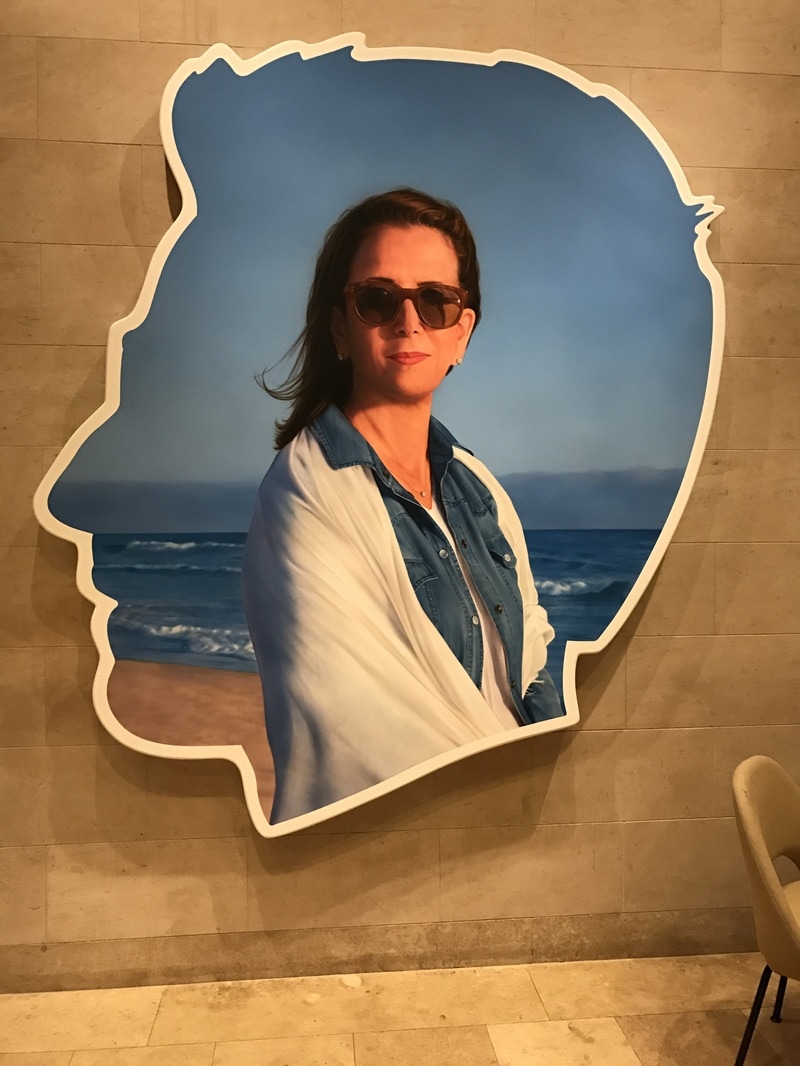 I love this work of art by Alex Israel, "Self-Portrait (Mom)", 2016. On view November 4, 2016 - April 23, 2017. I love this work of art by Alex Israel, "Self-Portrait (Mom)", 2016. On view November 4, 2016 - April 23, 2017. During my visit, I saw a drop-in art workshop underway, where families were creating works of art together inspired by exhibitions currently on view at the Museum. On Sundays, families can participate in studio art sessions, experience a simulated archaeological dig, or experience the museum's exhibitions with a printed Kids Gallery Guide. The Museum hosts family concerts, workshops and vacation week programming, and workshops for kids with disabilities. For more information, visit: TheJewishMuseum.org/Families.
For more information about this tour, please visit: http://www.freetoursbyfoot.com/new-york-tours/walking-tours/manhattan-street-art-tour/ The area of SoHo in Lower Manhattan was started as a result of imminent domain. Artists squatted in the old, run-down buildings in SoHo. It was the artists who made SoHo great. After the artists came, DJs arrived, parties took place, and the changing culture in the 1980s and the burgeoning fashion scene helped shape SoHo into what it is today. Graffiti is about messages. A lot of street art I saw used cognitive dissonance to make a statement. Cognitive dissonance is when the artist challenges you to think about something. The artist makes you wonder what their message is all about. The artist, Kai, uses this technique in “Save Urself”. Whereas, on the other end of the spectrum, the art used in advertising and marketing ads, the message needs to be crystal clear. I learned about the term “Artivism,” meaning Art-Activism. Using a social, environmental, or political message in street art. Kai uses Artivism. One of his works is near 52 Spring St. called “Save Urself.” I learned that this is a mold that is made and is just slapped on with adhesive on a brick wall. Check out his website: http://kaiart.com/. Here are some other images of Kai's other artwork that I came across on the tour and later throughout the day! If you look at each piece closely, and give it some thought, you will discover his very clear message about society in general. Some of the art was political in nature, like this one. But there is street art that is done with the building-owner’s permission. Another unique part of street art is the language used. People would describe how their fellow street artist friends create their art fast, incognito, and without being discovered. They’d say “You Bomb it.”, “You'd hit it.”, or “You'd strike it.” A lot of the street art was created somewhere else and then put up in a matter of seconds with adhesive, or wheat paste. Artists would also have “Style Wars”; Who can do this the biggest, the best, etc. Some artists get permission to post their art, while others do not. I learned that the artist who created "Man on Floor" was arrested for creating this. Many artists are looking to have freedom of expression.
Shepard Fairey’s large OBEY mural below. Fairey is also known to have done the famous Obama Hope election poster of President Barack Obama. To learn more about Shepard Fairey, check out his website: https://obeygiant.com/. What’s known as the “Keith Haring Wall”, was later turned into the Houston Bowery Foundation in the 1990s, with developer Tony Goldman involved in developing SoHo. Keith Haring made the wall infamous by painting an original mural as a gift to the community in the late 1970's. With ownership of the wall, the Goldman family felt a sense of responsibility to bring art and beauty to the public on a grand scale. On a rolling basis, the wall continues to feature the work of established and emerging street artists. The mural located in that spot during my visit was from the artist, Logan Hicks. It was a huge mural created using stencils, with 6 layers of cutouts. I learned it took 2 weeks to do the painting onsite with about 600 hours of preparation. Check out his website: http://workhorsevisuals.com/new “Audrey on Mulberry” (Audrew Hepburn) by Tristan Eaton was commissioned by an organization called the LISA Project [see below for more info on the Lisa Project]. Check out Triston Eaton's website: http://tristaneaton.com/ The Vandal was painted by the artist, Nick Walker. http://www.theartofnickwalker.com/ This mural is part of his number series. The British artist, Nick Walker, was one of the first of the British graffiti artists. He’s a stencil artist who uses the free-ness of graffiti coupled with beautiful and intricate stenciling. Here is a photo of the mural as well as a photo showing the detail.
Many artists look to create art at a location what they legally have permission to paint. Little Italy has a nonprofit Street Art Association called The LISA Project. The LISA project is a 501(c)3 non-profit organization that brings together a diverse group of street artists to Little Italy creating Manhattan's first and only mural district. For more information as well as links to many of NYC Street Artists, please visit: http://www.lisaprojectnyc.org/. Centre-fuge transforms construction-sites, transitional spaces, and structures in under-appreciated neighborhoods into outdoor gallery spaces in New York City and also in Miami. First Street Green Art Park: Since 2008, First Street Green has converted a derelict building lot at 33 E. 1st Street in Manhattan into an open art space. To learn more, I highly encourage you to take the Free Manhattan Street Art Walking Tour By Foot. It was a fantastic way to spend 2 hours in New York City. As I walked the streets later that day, at nearly every corner and also in-between, I found new artwork, and began to see more street art of some of my favorite street artists.
As an artist myself, it's fascinating to experience this type of art and understand its context in the New York Art Scene and on the World Art Scene. Many of these artists have made a name for themselves, been invited to participate in Museum shows, secured gallery representation, and/or have become successful in the art world. The Piano I created this past summer gave me a sense of putting art out in the public realm for all to see and experience. Walking through this area reinvigorated me and I hope to find public art projects to be involved with in the future. In addition to the tour, you can learn more about NYC Street Art at the website: Streetsmartguide.org or http://www.3rdculturecreative.com/. The 3rd Culture Creative also has a great list of bios on many of the street artists: http://www.3rdculturecreative.com/art-street-artists-bios.html.
The main exhibit during my visit was entitled "Pixel Forest," which is the first New York survey of the Swiss artist, Pipilotti Rist. The exhibit opened in October 2016 and is only on view through January 15, 2017. Pipilotti Rist is a pioneer of video art installations that blend visual displays with sound and immerse the viewer in a completely new environment from the moment the museum's elevator doors open! The exhibit takes up almost the entire museum's exhibition space on the 2nd, 3rd, and 4th Floors of the museum and includes work from the artist’s entire career. I really enjoyed walking though "Administrating Eternity" which featured video projections on numbers sheets of transparent fabric suspended from the ceiling. Walking through the exhibit, you feel immersed and even part of the experience. You see other people, their shadows, seeing parts of the video and missing segments of others, fabric moving with the breeze as you walk by, etc. One of her pieces included a chandelier made from undergarments. Another unique and very cool installation was "Pixelwald" and comprises 3,000 LED lights that are suspended from the ceiling and change colors over time. I loved the whole experience walking through, hearing the sounds the artist chose, looking at the uniquely-designed shapes of the lights. Every one was different and beautiful. For all of Pipilotti Rist’s pieces, the sounds of heartbeats, forest sounds, and oceansounds almost put you in a trance. If you visit the exhibit, take some time to sit, and experience some of the videos, which are quite fascinating and visually esoteric. Some of the footage was even filmed underwater. I've included some photos of the exhibit below. I should also mention Chris Burden's "Ghost Ship" that was part of his exhibit at the Museum in 2013. The ship was conceived to sail autonomously and unmanned off the coast of Scotland. In 2005, the "Ghost Ship" did, in fact, sail 400 miles! It remains on the facade of the museum's exterior as a tribute to his legacy. You can see a photo of the ship in the photo at the start of the blog article. It's quite something to see and represents some of his work other than the permanent installation at Brandeis University in front of the Rose Art Museum and at LACMA. For more information about the New Museum, check out their website: www.newmuseum.org. PS: If you liked this article, you might like these other articles on my artistic travels:
Kennebunkport, Maine Los Angeles, California New York City New York City Street Art Napa Valley, California Park City, Utah Barcelona, Spain Caribbean Art I recently returned from a quick 2-day trip to New York City. The first day was primarily focused on a new movie I am working on (currently looking for investors for the film) called “Dan & Carla.” We had a spectacular table reading of the script with the actors along with a number of friends and interested parties of the film. After the reading, I had the pleasure of meeting and speaking with Jack Pierson, a longtime family friend of the film’s director. Jack Pierson is an incredible artist who works with a variety of different mediums, including sculpture, photography, video, and is best known for his word signage installations. His artwork is in the permanent collections of the Whitney Museum of American Art, the Metropolitan Museum of Art, the Guggenheim Museum, just to name a few. (See below for more about his two incredible pieces that were on view at the Whitney Museum.) Here’s some information about the film for those interested: It is a modern-day romantic comedy about two young NYC lovebirds who try to salvage their troubled relationship: Dan & Carla, two lovers from opposite sides of the subway tracks, are forced to confront the issues of romance, commitment, betrayal and sexual (dis)orientation.” For more information: www.Facebook.com/danandcarlathemovie http://www.imdb.com/title/tt4324704/?ref_=fn_al_tt_1 There is SO MUCH ART in New York City! There were three pieces of public art that I had the pleasure of seeing on this trip. Here is a photo of Robert Indiana’s HOPE Sculpture located on the corner of 7th Avenue and 53rd Street. A couple months ago, I wrote in my blog about Robert Indian’s LOVE Sculpture in Scottsdale, Arizona. This HOPE Sculpture is also only a few short blocks away from the LOVE Sculpture in New York City 55th and Avenue of the Americas/6th Ave. I’ve learned that each year on the artist’s birthday, September 13, Robert Indiana HOPE sculptures will be installed and displayed in locations throughout the world. The HOPE sculptures celebrate the message of hope and fulfill the artist’s vision of a more promising future for us all. Another public sculpture, located just outside of Penn Station and Madison Square Garden (7th Avenue and 33rd St.) is Roy Lichtenstein’s “Brushstroke Group.” And the last public art sculpture that I got to see was Elmgreen & Dragset’s “Van Gogh’s Ear” located in Rockefeller Center. It’s basically a huge swimming pool stood upright. I really liked how misplaced it looked, especially in such a dense area, with a huge amount of foot-traffic, in contrast to a large swimming pool, typically seen in a less congested area. This is a temporary installation, so be sure to see it before June 3rd! I started the second day of my trip at the Whitney Museum of American Art. The new Whitney’s architecture is spectacular inside and out. And the artwork within the walls of the Whitney is very special. On the Sixth and Seventh Floors of the museum, I experienced the exhibit, "Human Interest: Portraits from the Whitney's Collection." It made me rethink my own internal definition of the word "Portrait." The exhibit demonstrated the way portraiture has changed from the early 1900s to present day. When you think about it, the whole concept of portraiture has changed over time. The painting of portraits was once reserved for the elite, and those who could afford such a luxury, yet with the rise of photography, everything has changed. With the iPhone and other smartphones and with the influence of social media, the "selfie" is almost a new form of portraiture. Whatever the form, portraits get to the very essence of who we are as people and our place in the world.
Chuck Close, is very well known for his huge, floor to ceiling, portraits best viewed first from afar, and then up close (excuse the pun). This is his work titled "Lyle" and I've included a few views for you to see the genius behind his artwork. And Jack Pierson, who I had the pleasure of meeting the night before, had two of his many works that are part of the Whitney's permanent collection, on display. One a self-portrait, "Self Portrait #4", 2003, and the other called, "Jerry in the Dressing Room", 1993. I also saw some impressive works of art from some artists that I haven't been exposed to before. The painting shown here is one from the artist, Howard Kanovitz, called "New Yorkers 1". It's a very large painting and I found it to be very striking. I especially liked seeing the use of pencil within the painting as shown in this close-up photo. There is a beautiful outdoor space with stairs leading to other levels and views of the surrounding cityscape and the new, NYC treasure, the High Line. If you plan to visit the Whitney Museum, you could also walk on the High Line either before or after what is sure to be an incredible art experience at the Whitney! After the Whitney, I visited the Chelsea Market where I stumbled across a wonderful ID Pop Shop that featured apparel, accessories, Jewelry, and art. www.Idpopshop.com I then proceeded on my quest to visit some of the Chelsea galleries that feature modern and contemporary art. Some galleries were focused on established artists and artists who are well-known to the general populace and others showcased emerging artists. I walked my feet off and ended up visiting about two dozen difference art galleries in Chelsea. I'll share some of my favorites here: One of the galleries that I really enjoyed visiting in Chelsea was Jim Kempner Fine Art. http://jimkempnerfineart.com/ It was at this gallery that I was introduced to an artist named Greg Parker. His artwork features a unique process that results in an unbelievably cool work of art. He starts with a wood panel that is covered with up to 20 layers of polished gesso, thin layers of powdered pigment and graphite that is applied in progressive steps within mathematical systems. Kind of looks like metal or wood but the end result is a subdued reflective surface that is solid at nature. At the Bryce Wolkowitz gallery, http://brycewolkowitz.com located at 505 W. 24th St., I saw a truly unique exhibit of multimedia sculptures and video installations from the artist, Yorgo Alexopoulos, I have learned that he films the 4K video, makes use of a translucent LCD video screens, robots, 3-D printers, motorized dollies, and multiple cameras simultaneously shooting time lapse photography. The piece that I found most compelling was one titled "First Time On The Moon,” which is comprised of the digital animation on a high definition translucent LCD display, aluminum and patina steel, glass, and custom electronics. The subject matter is the moon with the earth hovering in the distance in space. The Berry Campbell Gallery www.berrycampbell.com presented the work of the artist Stanley Boxer, a Massachusetts born artist known for his thickly painted abstract works of art. I visited the new Lisson Gallery at 504 W. 24th St. lissongallery.com It was a brand-new exhibit that opened just this past week, featuring the artwork of Carmen Herrera. I learned that she has been painting for almost 80 years in her Manhattan studio. She's perhaps the oldest living artist I've seen on my venture; she will celebrate her 101st birthday later this month and will be honored with a survey exhibition at the Whitney Museum of American Art in September 2016. The exhibit at the Lisson Gallery represents a new body of work produced in the last two years. The paintings exhibited were primarily acrylic on large-scale canvases. They almost had an Ellsworth Kelly kind of feel to them, in terms of the colors used in a very minimalist way. At 138 10th Ave., I visited Lori Bookstein Fine Art. www.loribooksteinfineart.com There were a few artists represented in this gallery exhibit, but one stuck out to me, an artist named Diana Horowitz. The exhibition featured a series of small paintings depicting the landscape of and around Lake Como, Italy. She painted on en plain air and each of the small 5" x 7" or smaller canvases had subdued tones and colors capturing the light across the landscapes. One of the most unusual, yet fascinating exhibits that I saw was at the Lions Wier Gallery at 542 W. 24th St. www.lyonswiergallery.com The gallery featured the pop artist, Jae Yong Kim in the exhibit titled "Pop Goes The Donut". The walls of the gallery were lined with ceramic, glazed donuts, many featuring Swarovski crystals, gold, and other mixed media. At the Cheim & Read Gallery, a brand new exhibit features the work of Spanish artist, Juan Uslé. Jack Pierson has shown his work at this gallery in the past. Many of the works were in excess of 9 feet in height. I learned that the short, broad brushstrokes comprising the bands in his paintings are based on the artist's pulse, similar to a cardiogram. www.cheimread.com The Agora Gallery at 530 W. 25th St. focuses on emerging artists, and I recommend checking this gallery out for emerging talent! www.Agora-Gallery.com The Rush Arts Gallery (Rush Philanthropic Foundation www.rushphilanthropic.org) at 520 W. 26th St. featured an exhibit called “Medium: Black.” The Rush Philanthropic Foundation is a non-profit founded in 1995 by media mogul Russell Simmons and his brothers and is committed to bettering the lives of under-served city youth through exposure to the arts and to provide professional support for emerging artists and curators. The group show featured artists that all use the color black. One of the pieces of artwork that I found most fascinating in this gallery was the work of Charlotte Becket who used a motor within the artwork, giving the artwork almost an organic or living feeling to it. The Tagliatella Galleries featured some originals and prints from some of the more well-known contemporary artists like Alex Katz, Andy Warhol, Roy Lichtenstein, Mr. Brainwash, Bansky, Kaws, Damian Hirst, Keith Haring, Jeff Koons, etc. http://www.taglialatellagalleries.com/ Another well-known and established gallery, The Pace Gallery, featured David Hockney prints entitled, “The Yosemite Suite”. http://www.pacegallery.com/ The Robert Miller Gallery on 26th St featured the work of Lee Krasner. http://www.robertmillergallery.com/ And the Mitchell-Innes and Nash Gallery featured the incredible work of Tom Wesselmann. http://www.miandn.com/ Before heading back to Boston, my final stop was the Fashion Institute of Technology where I was able to see a wonderful exhibit on the history of denim. When you think about fashion, denim is one of the many materials out there that really stands out and has lasted for hundreds of years. Denim may even be the most popular fabric in the world today. The exhibit entitled: “Denim: Fashion’s Frontier” showed the evolution of denim. The exhibit takes you from the very earliest use of denim all the way to present day, highlighting the milestones denim has had impacting the fashion world. In its last days, this exhibit will be followed by an exhibit on May 20th, entitled “Uniformity,” which will explore the history behind a variety of uniforms (military, work, school, and sports), considering both their social role and their influence on high fashion. The Museum at FIT is located at 7th Avenue at 27th St. http://www.fitnyc.edu/museum/ I hope you enjoyed reading this blog and my reflections on the art I've seen. Please check out the websites of these galleries for more information and for current exhibition dates! PS: If you liked this article, you might like these other articles on my artistic travels:
Kennebunkport, Maine Los Angeles, California New York City New York City Street Art Napa Valley, California Park City, Utah Barcelona, Spain Caribbean Art |
The Art ConnectionWelcome to Eddie Bruckner's Art Blog! Archives
April 2022
Categories
All
|

